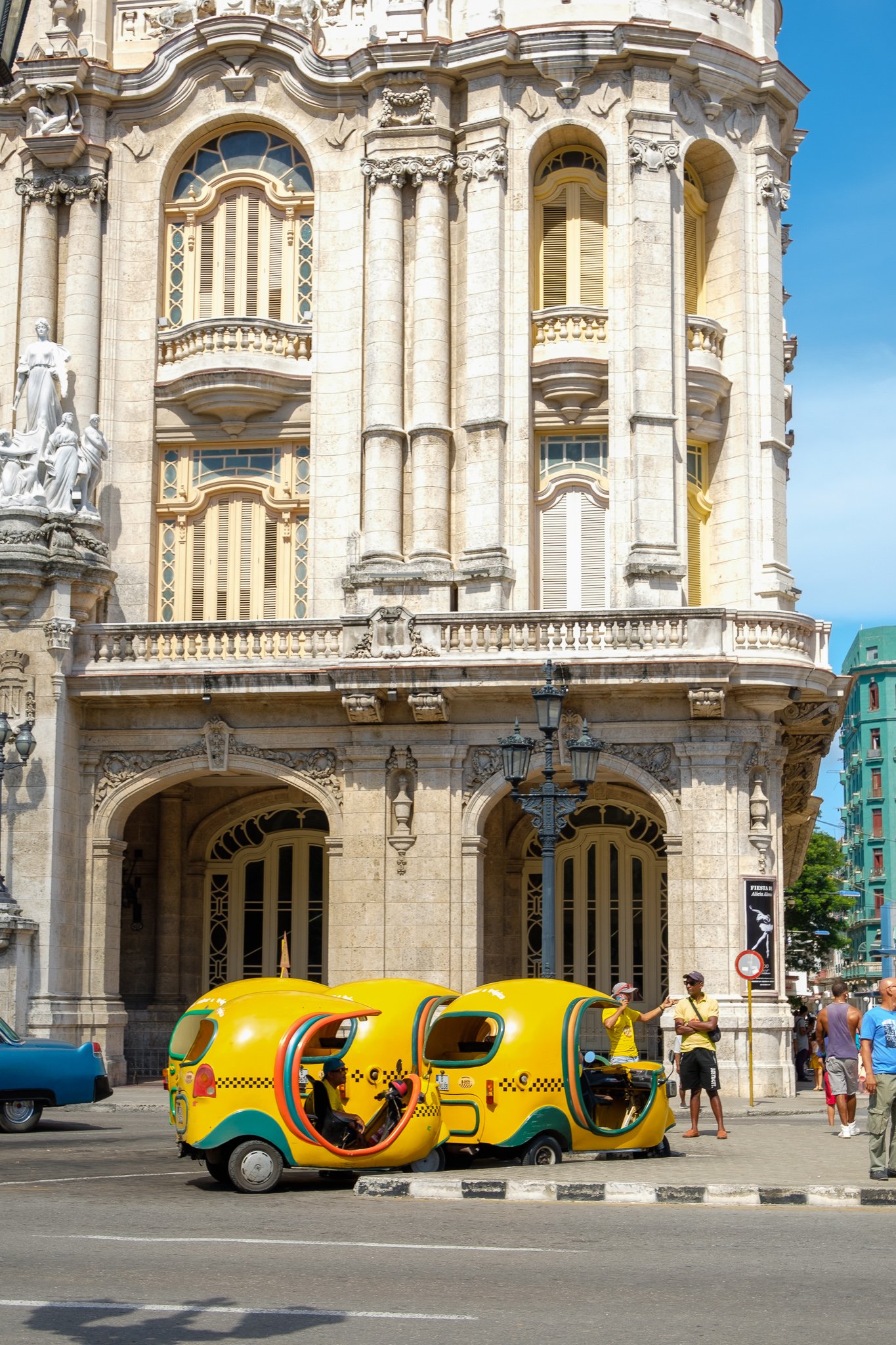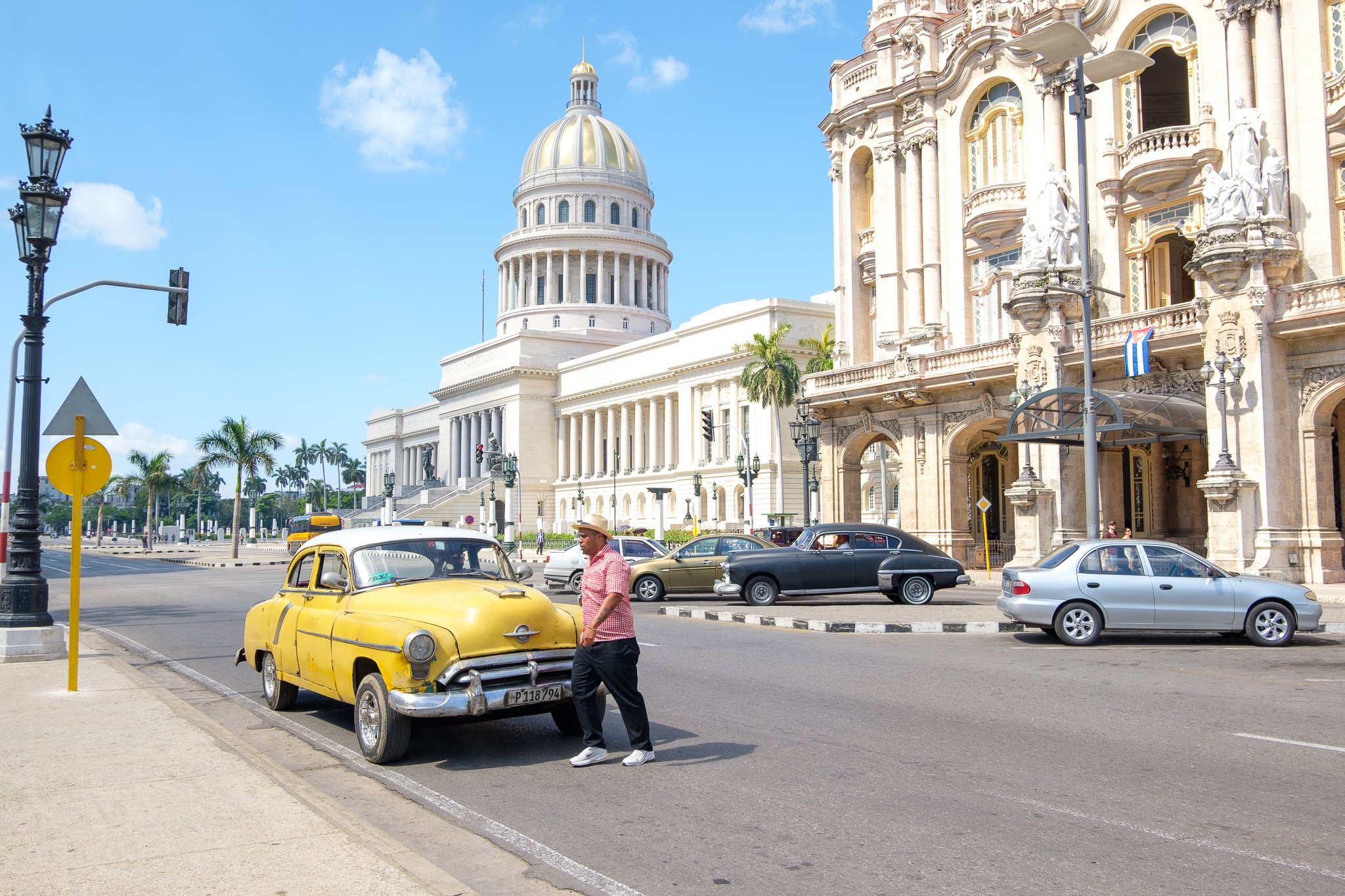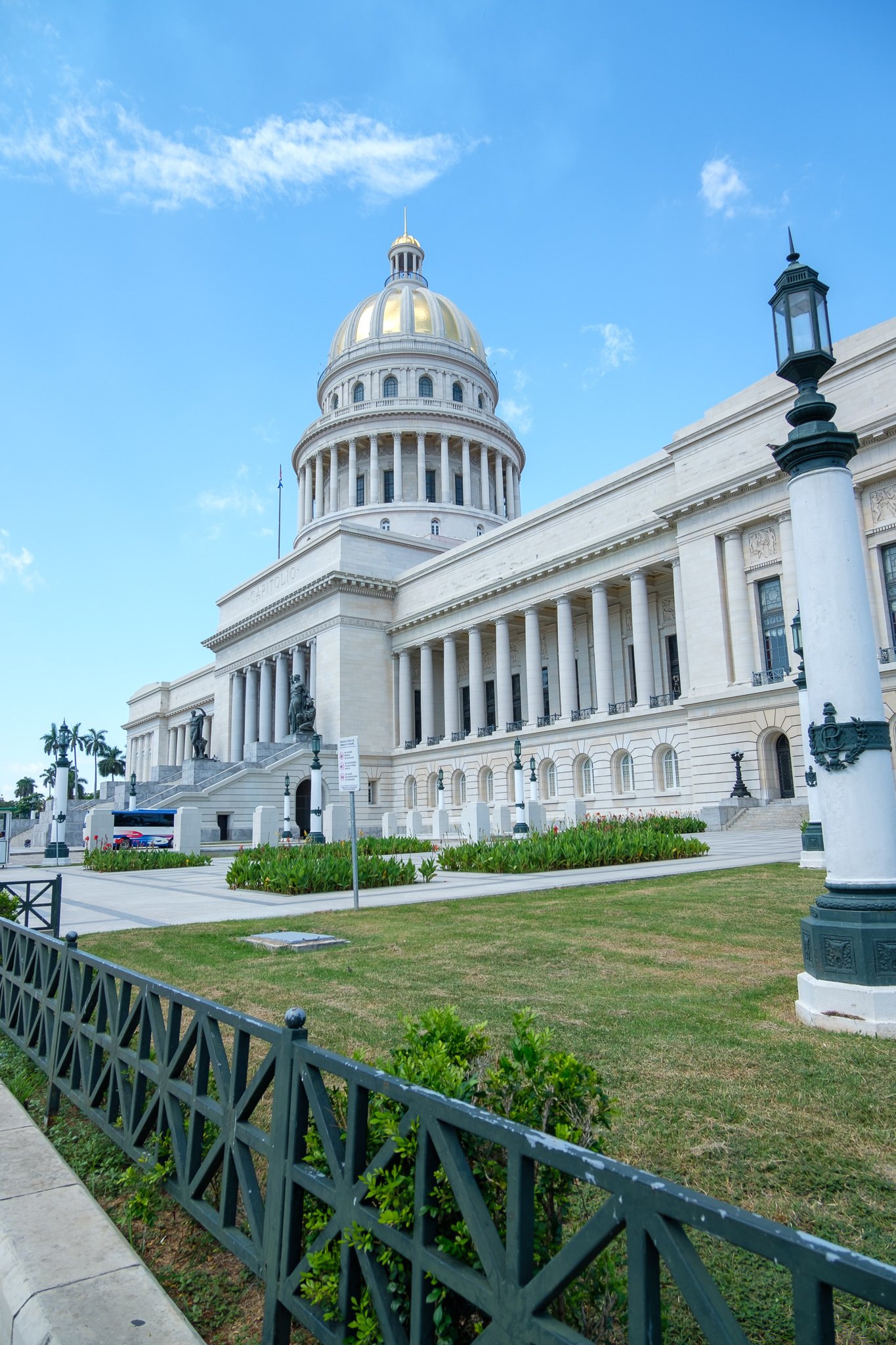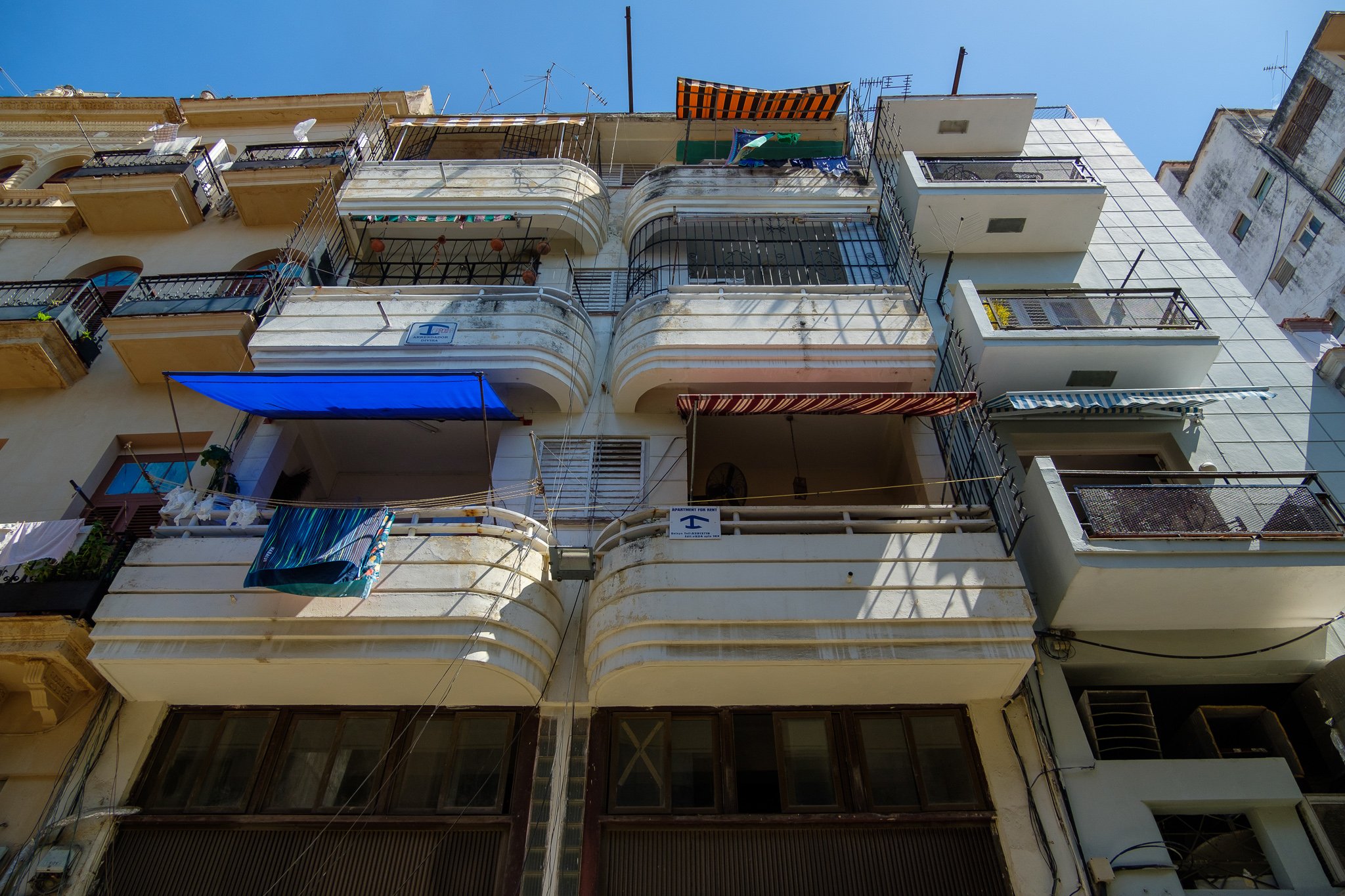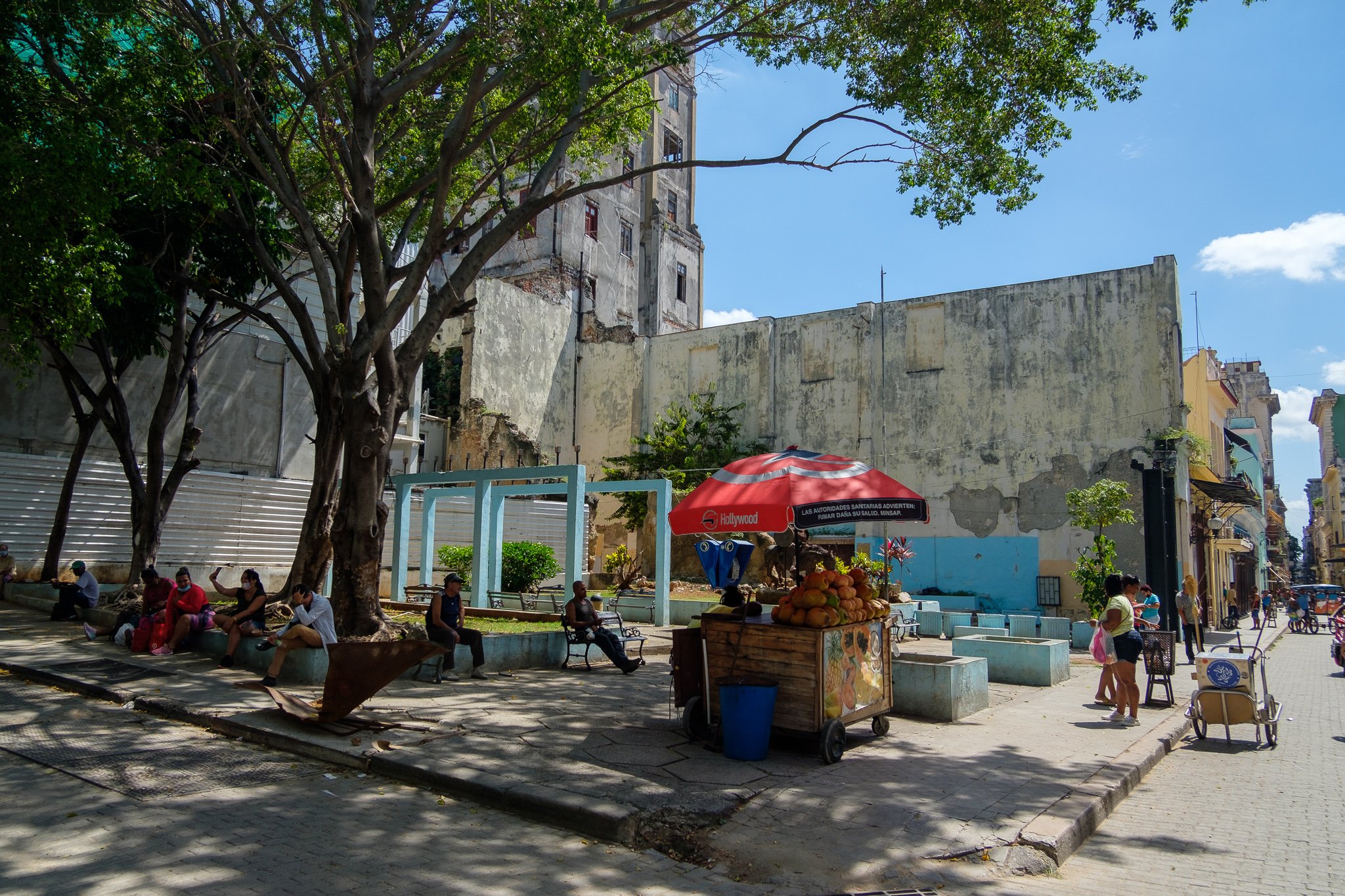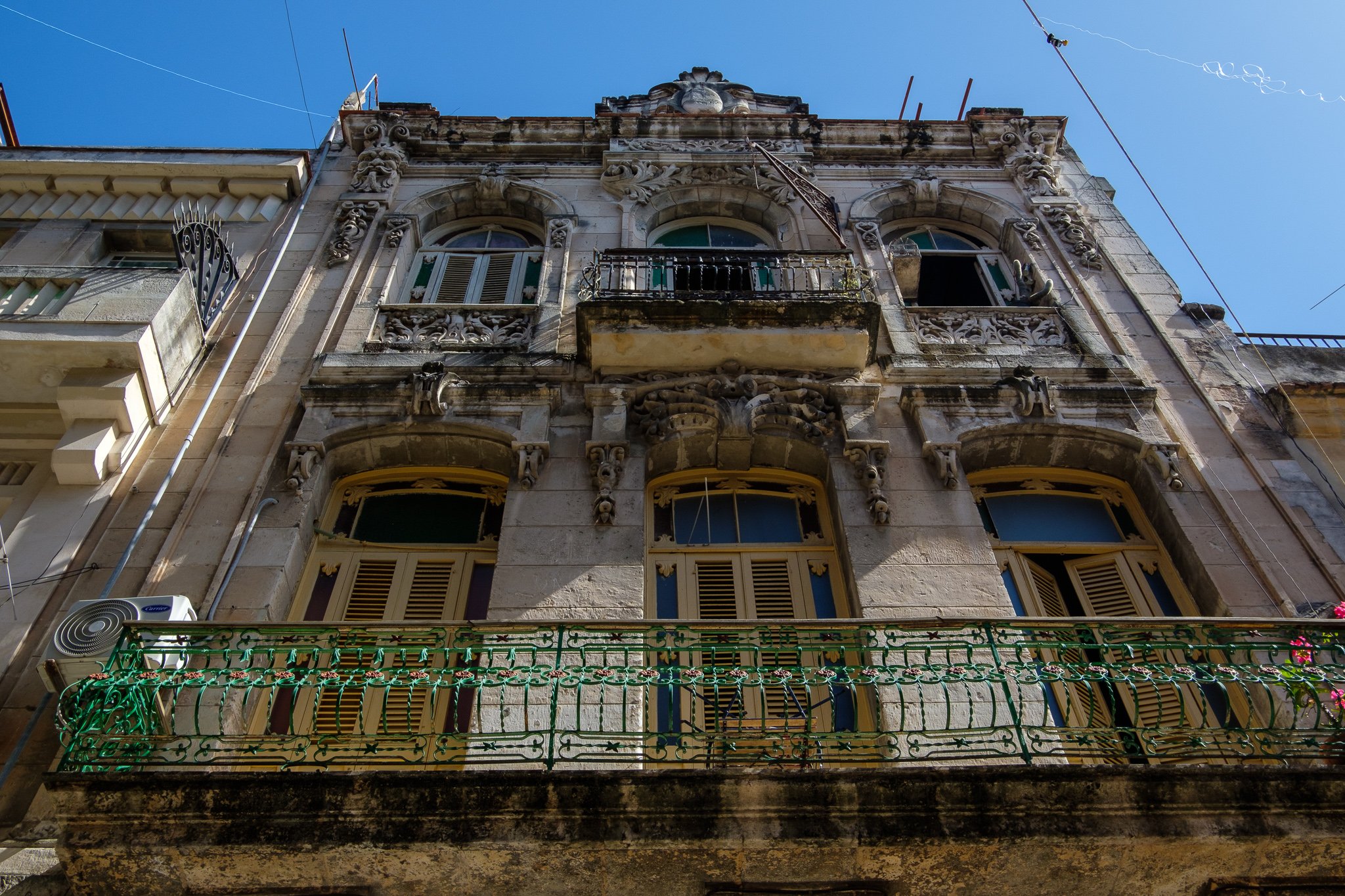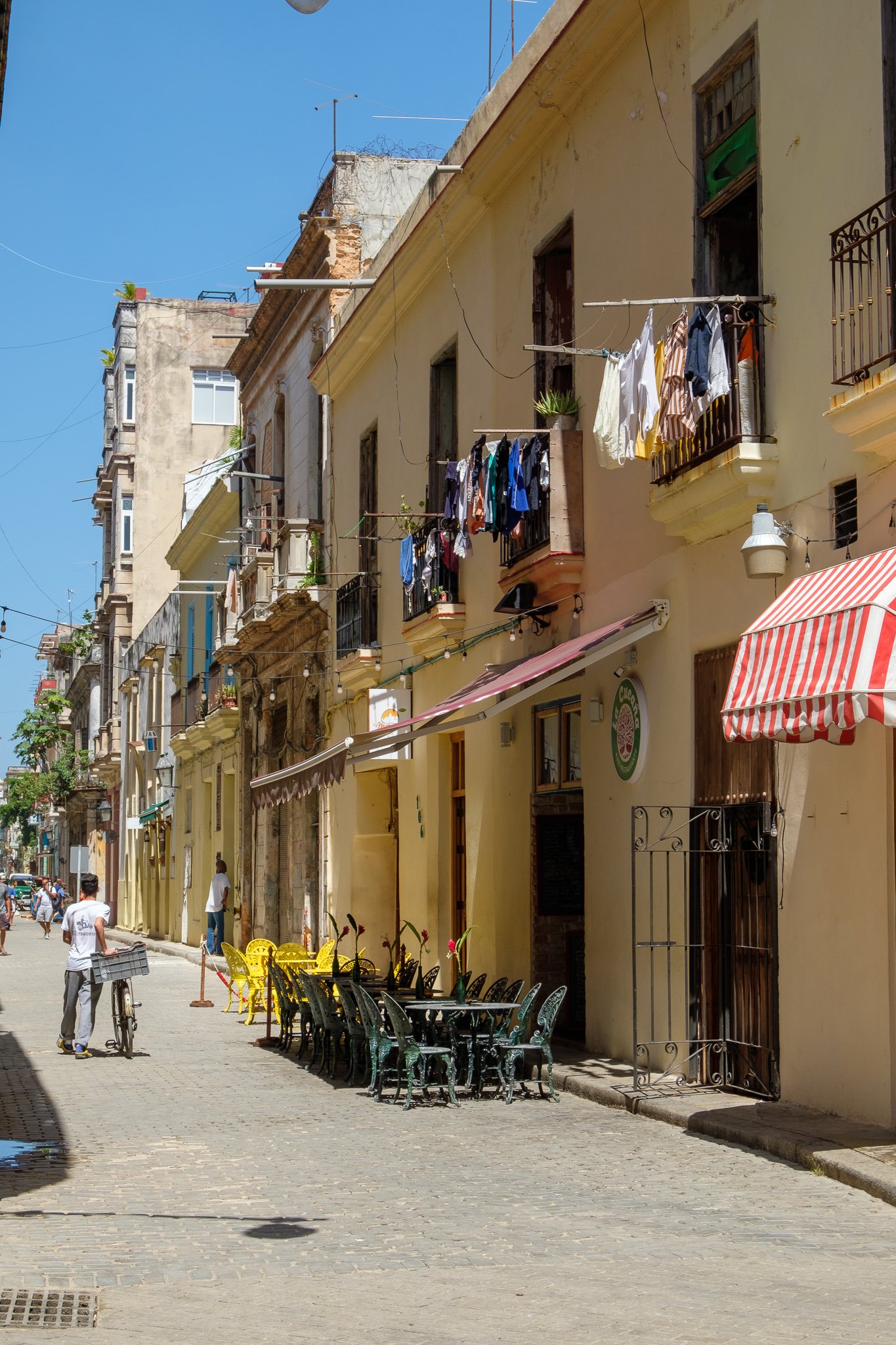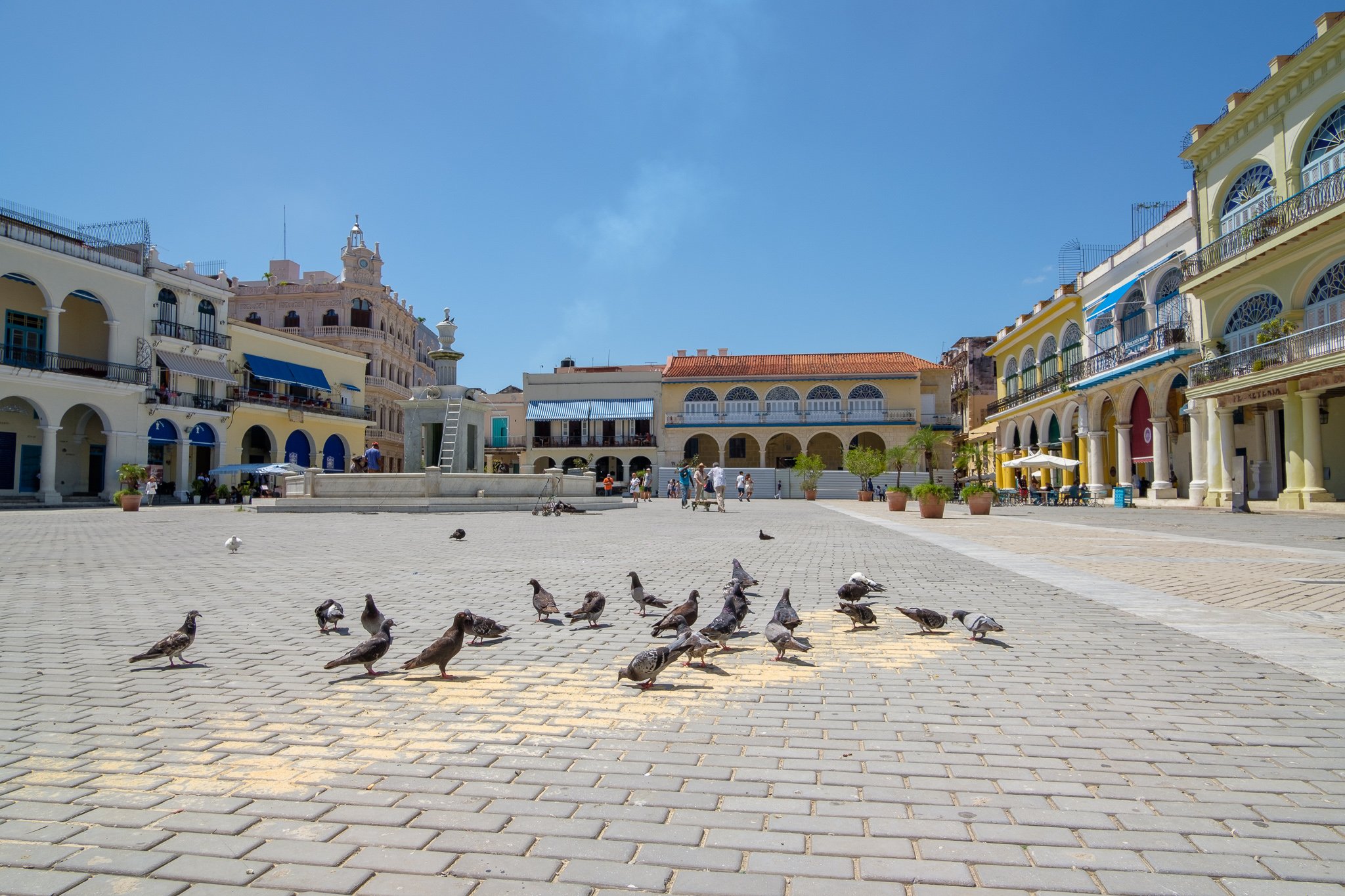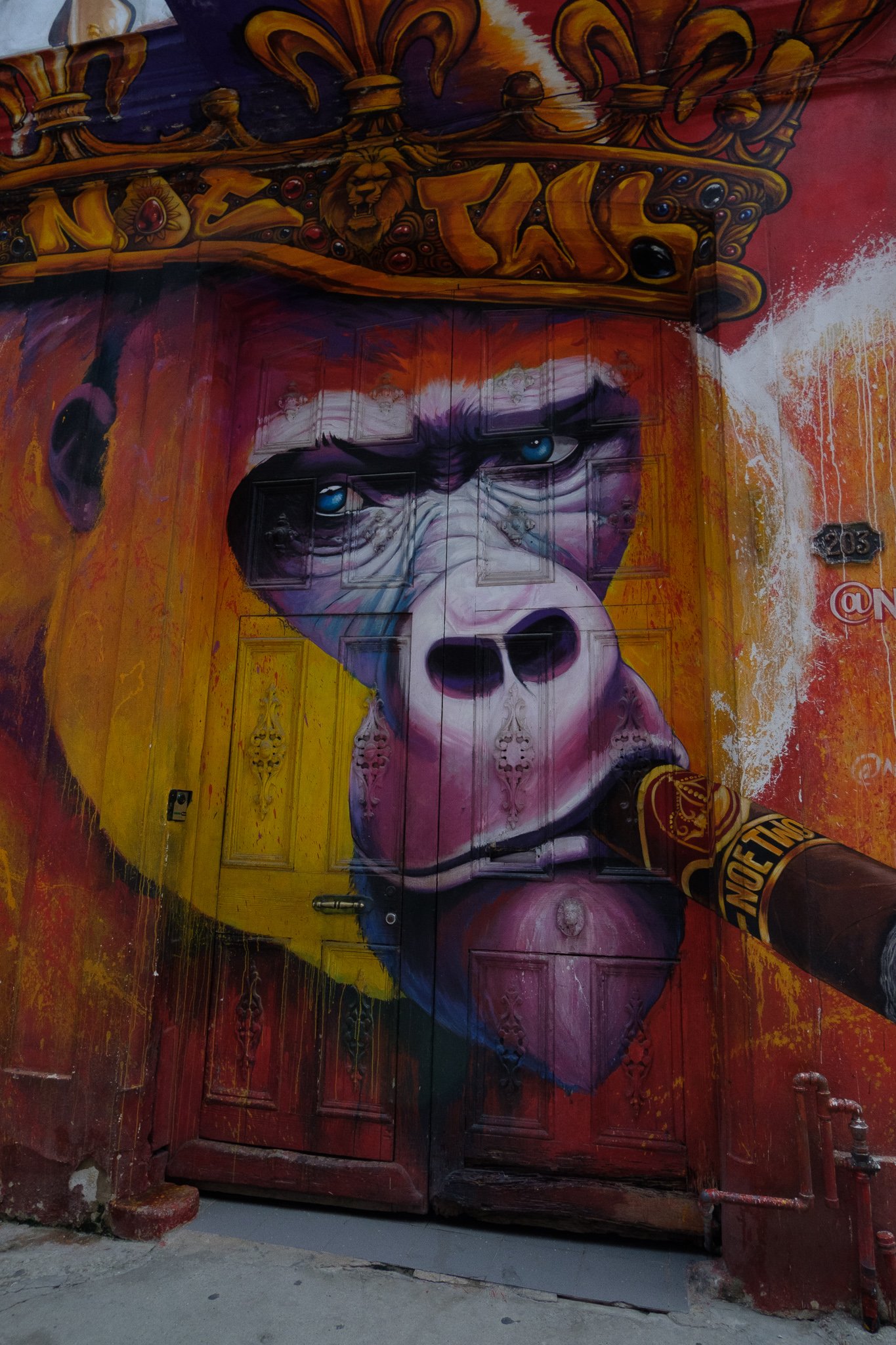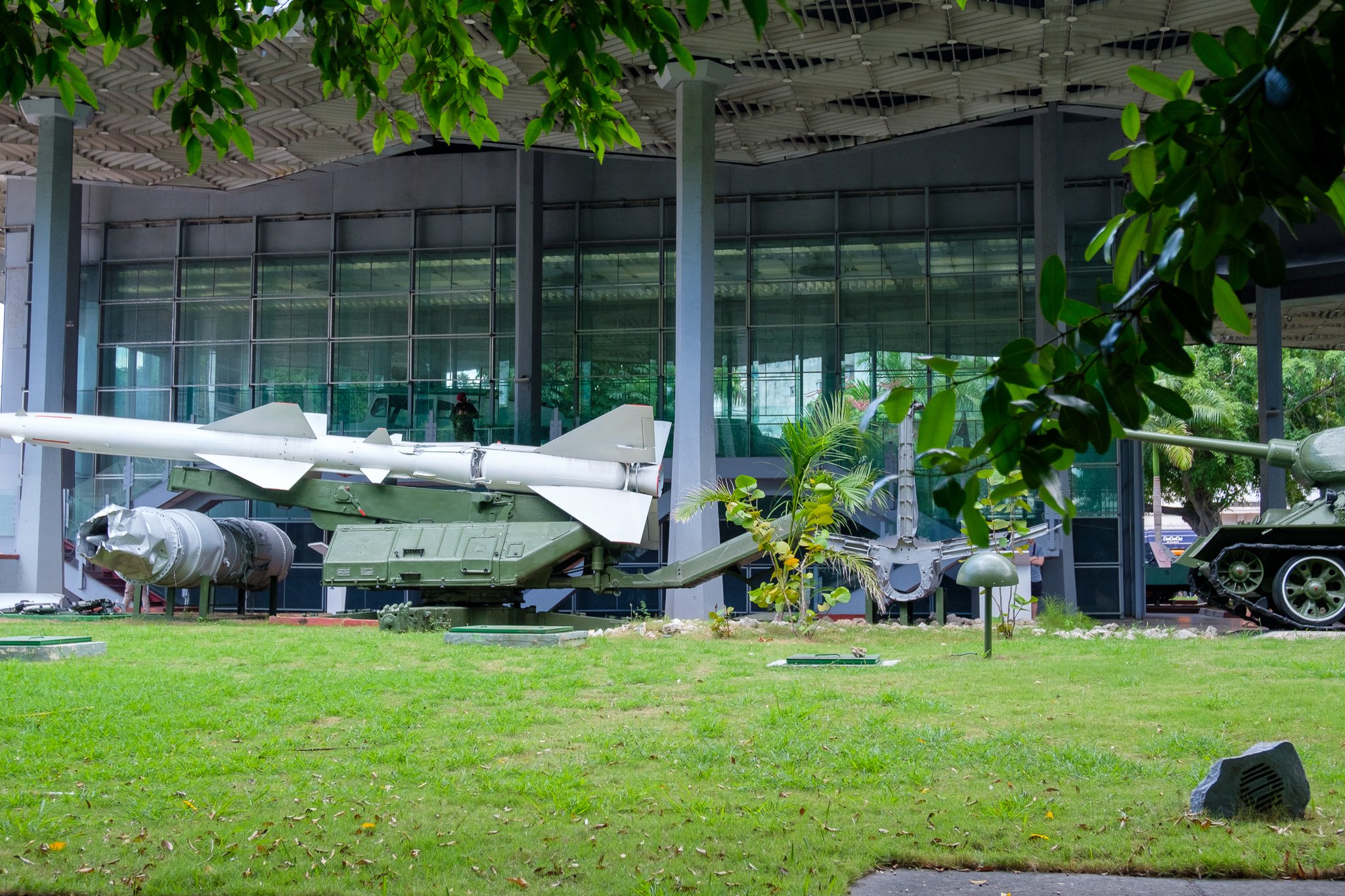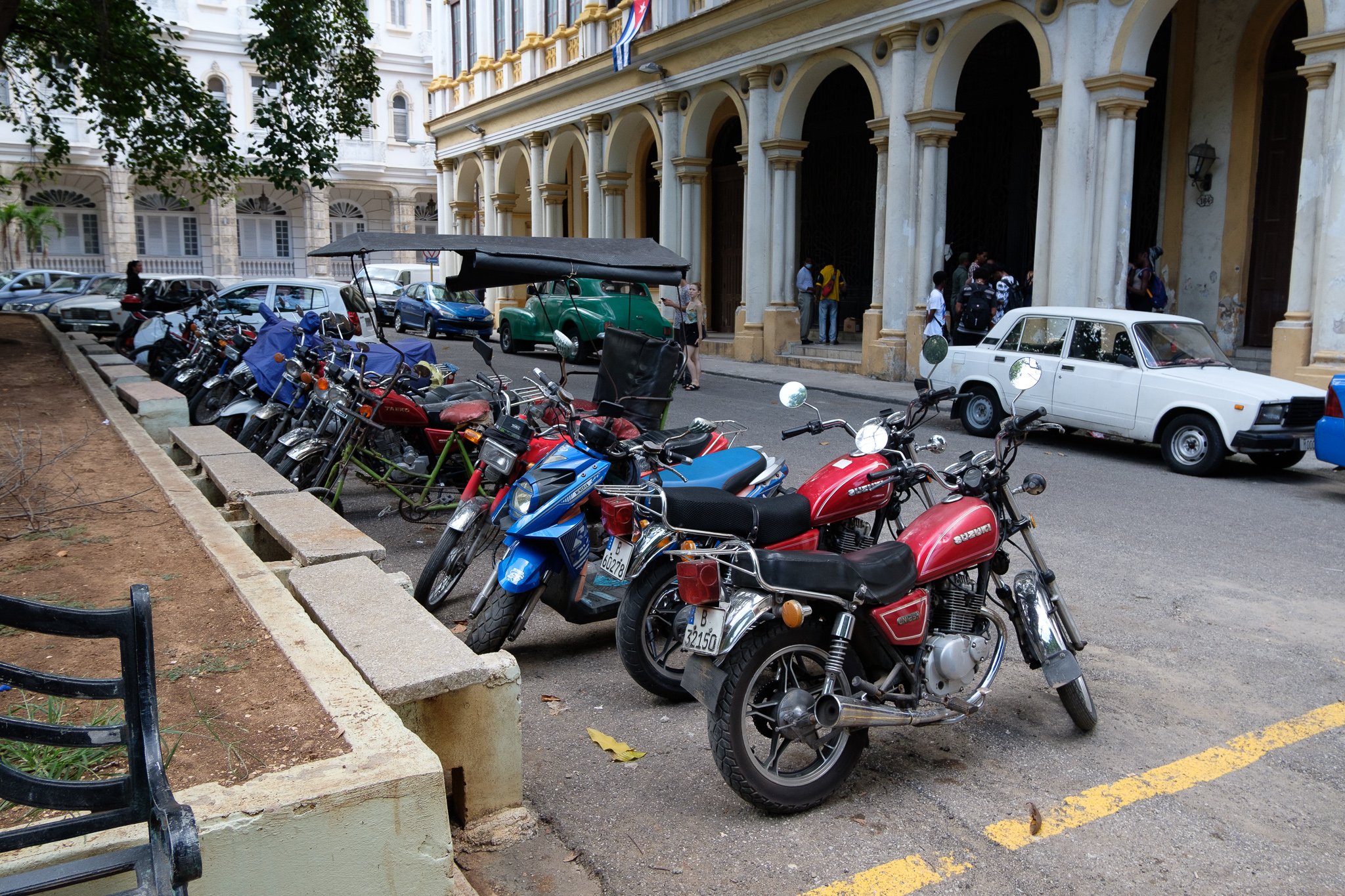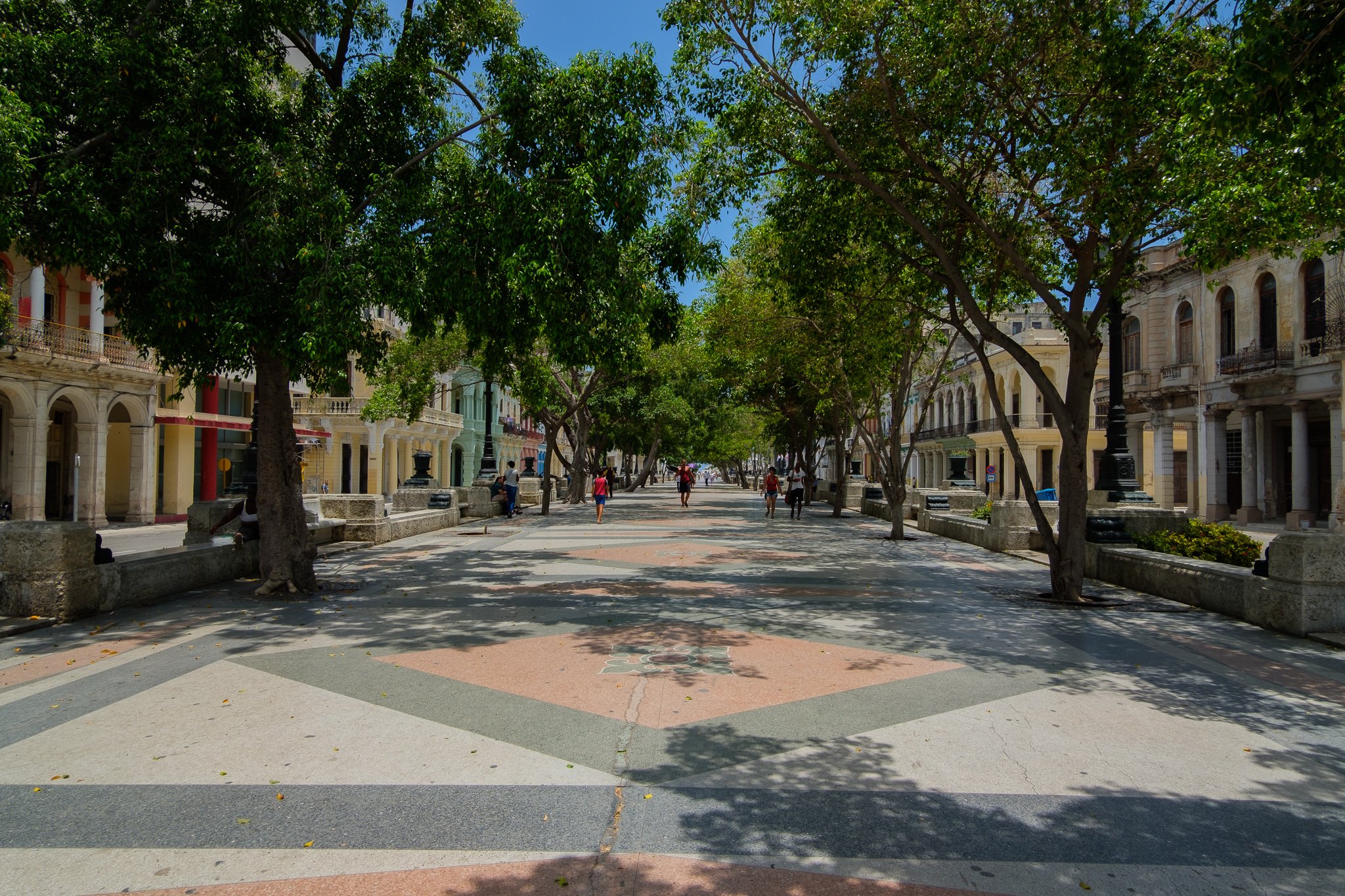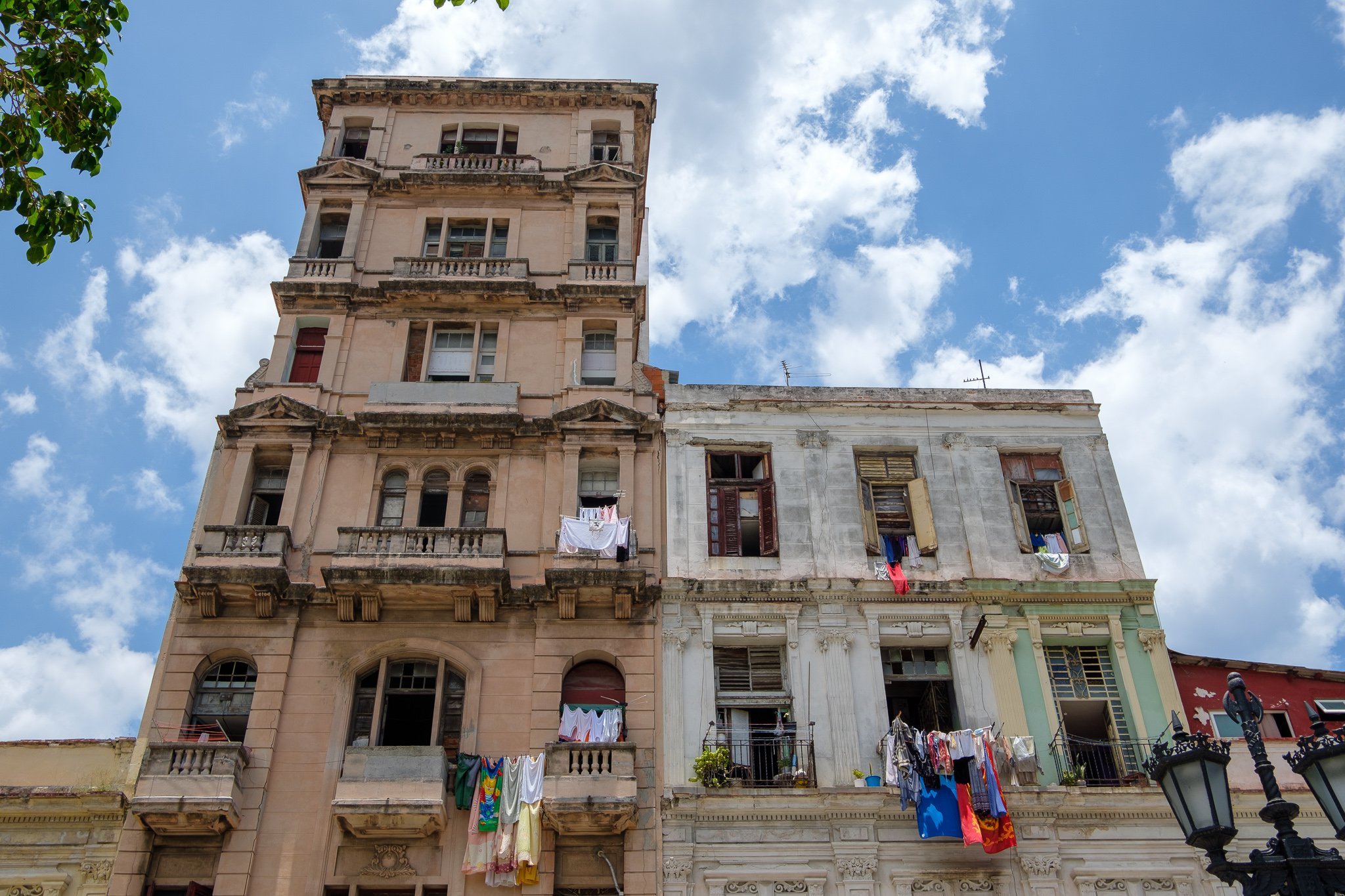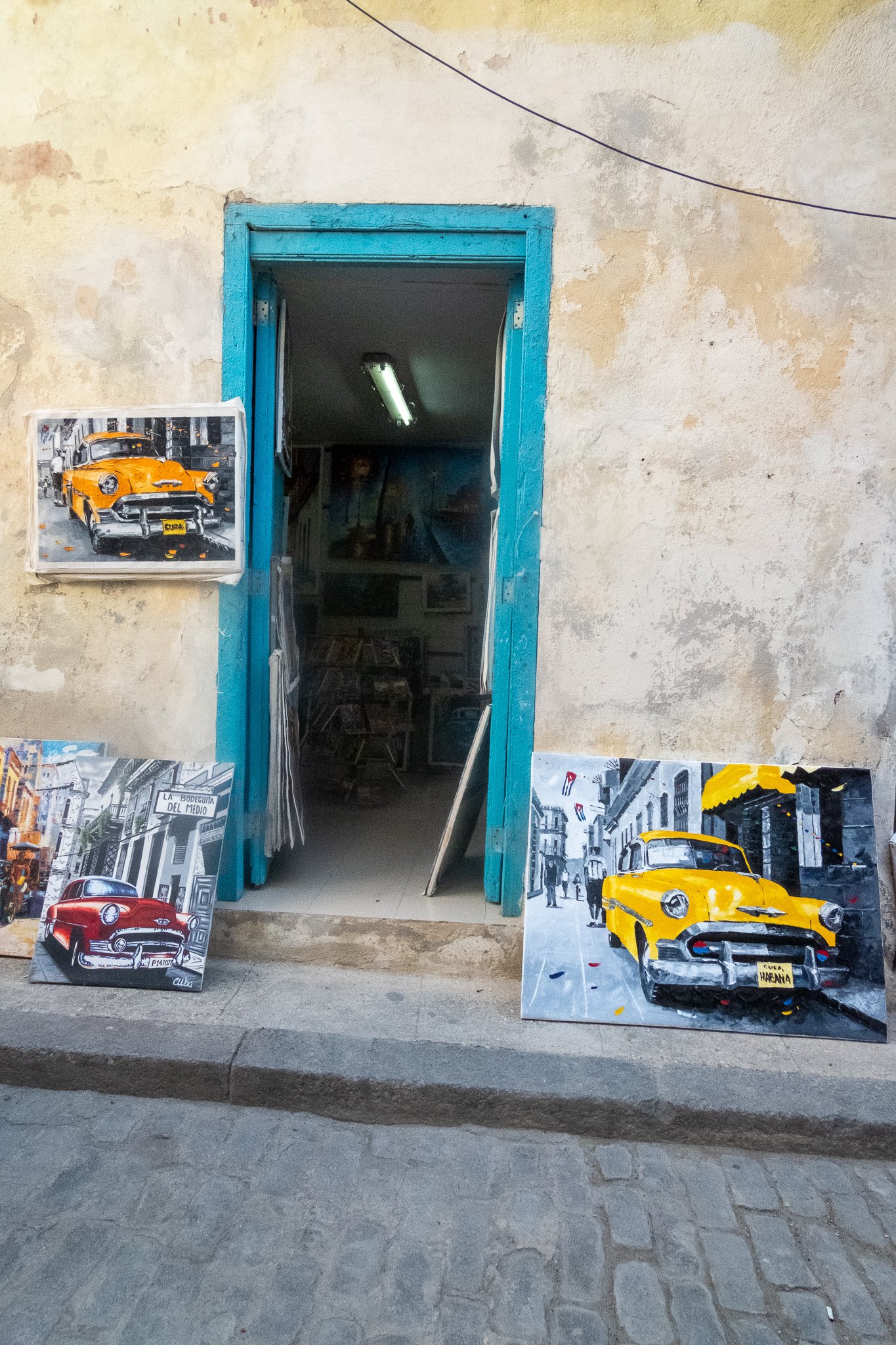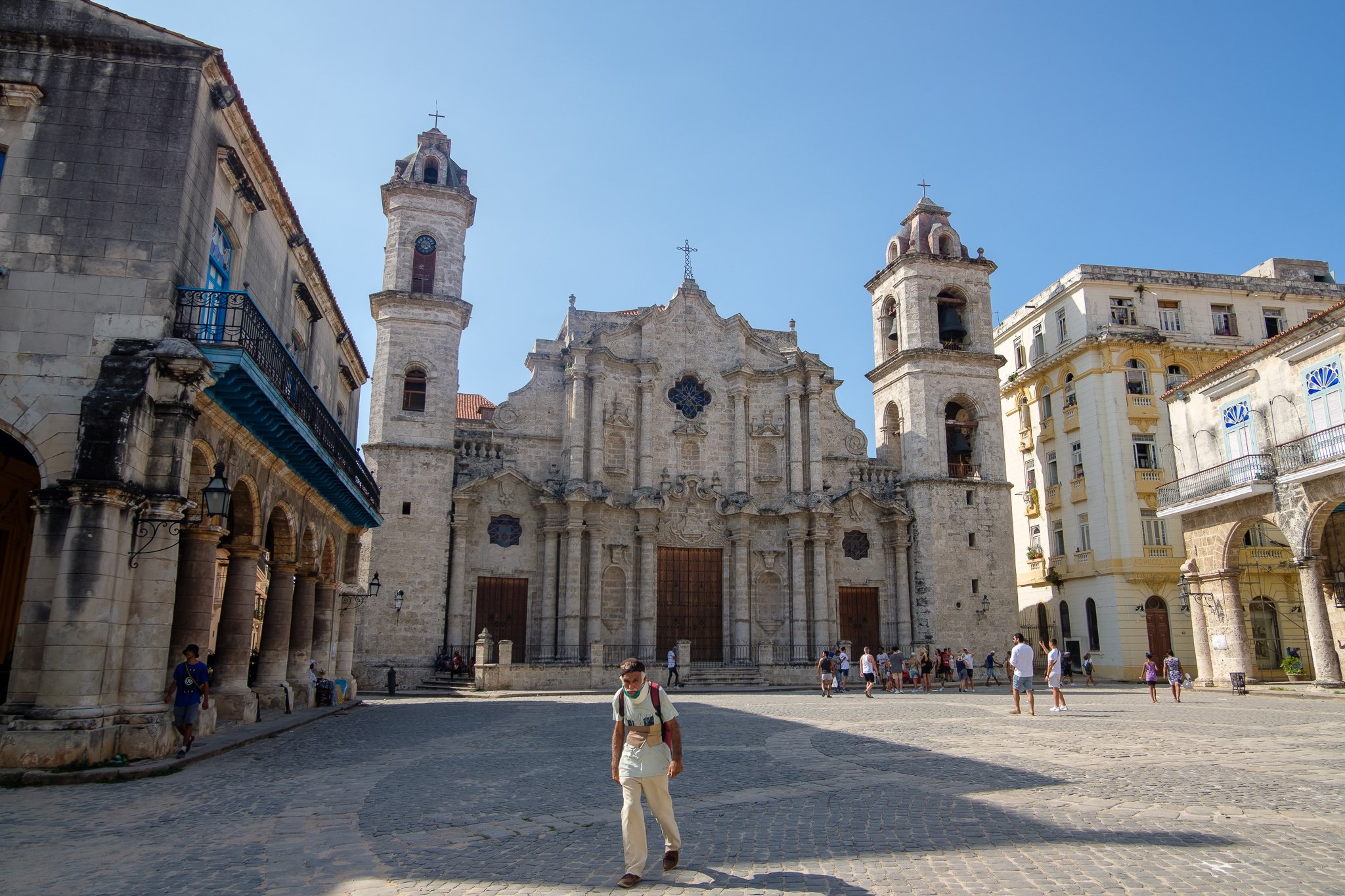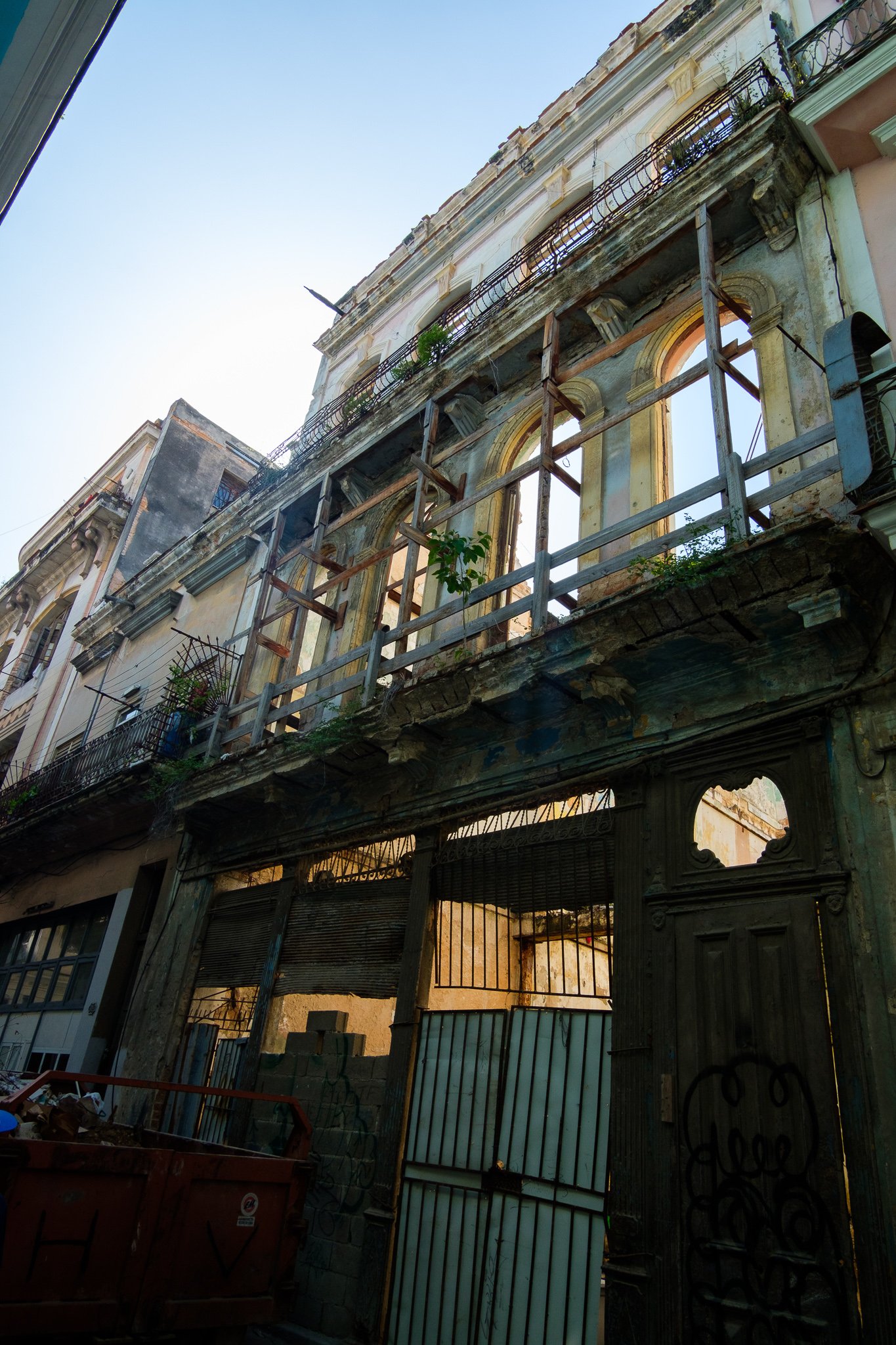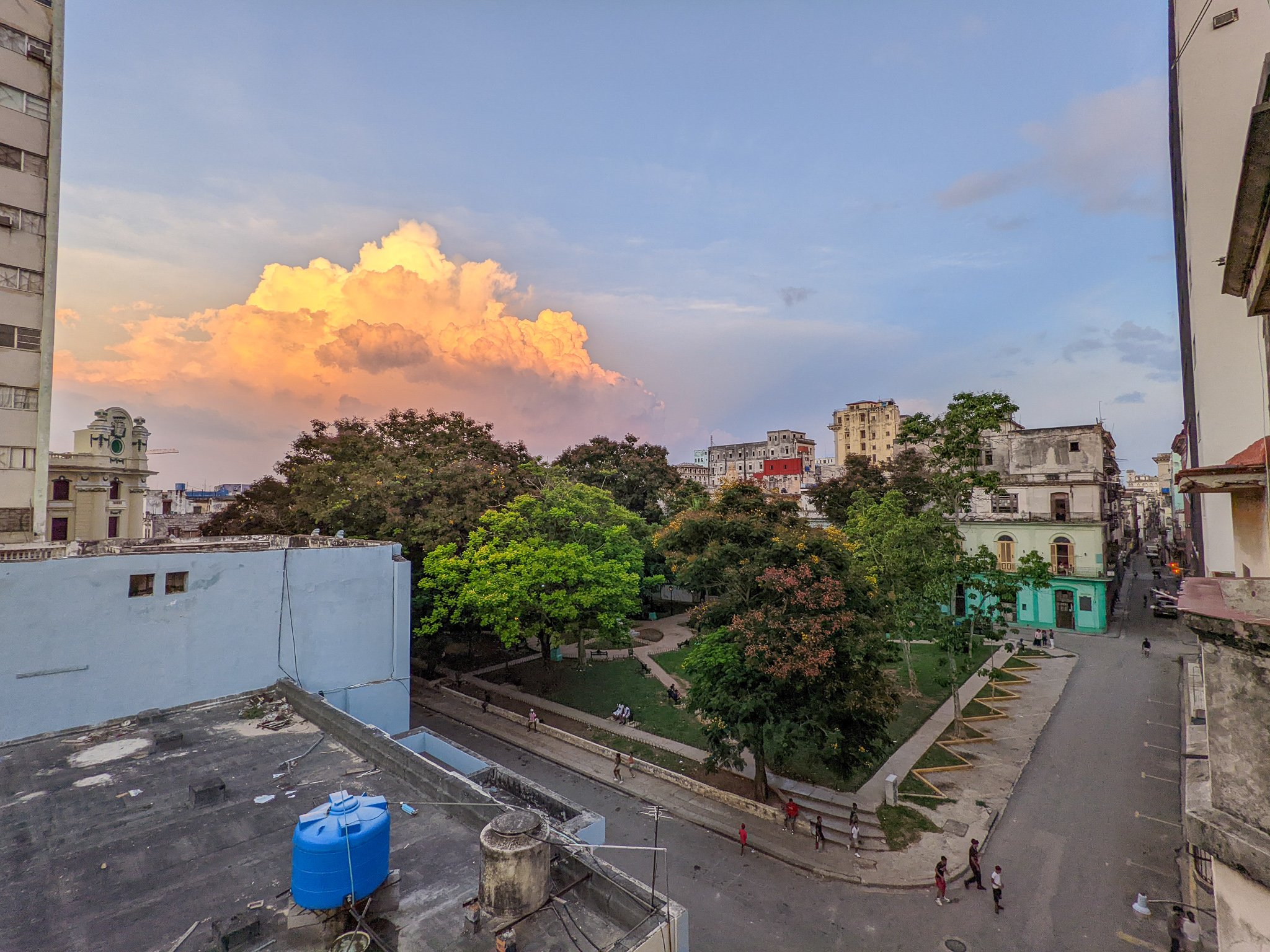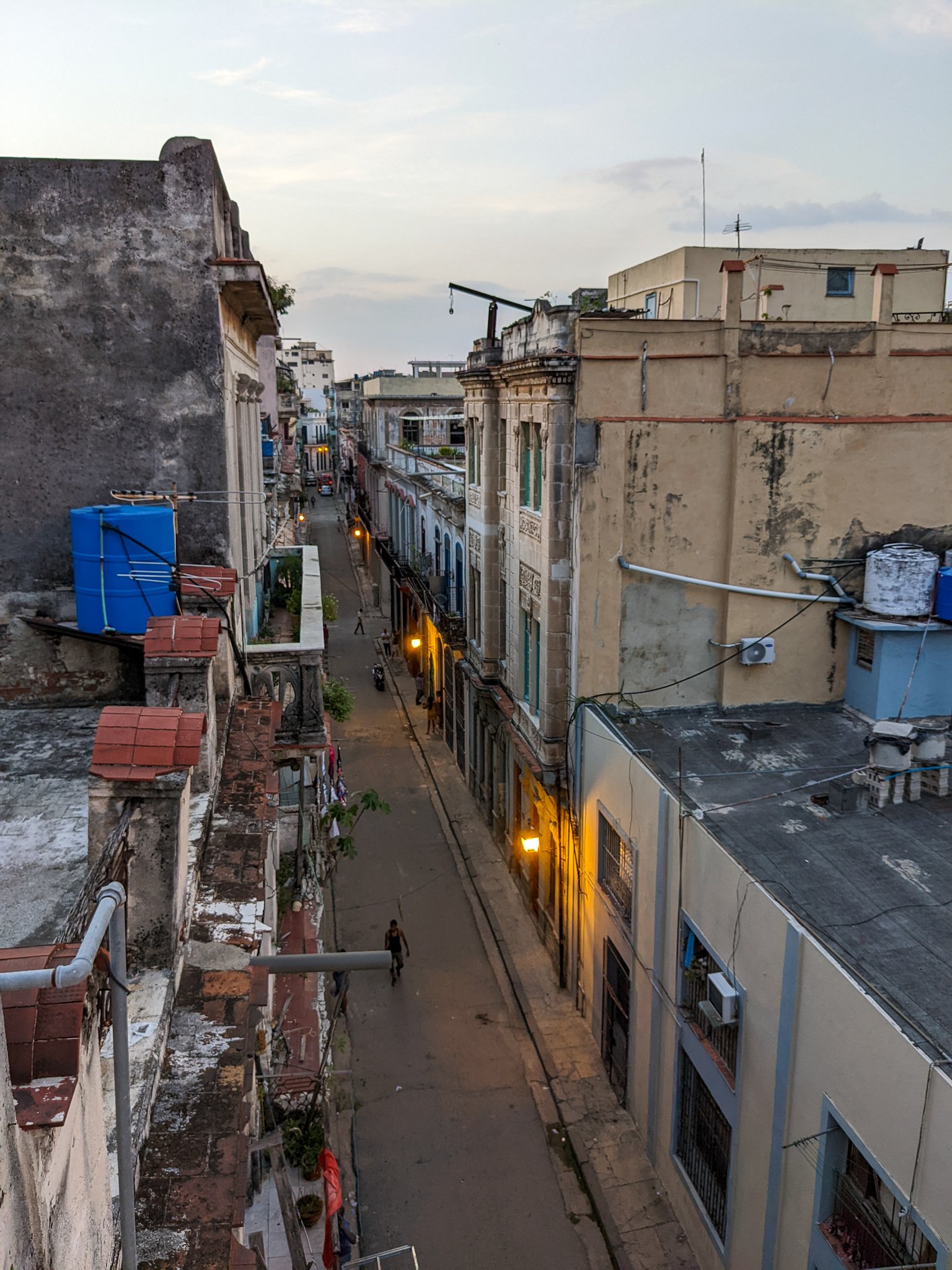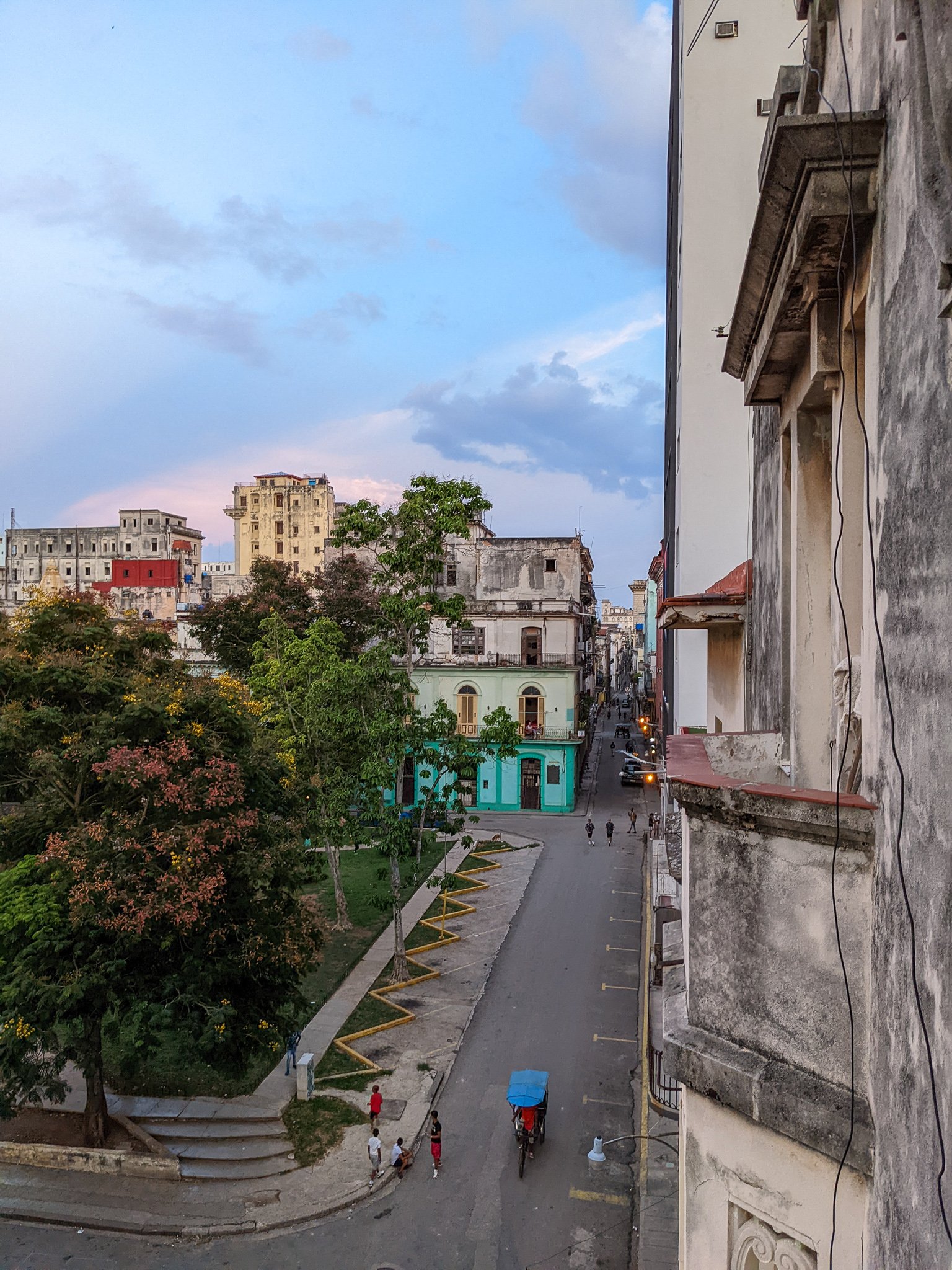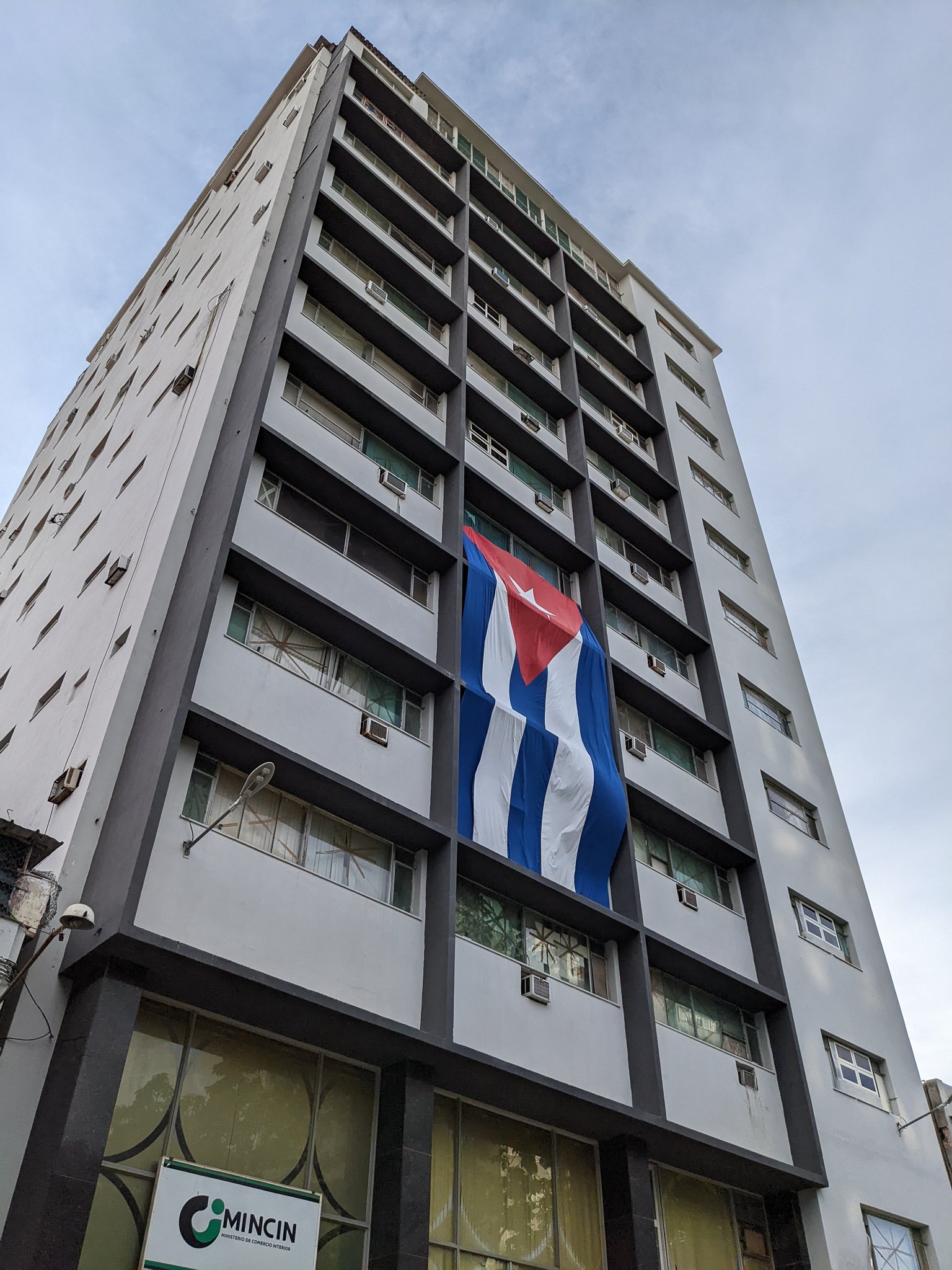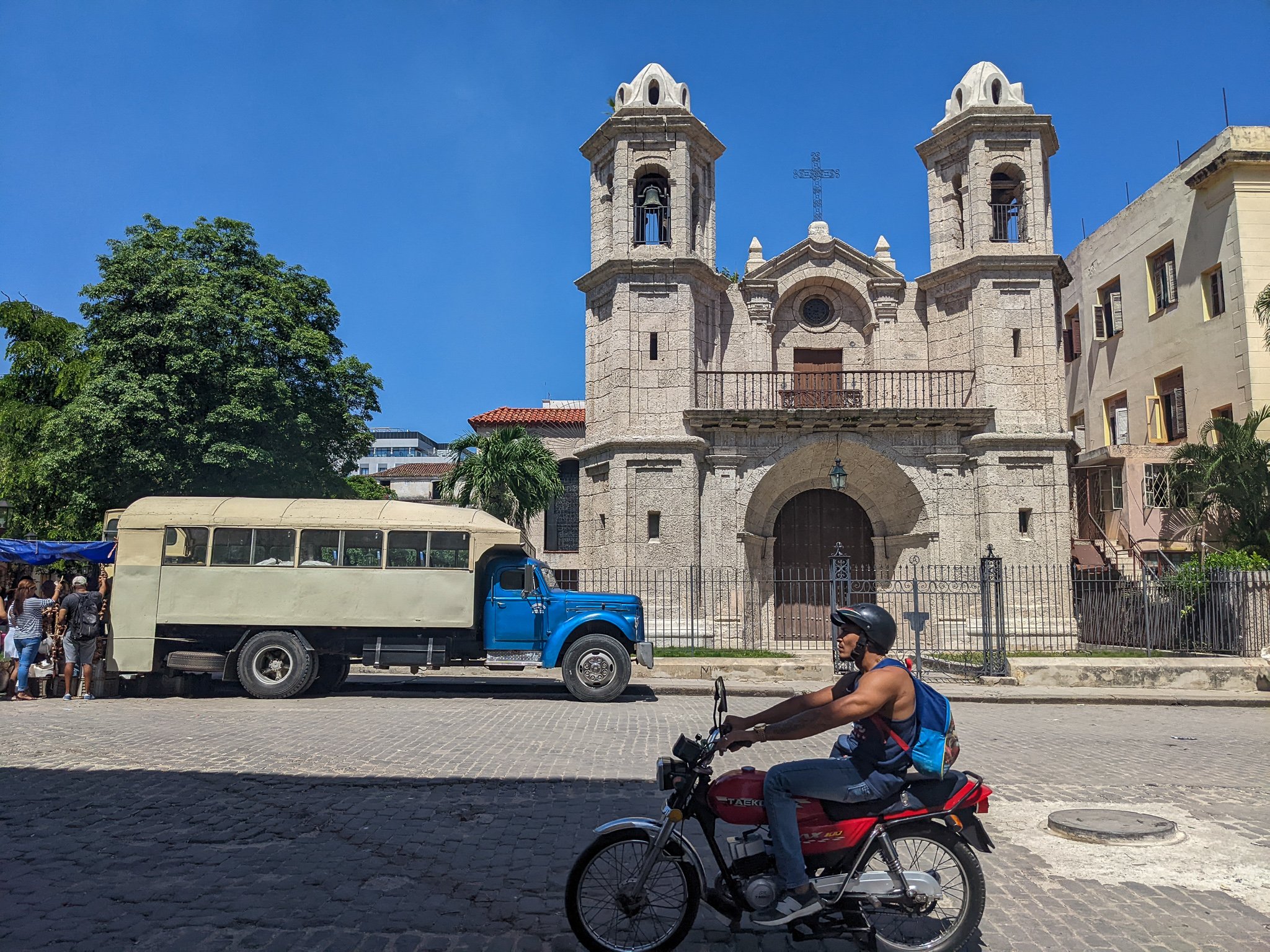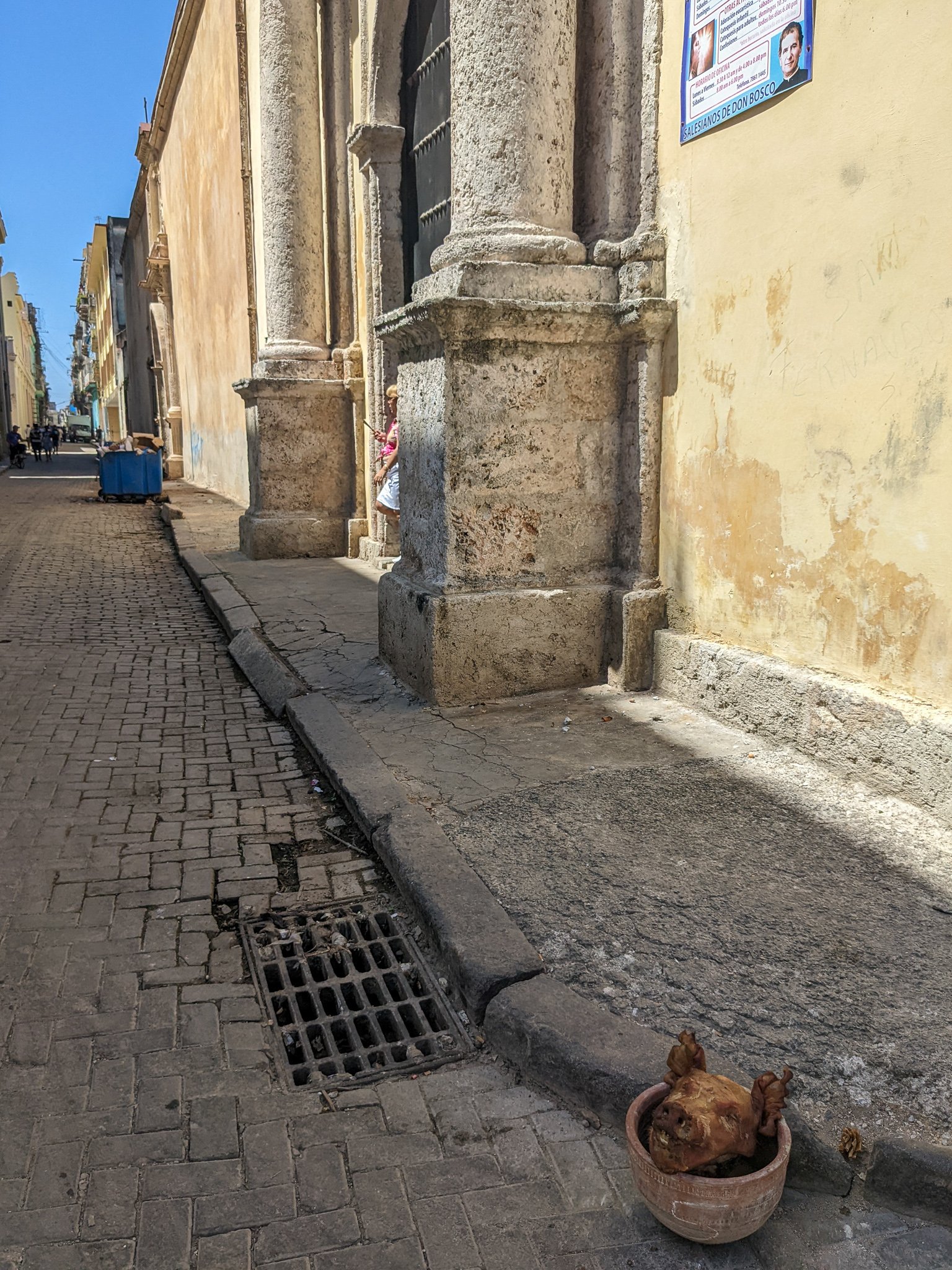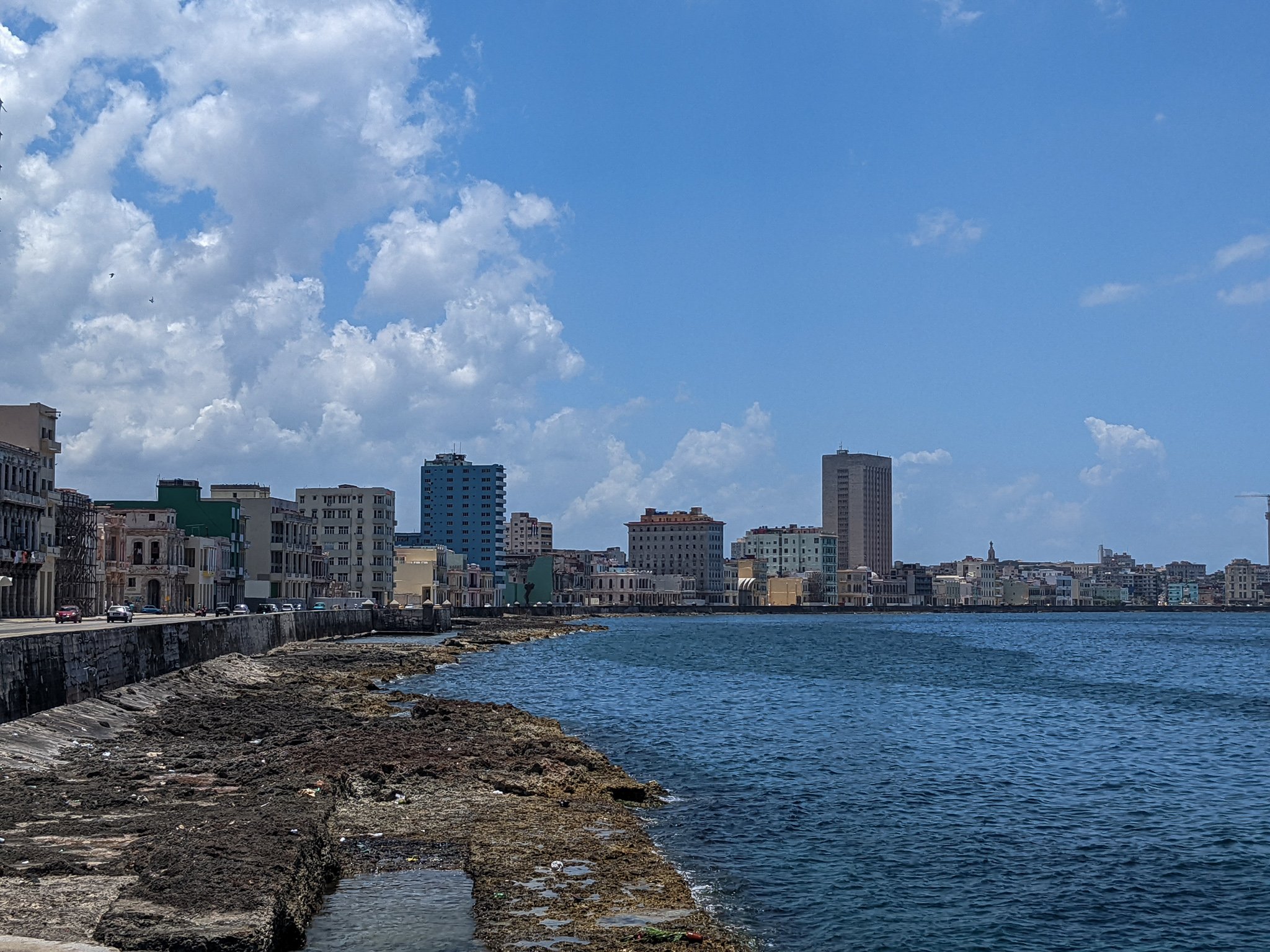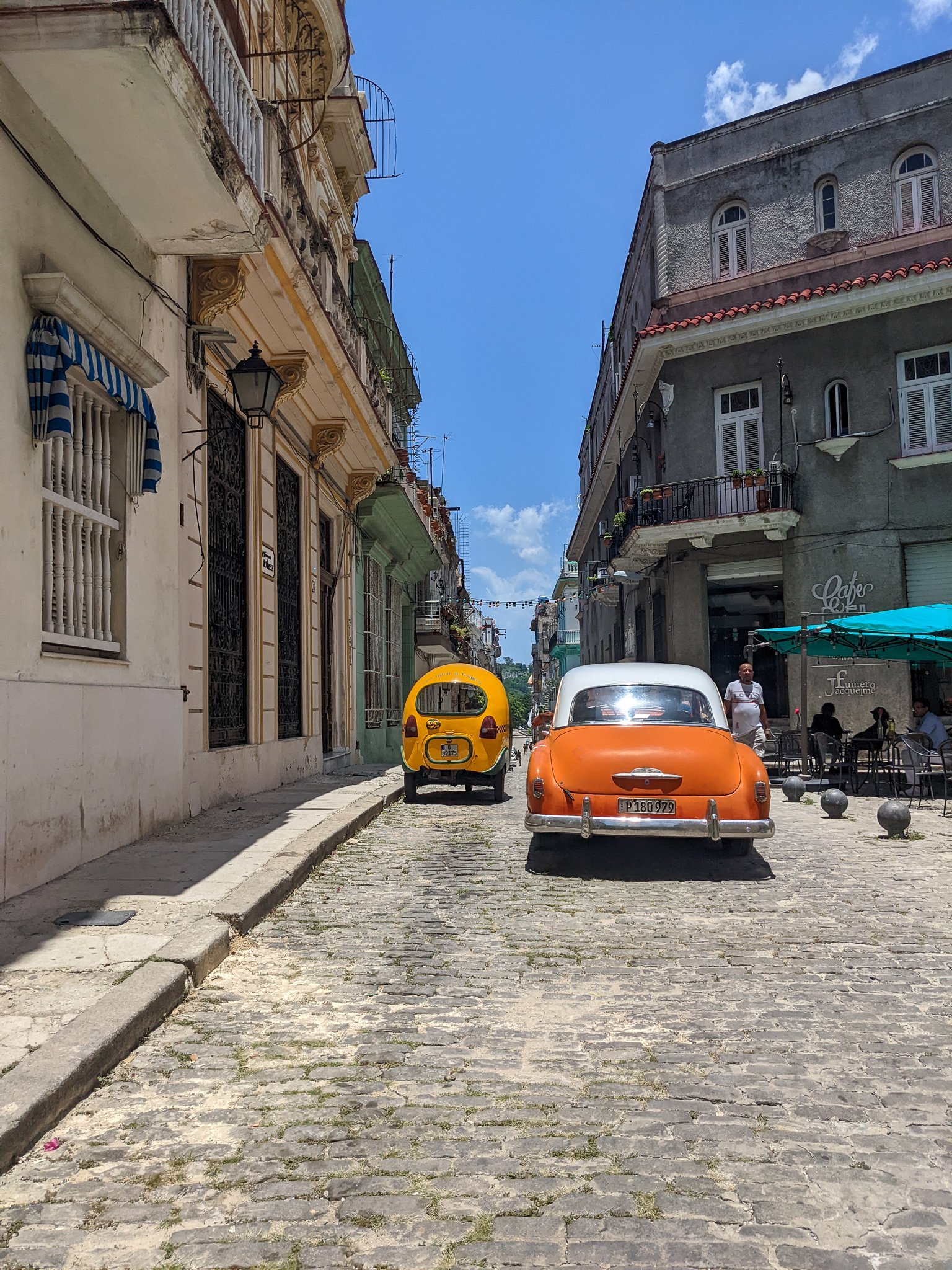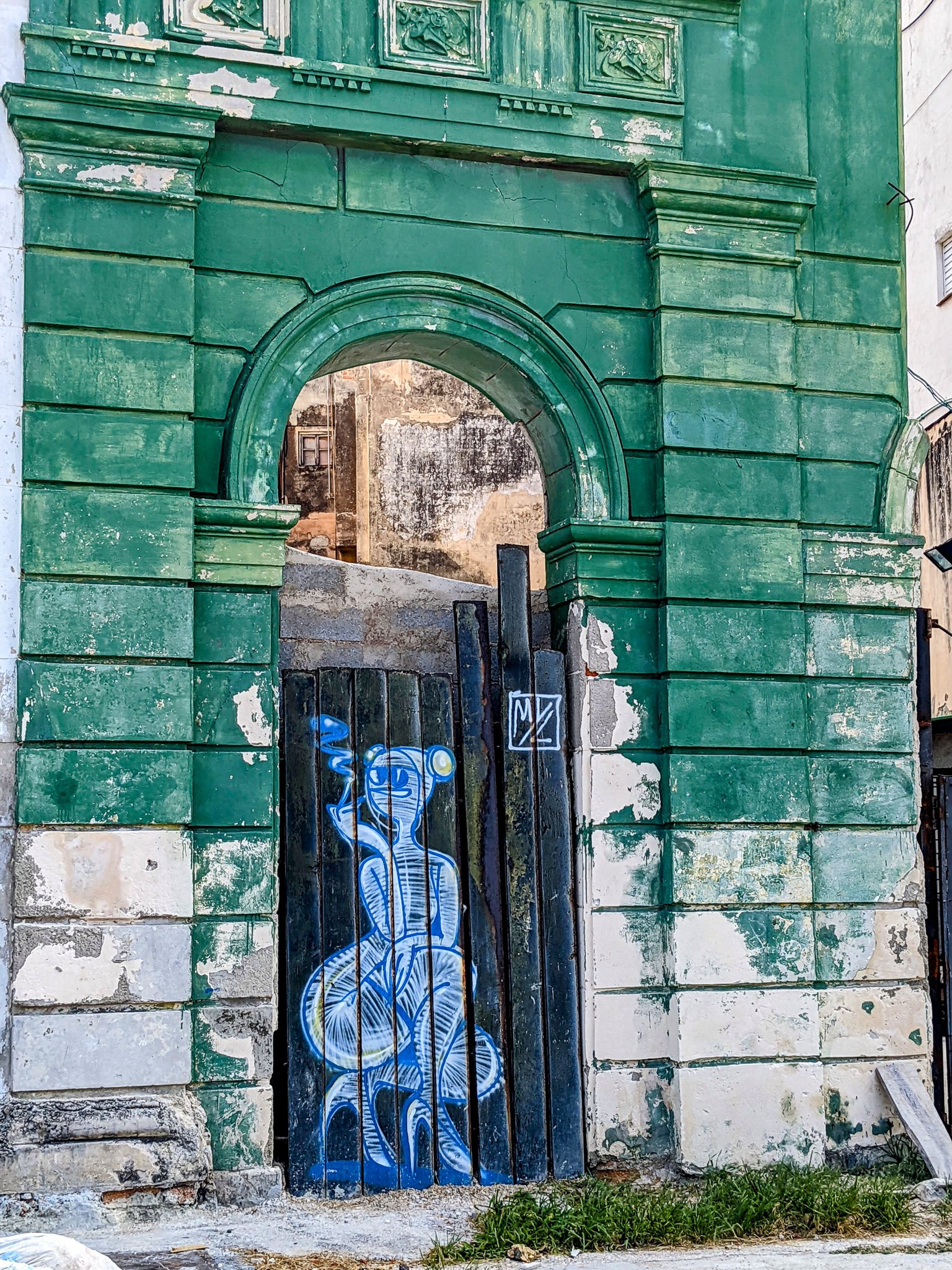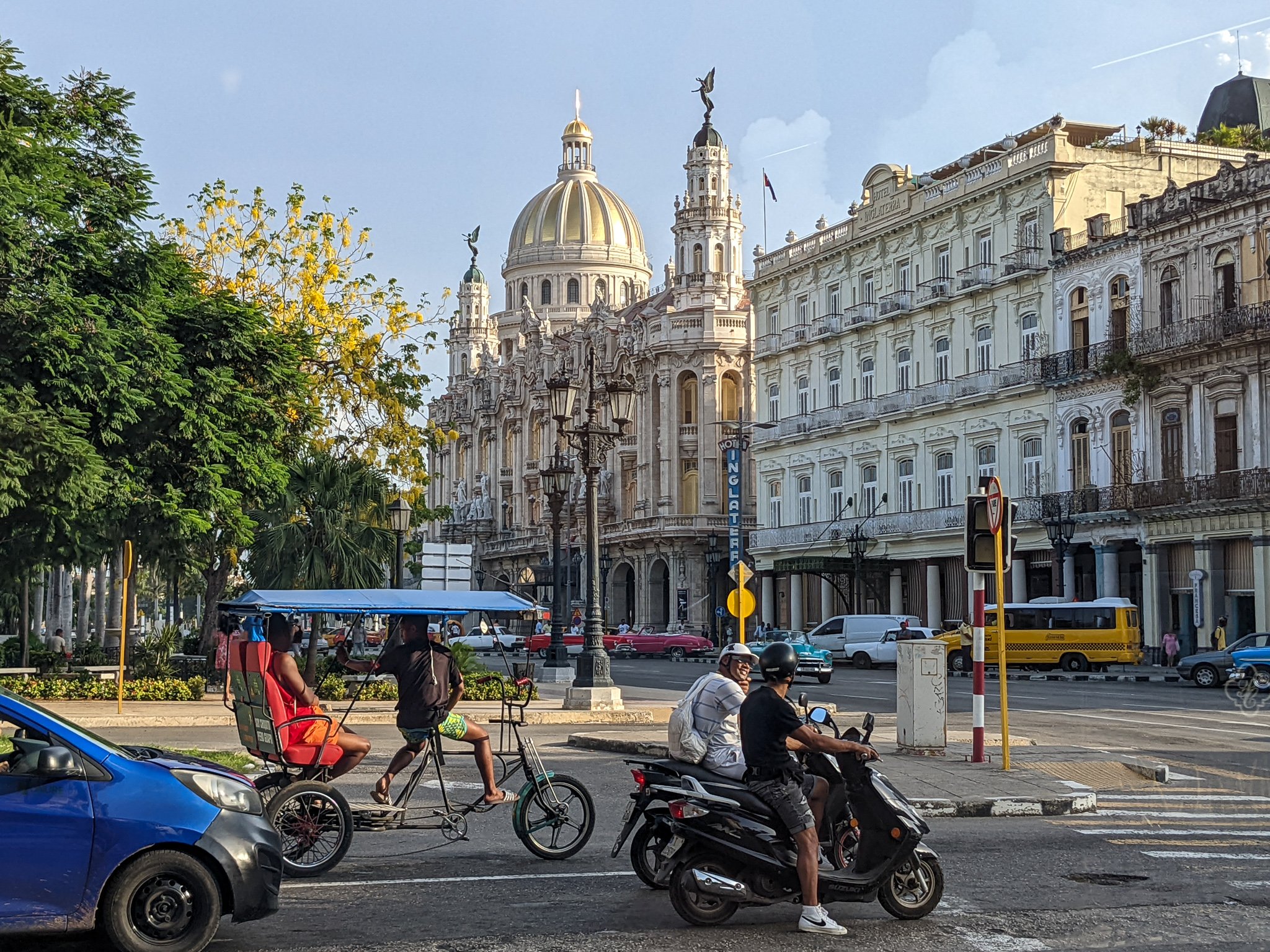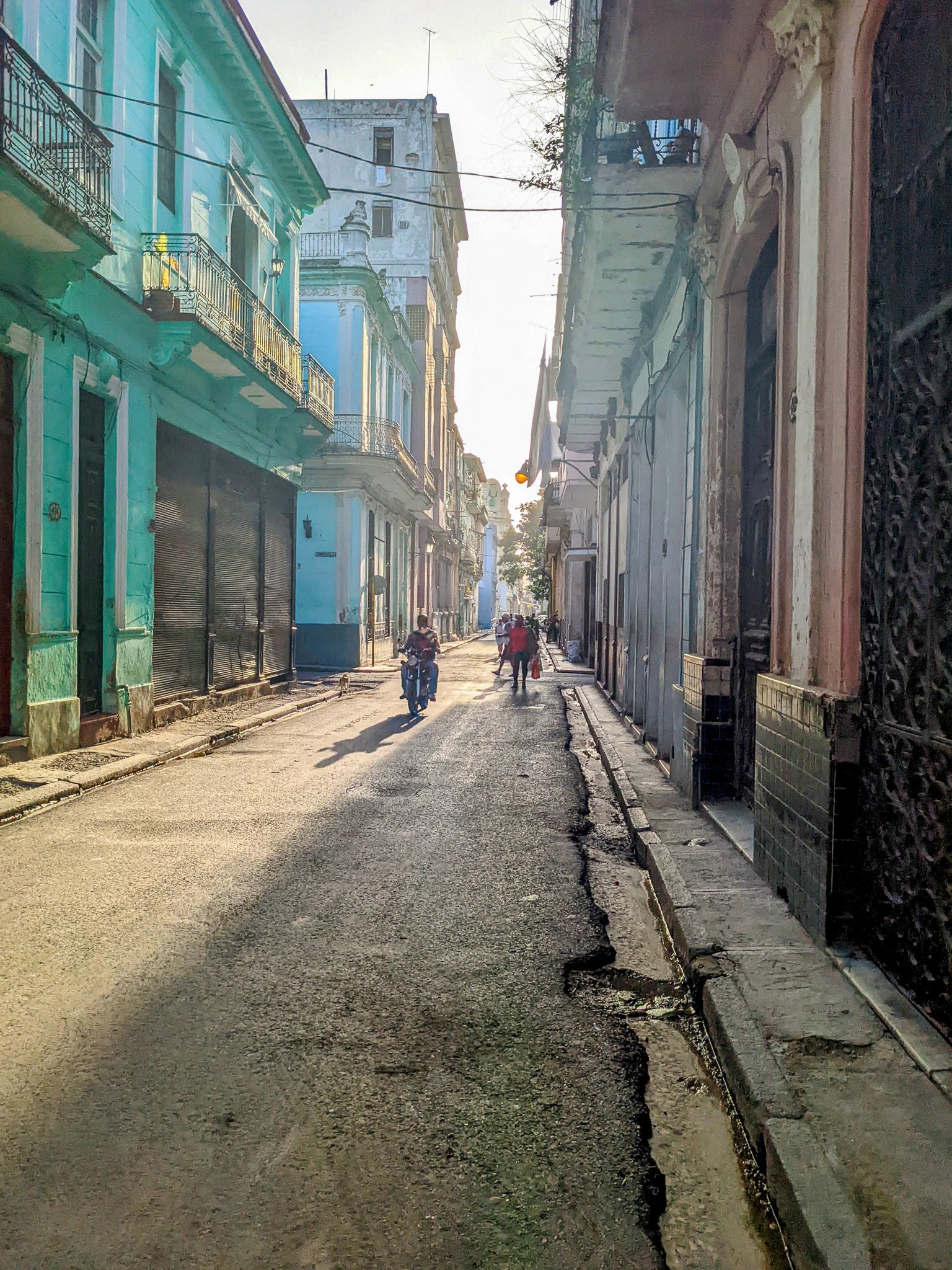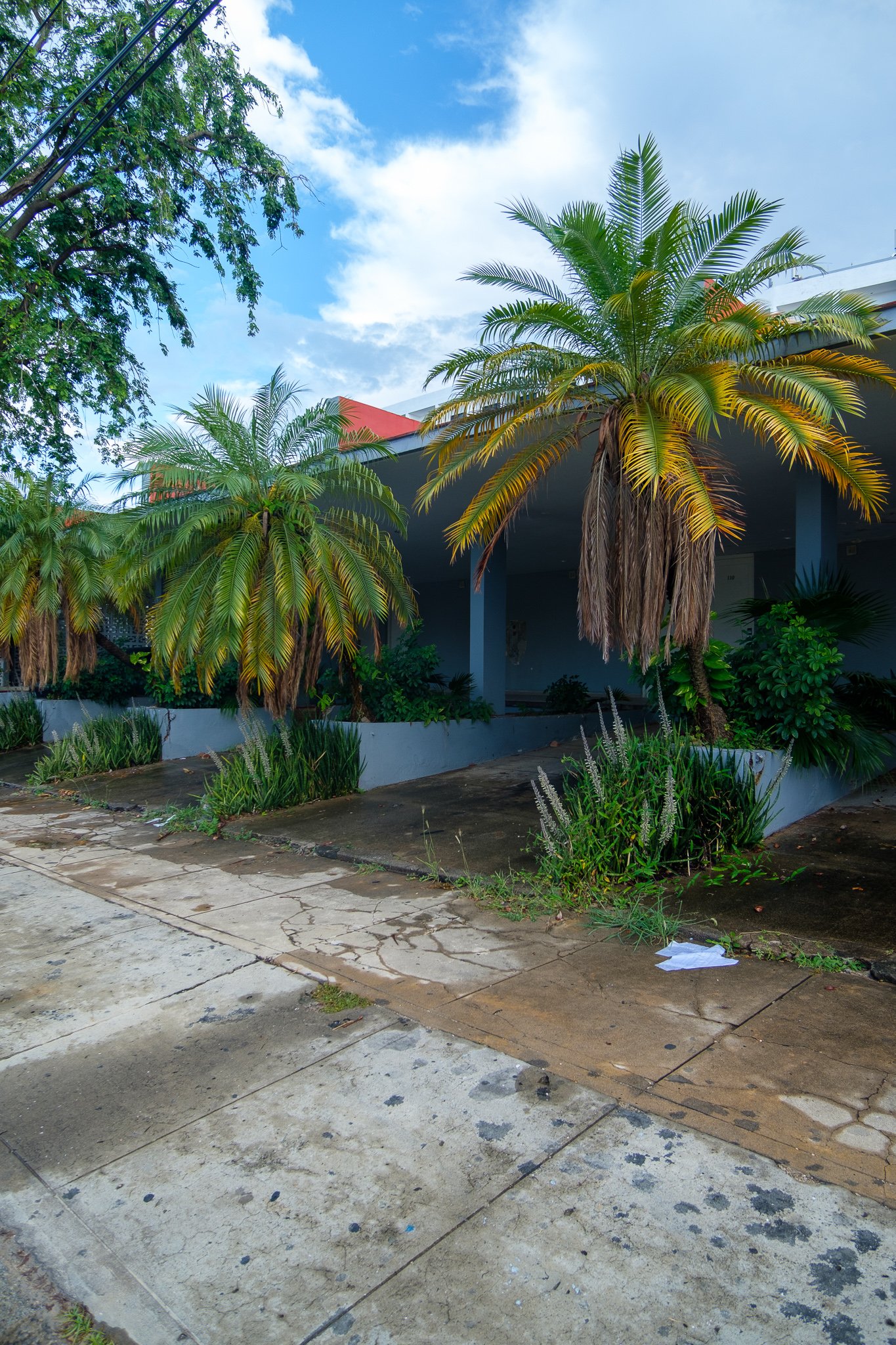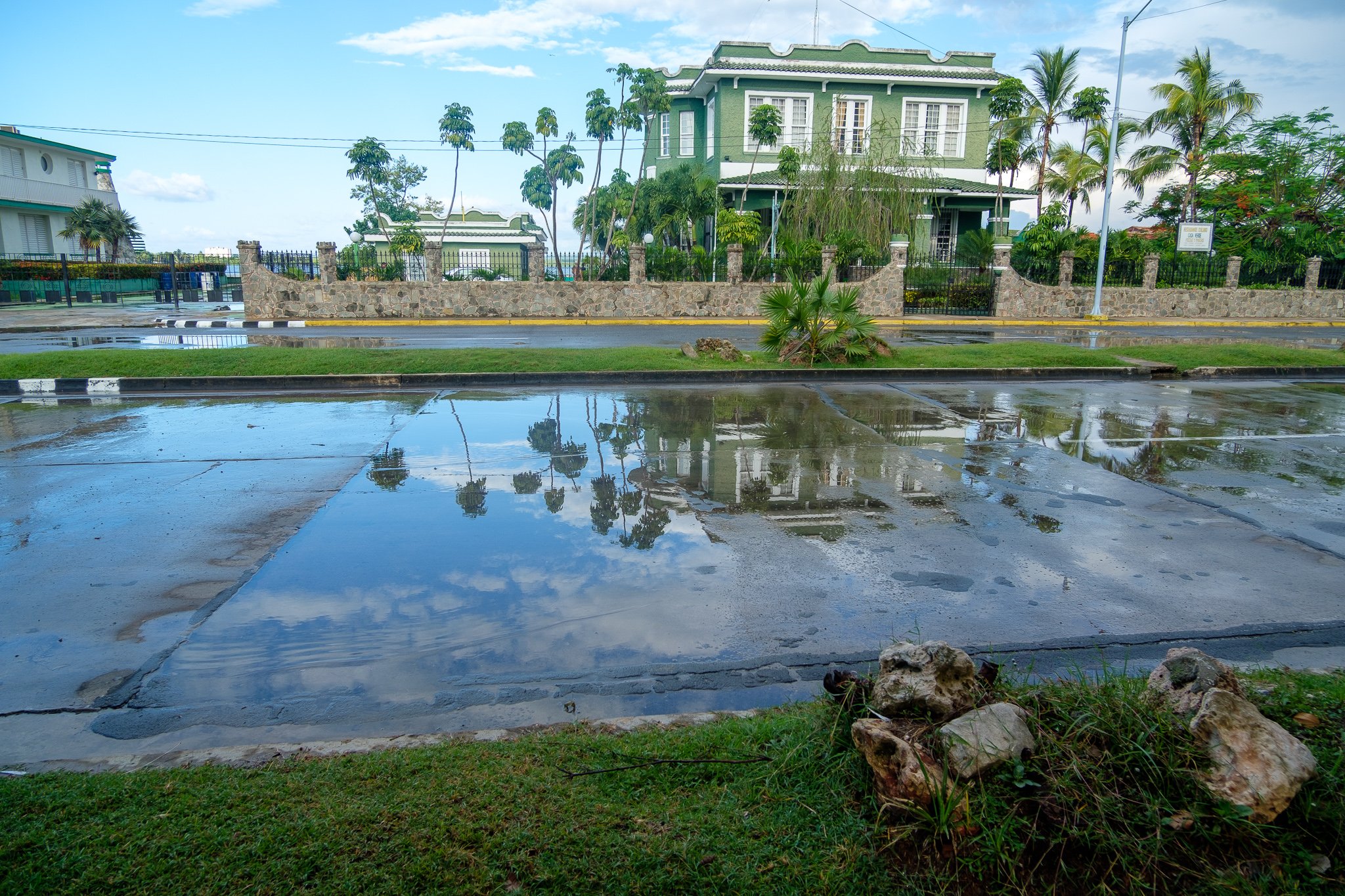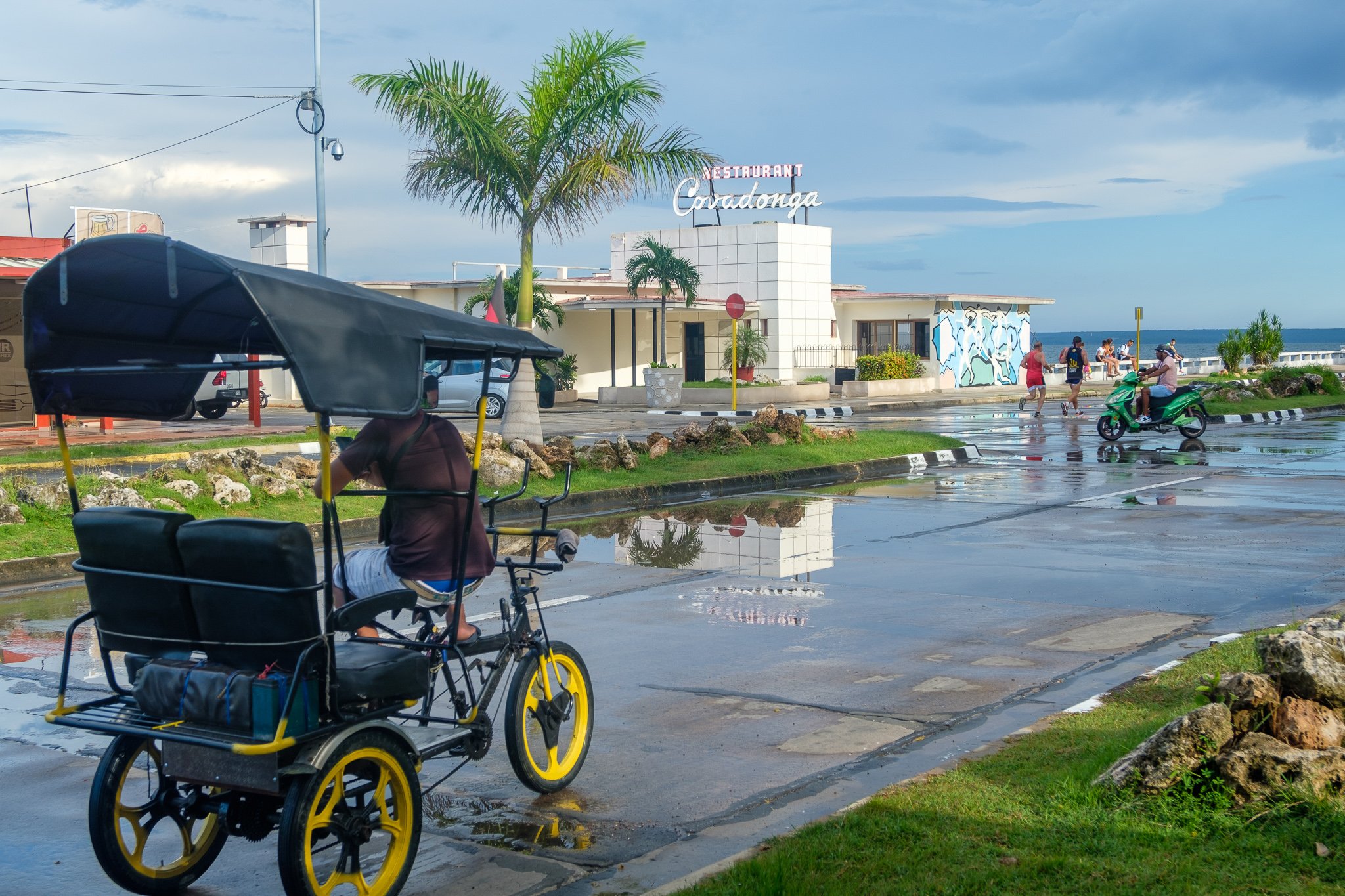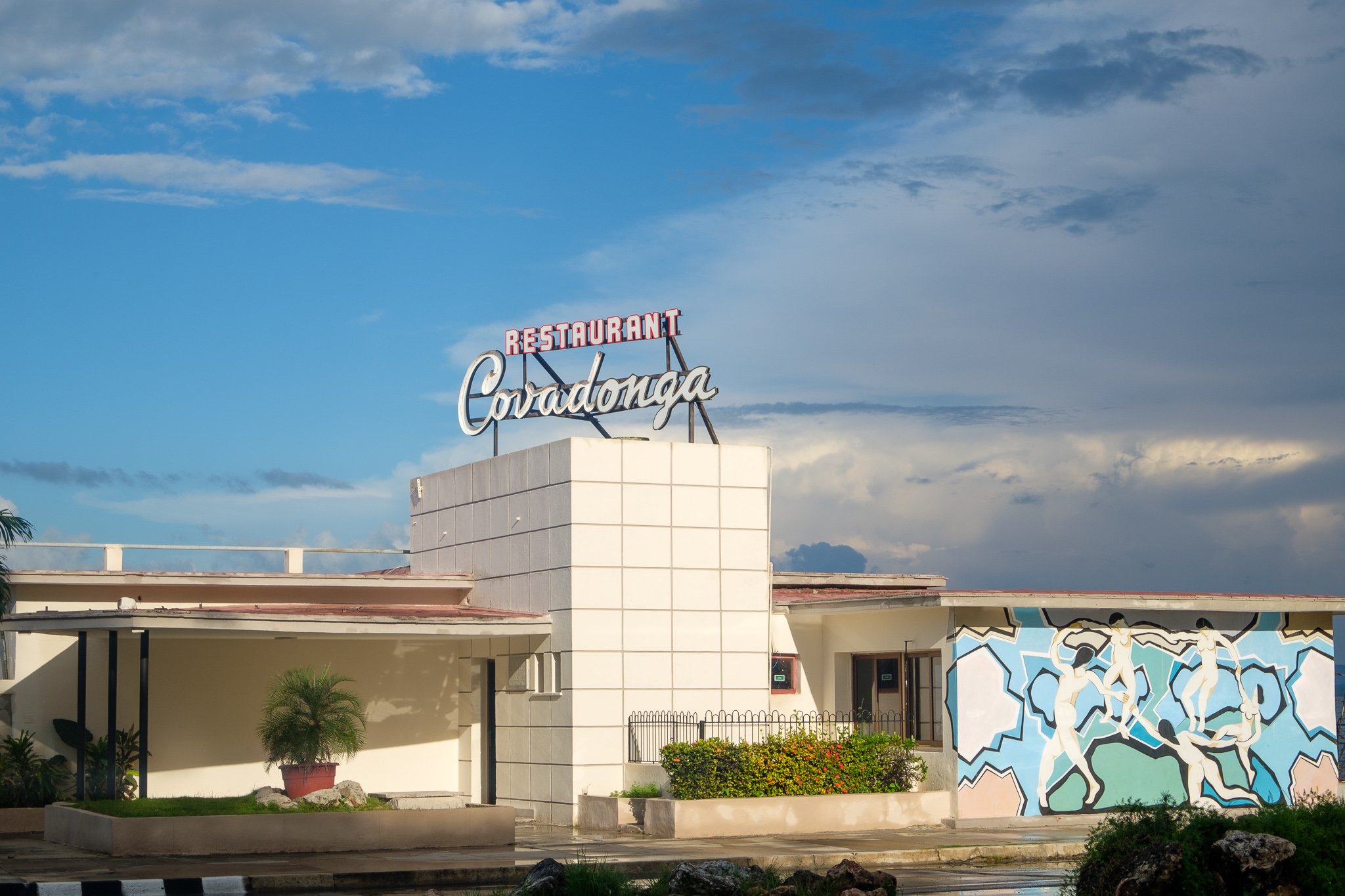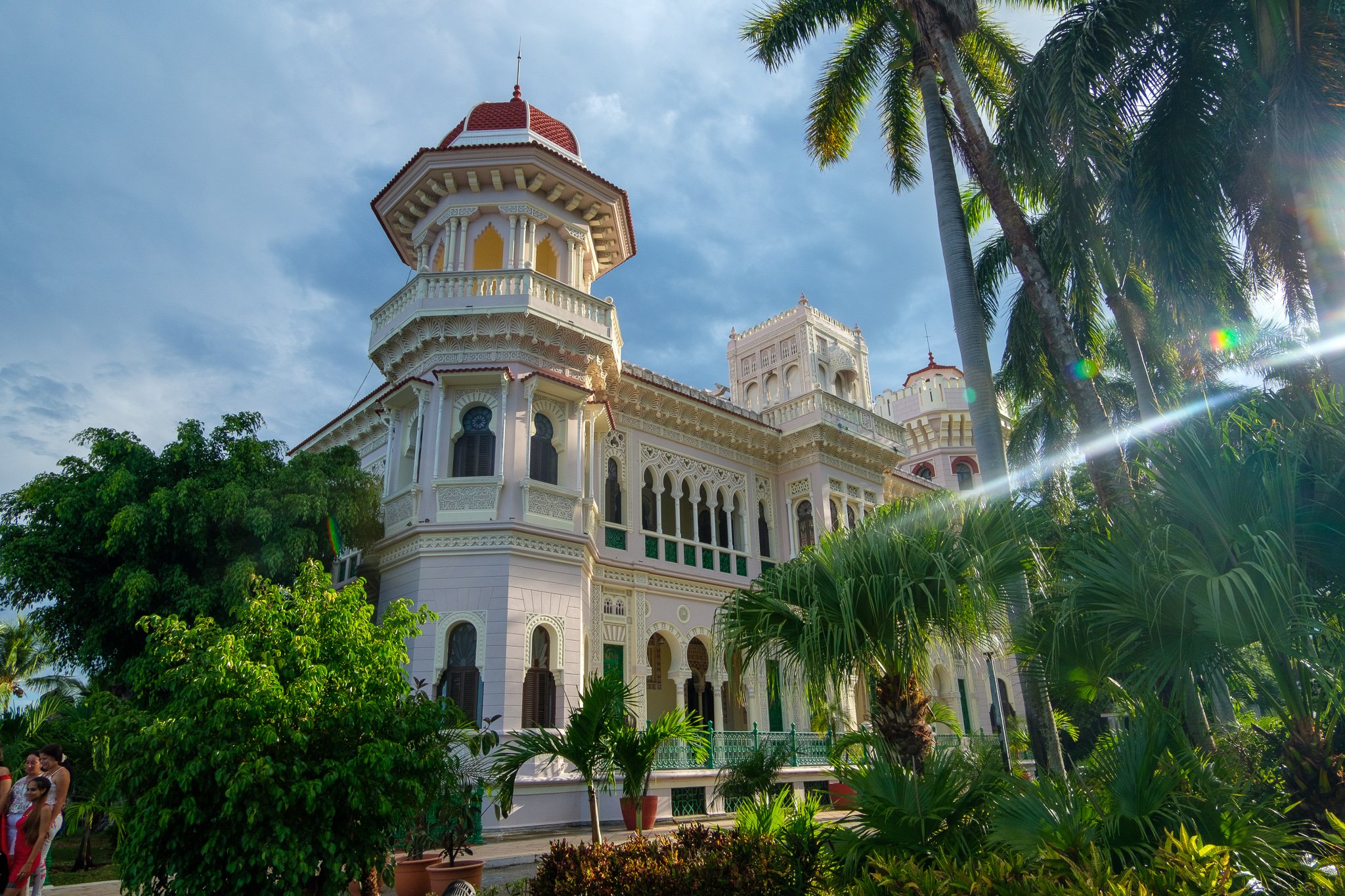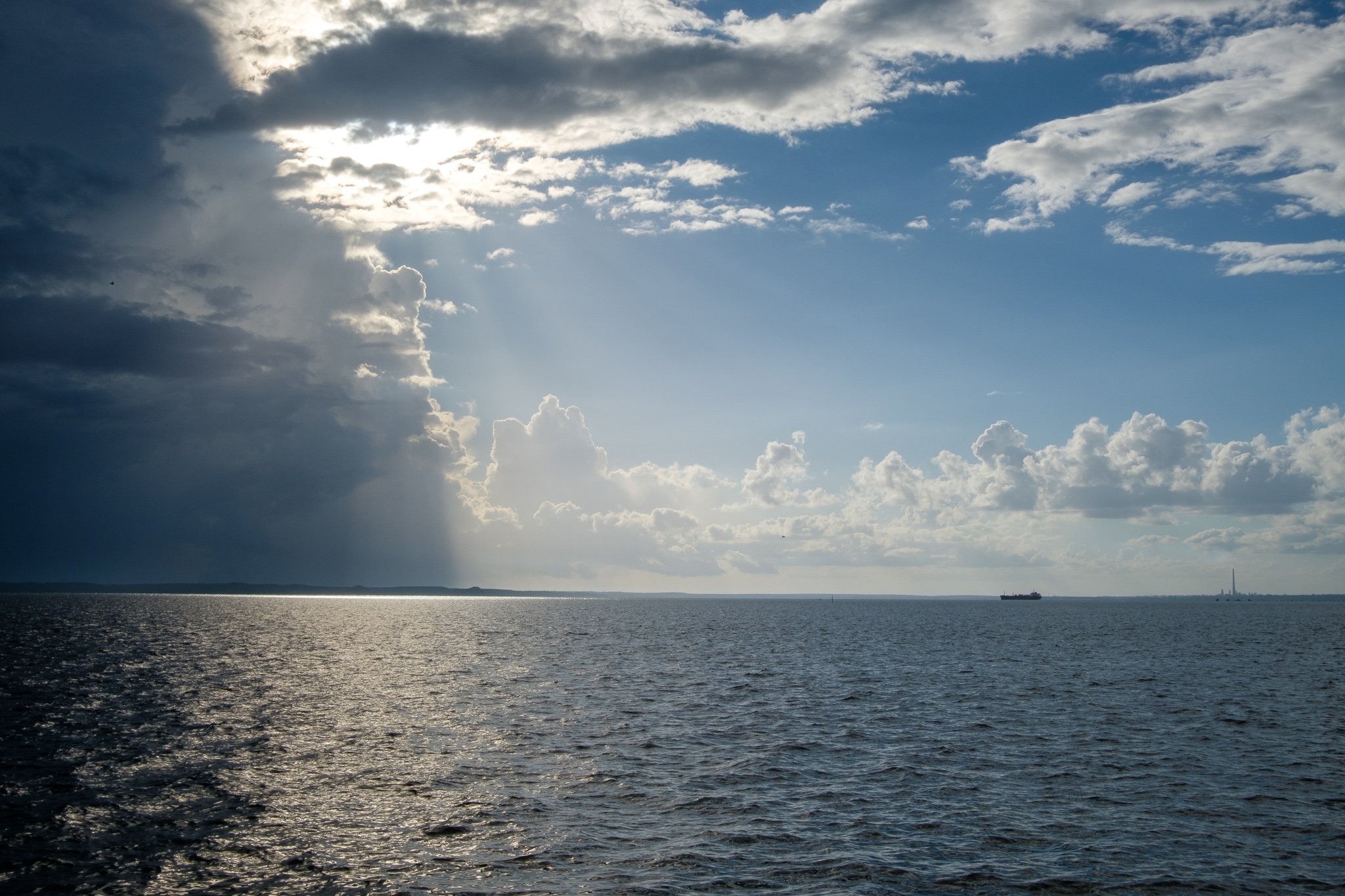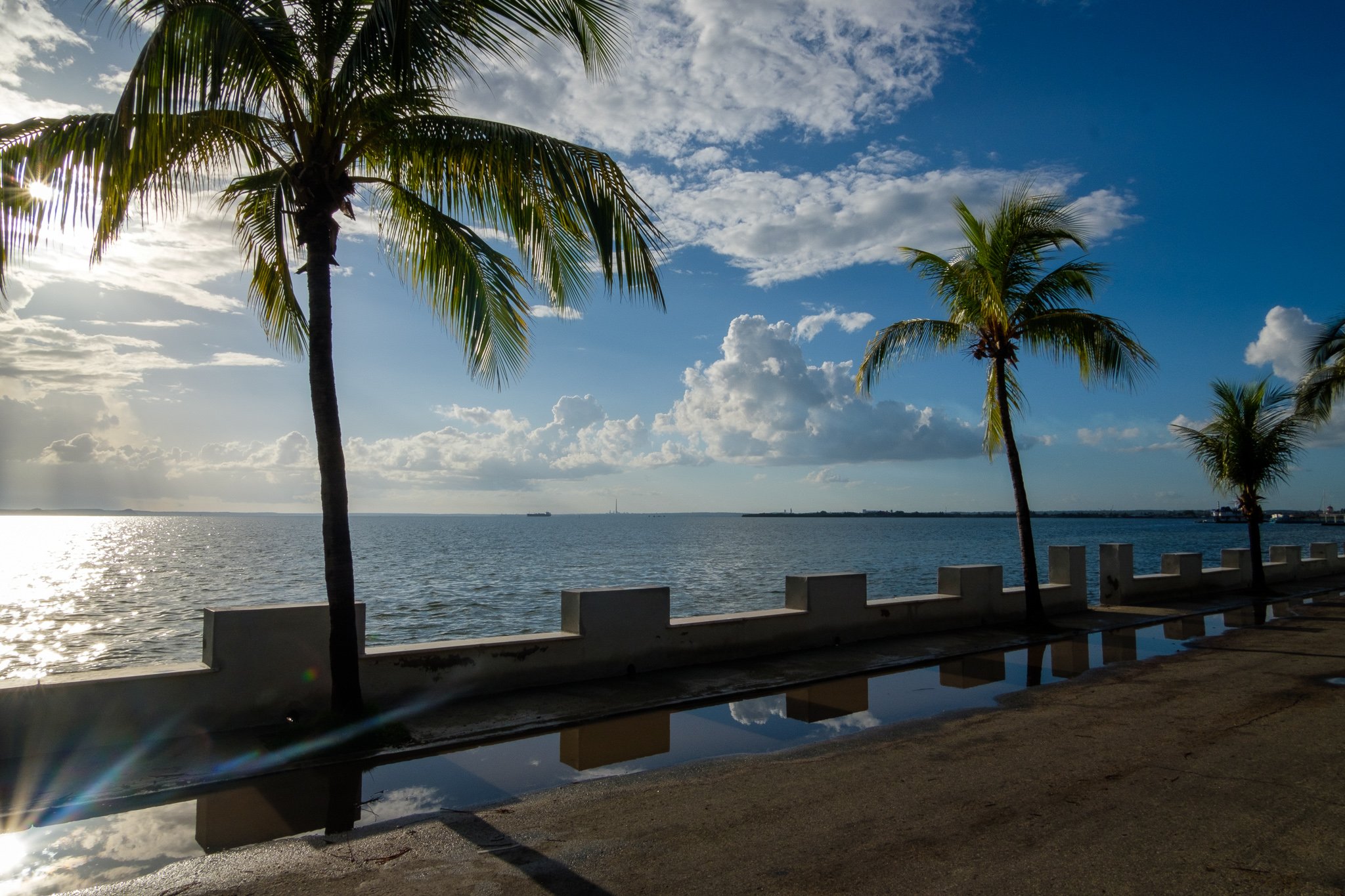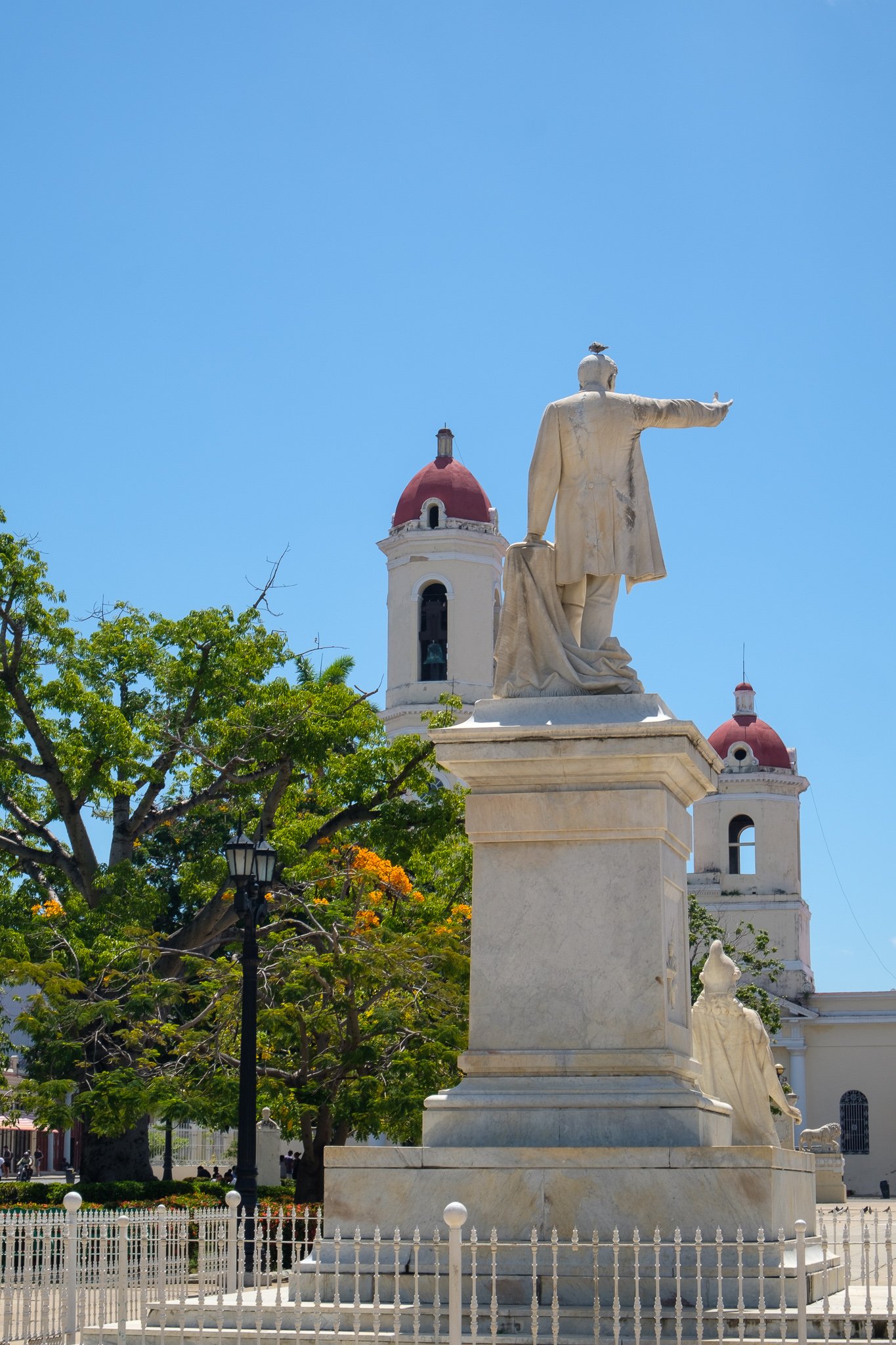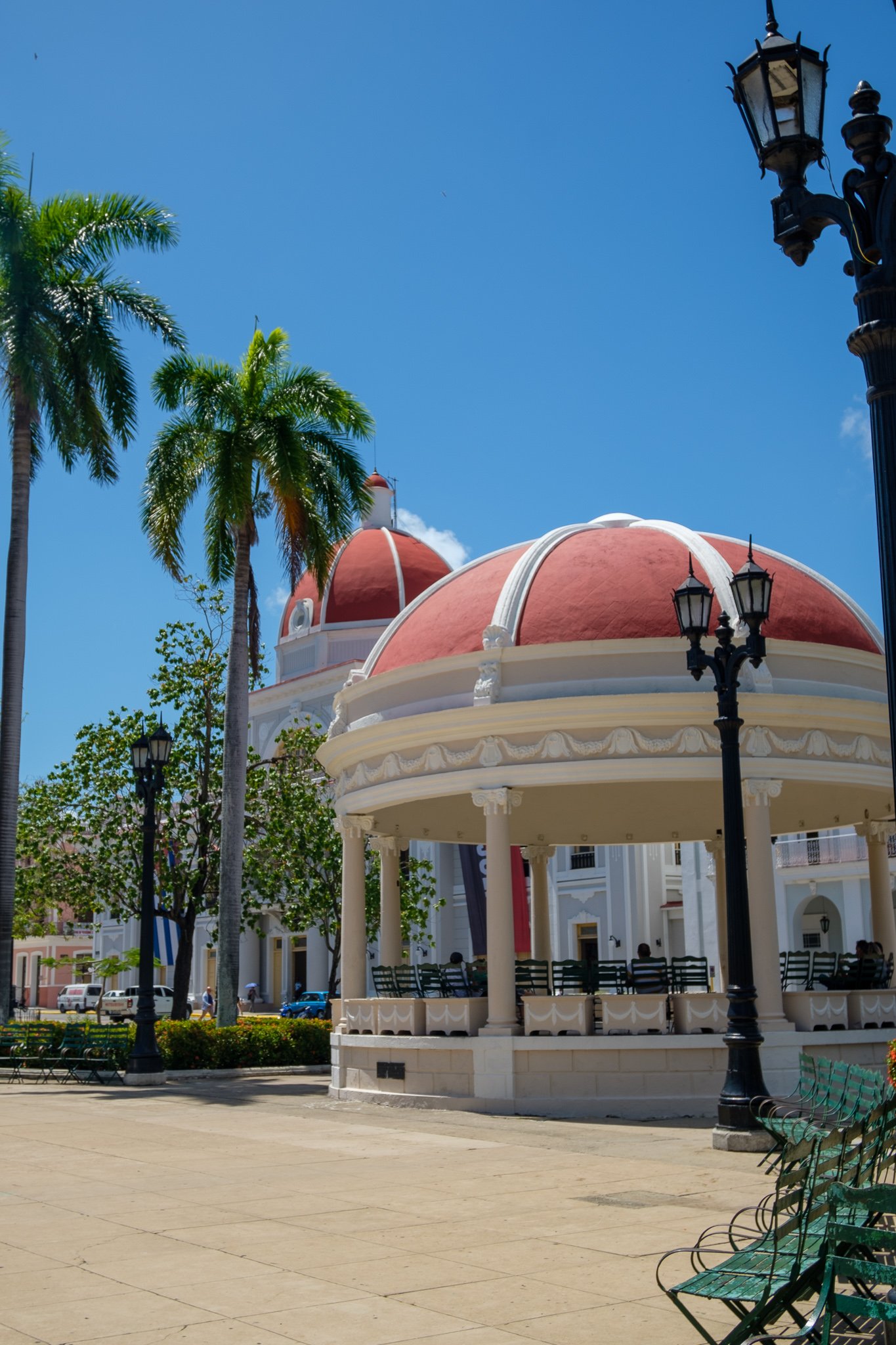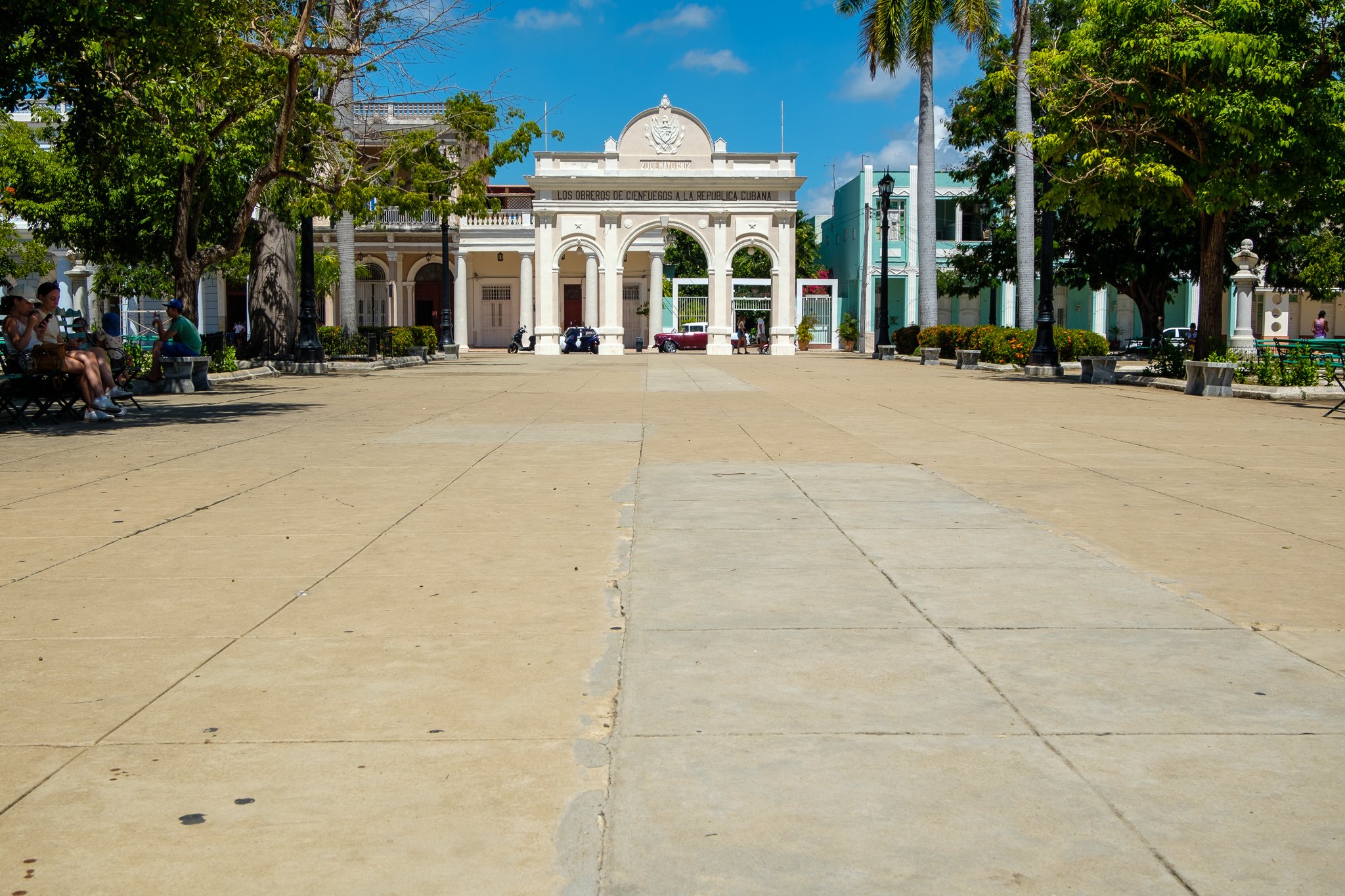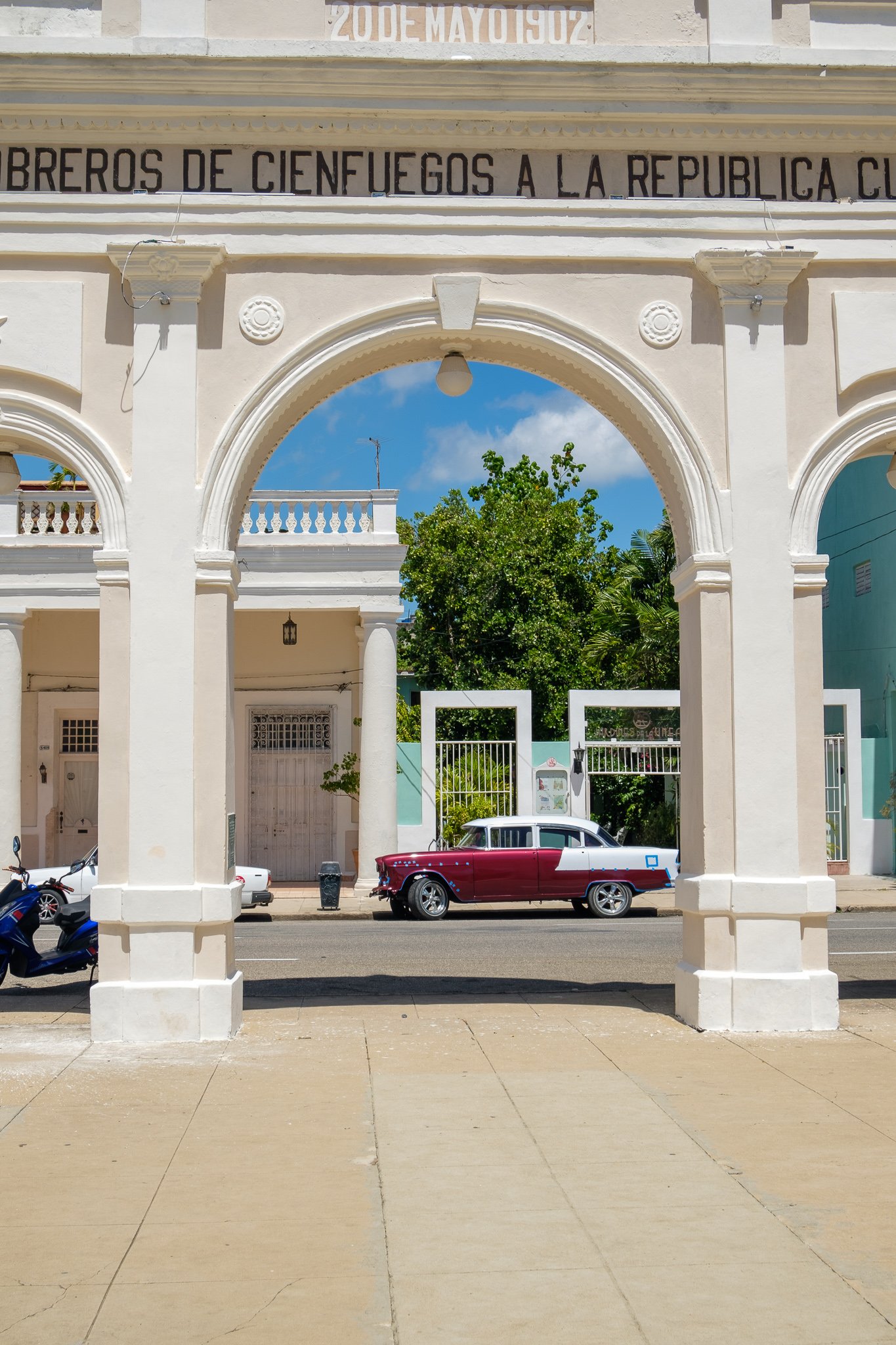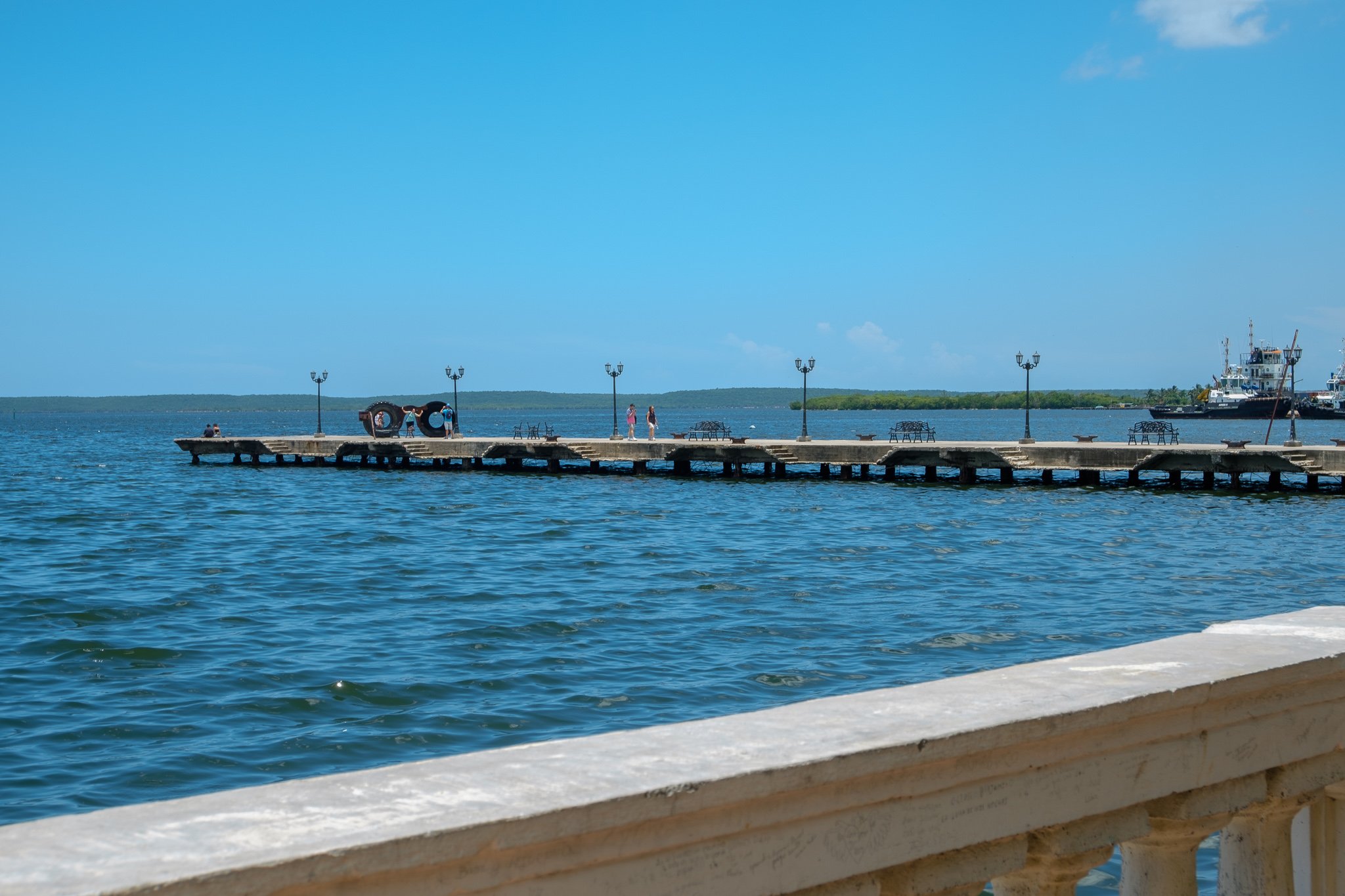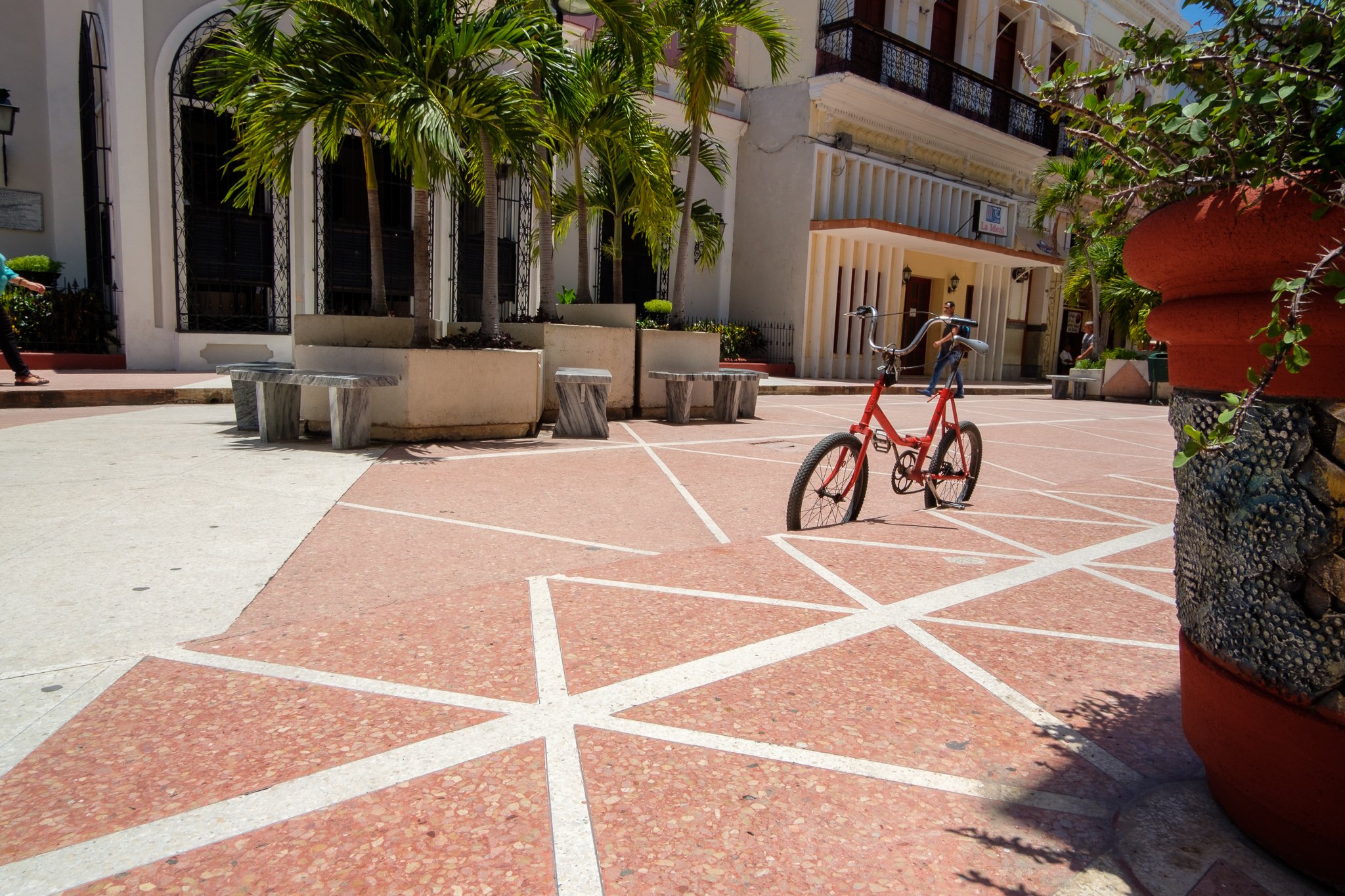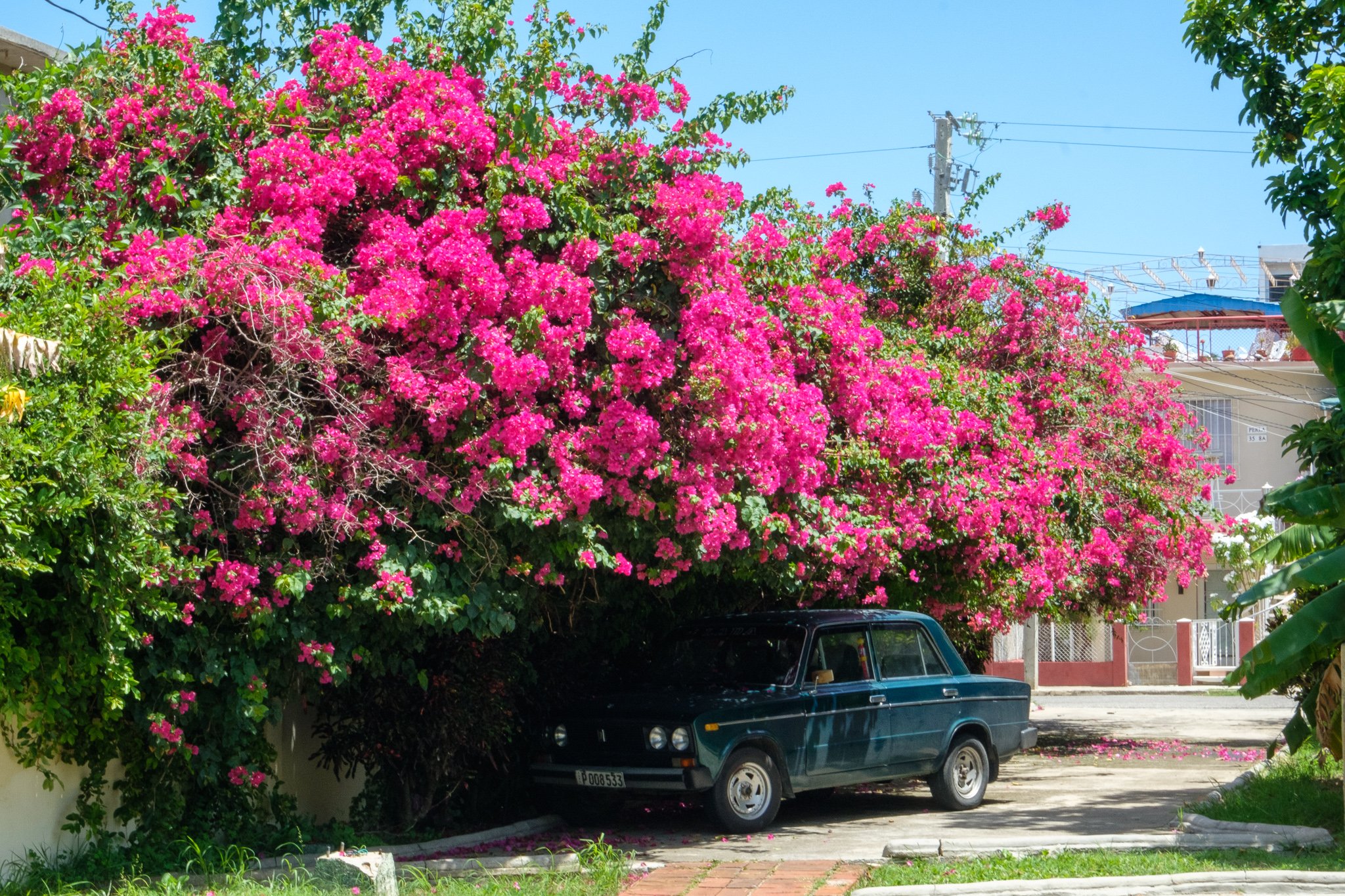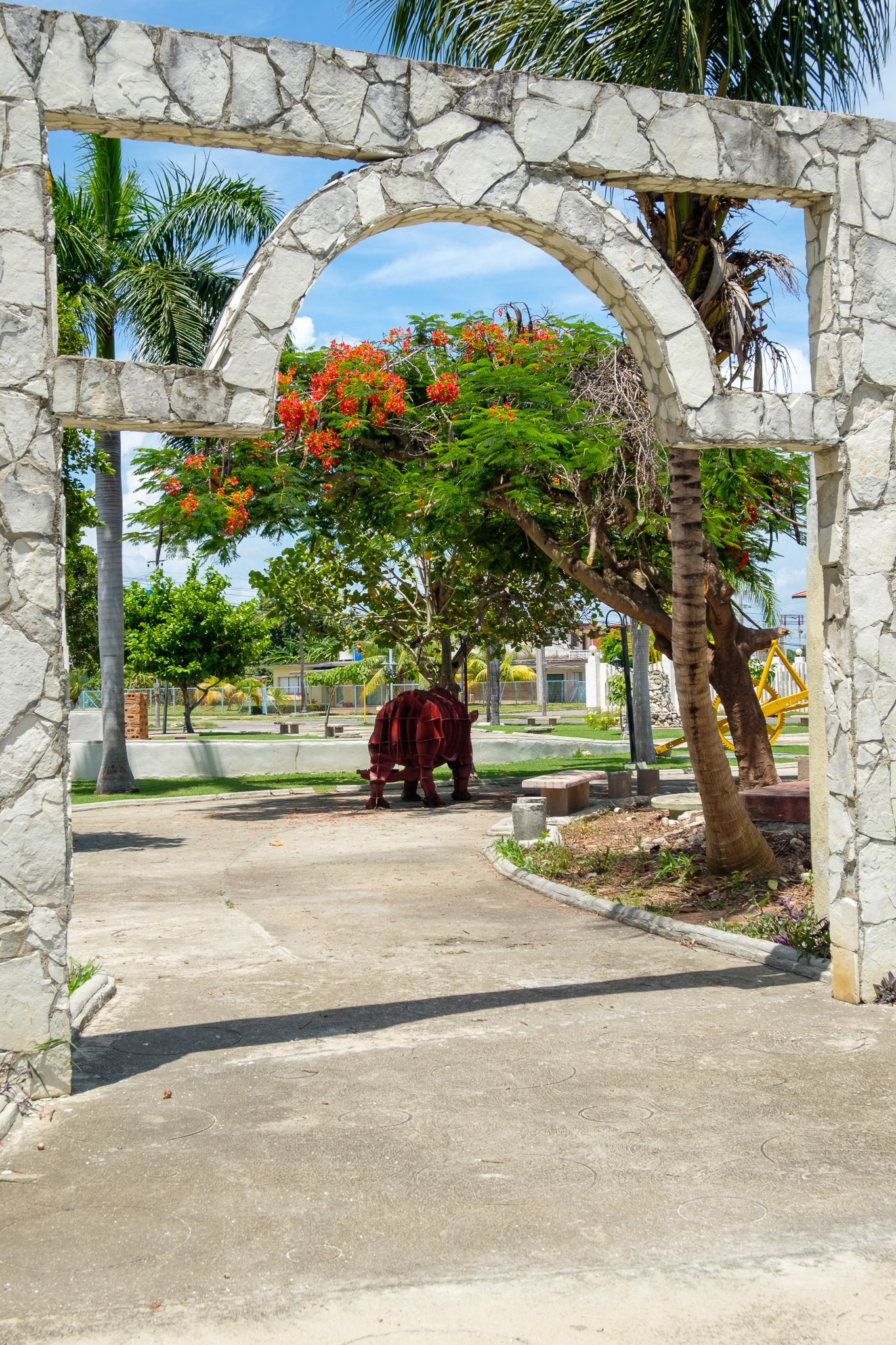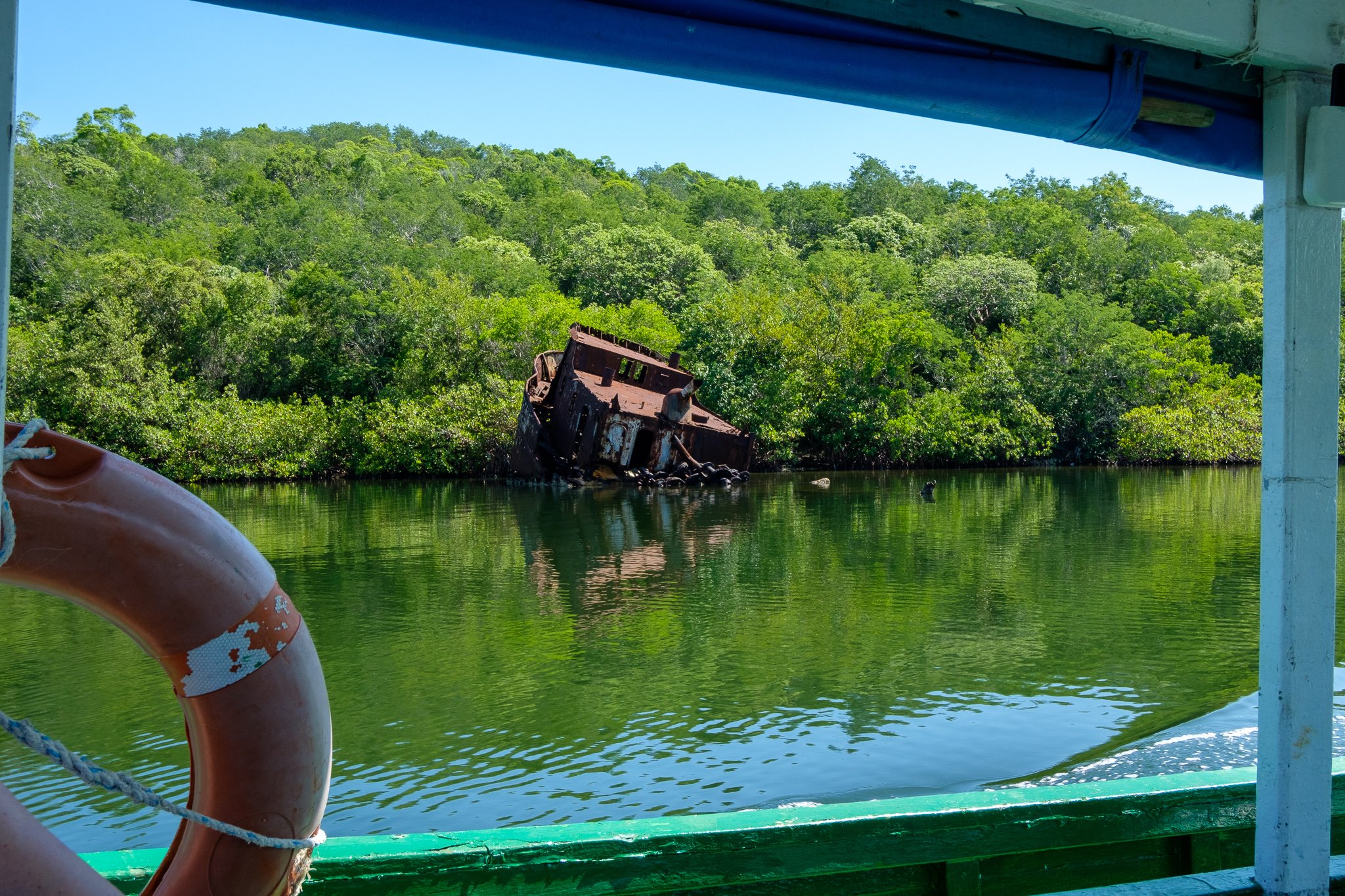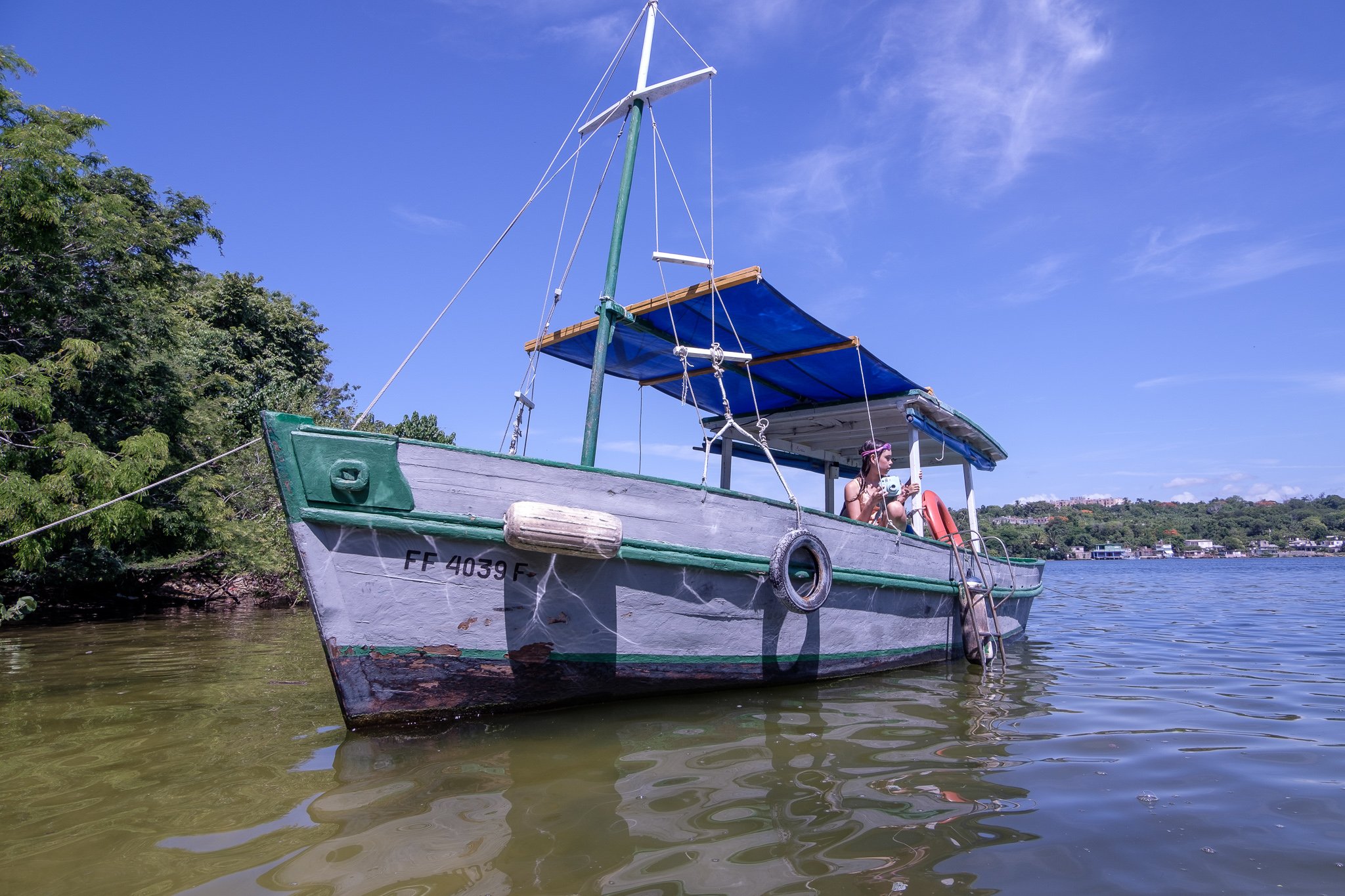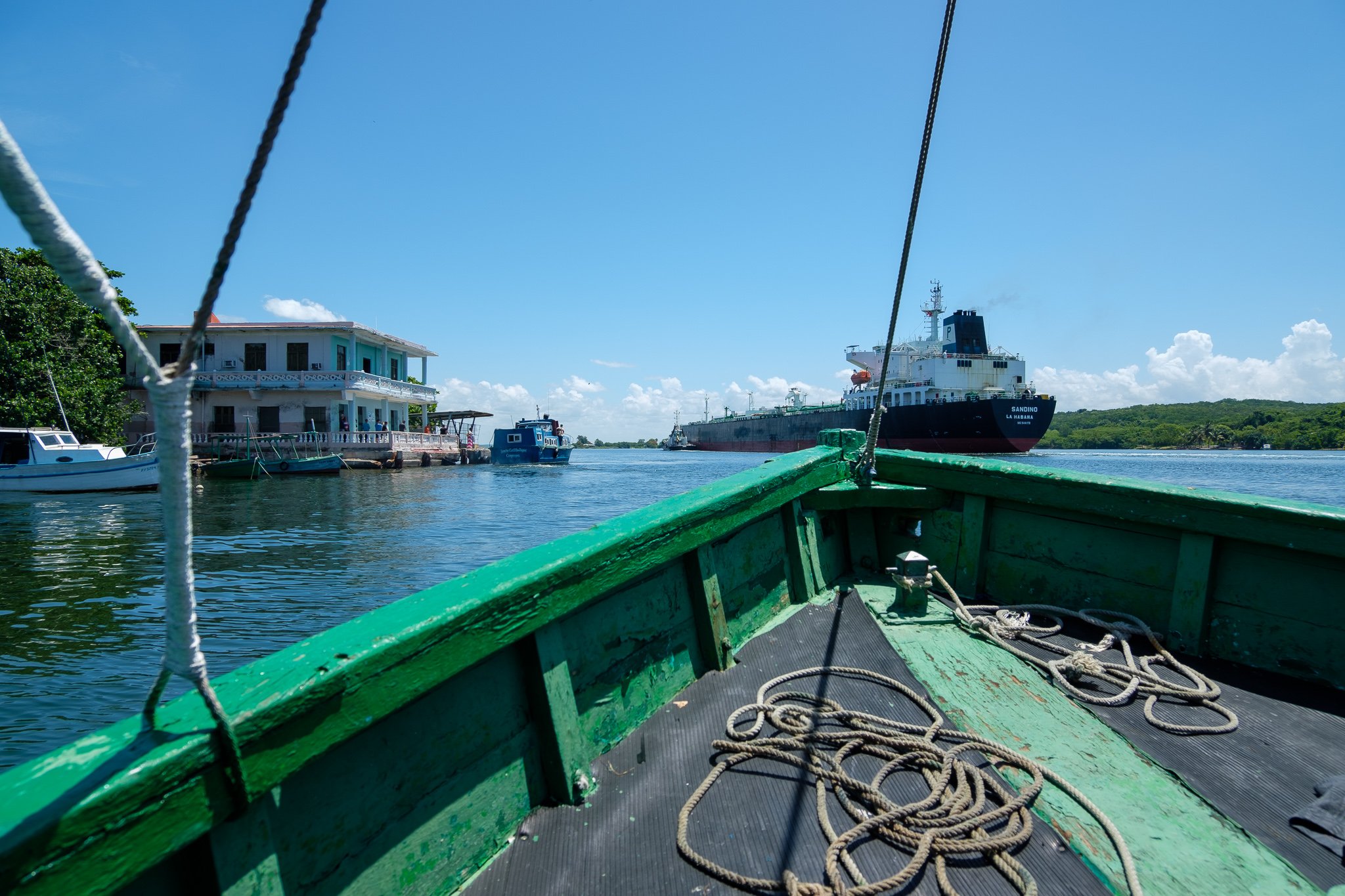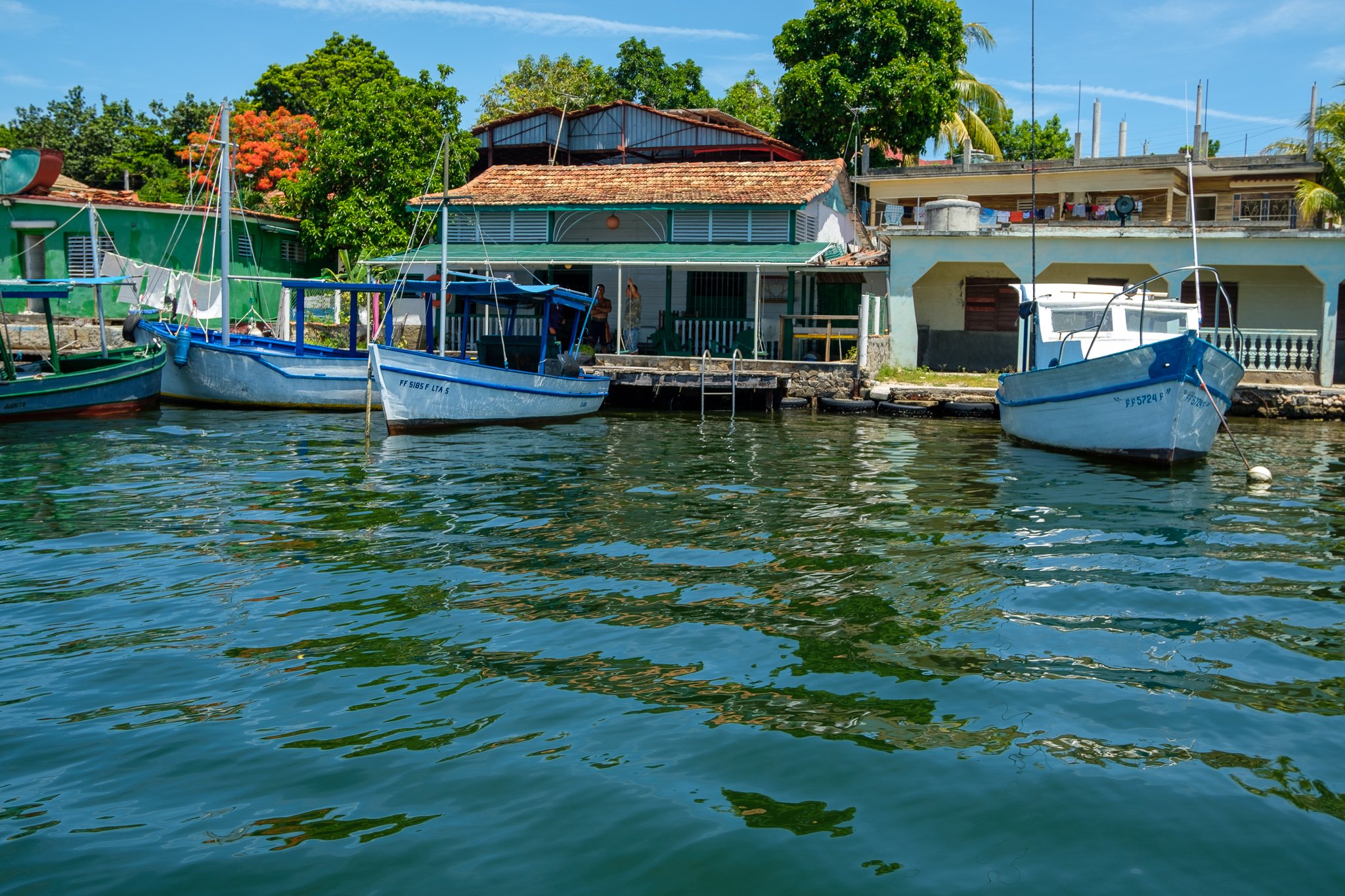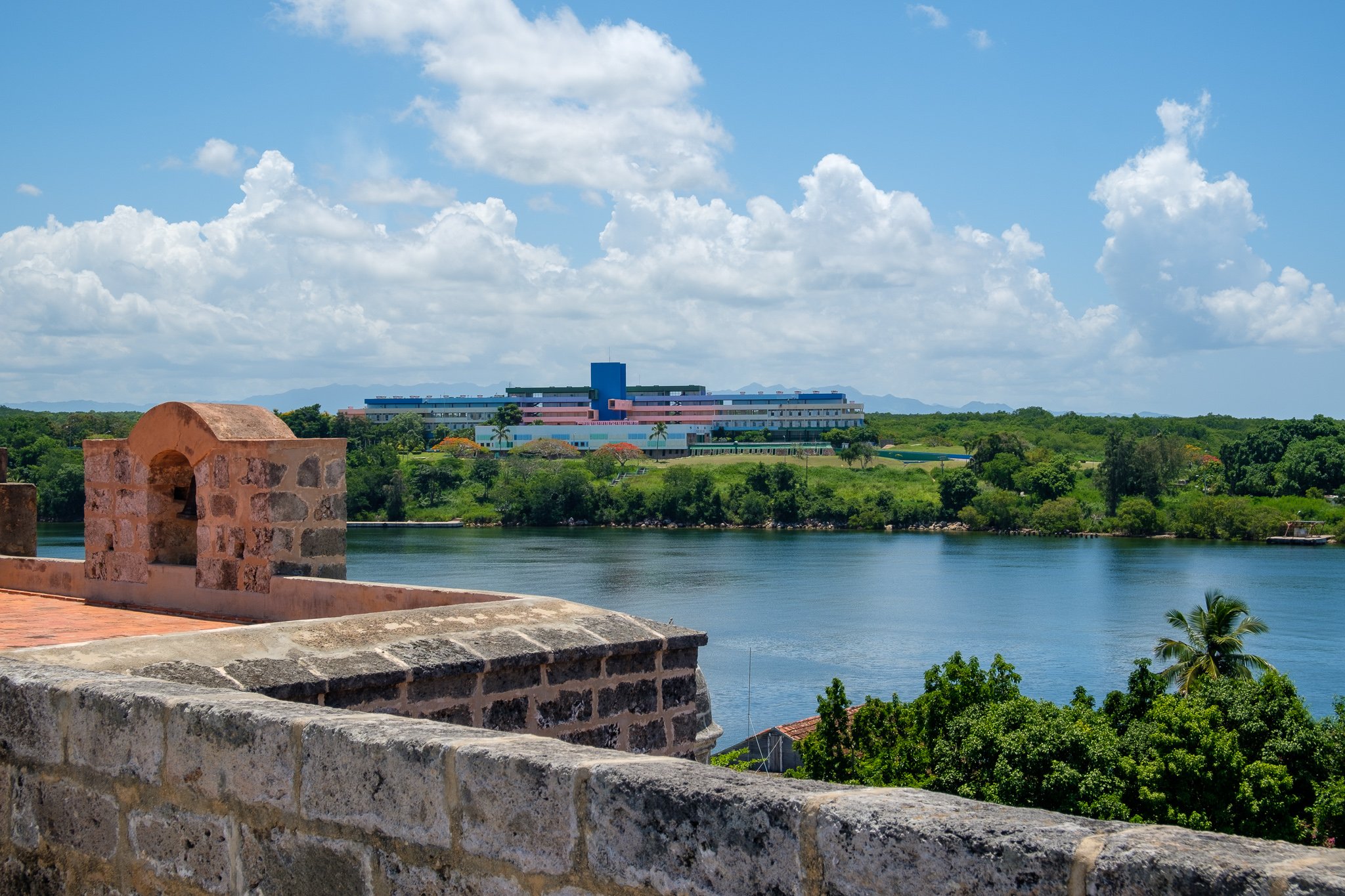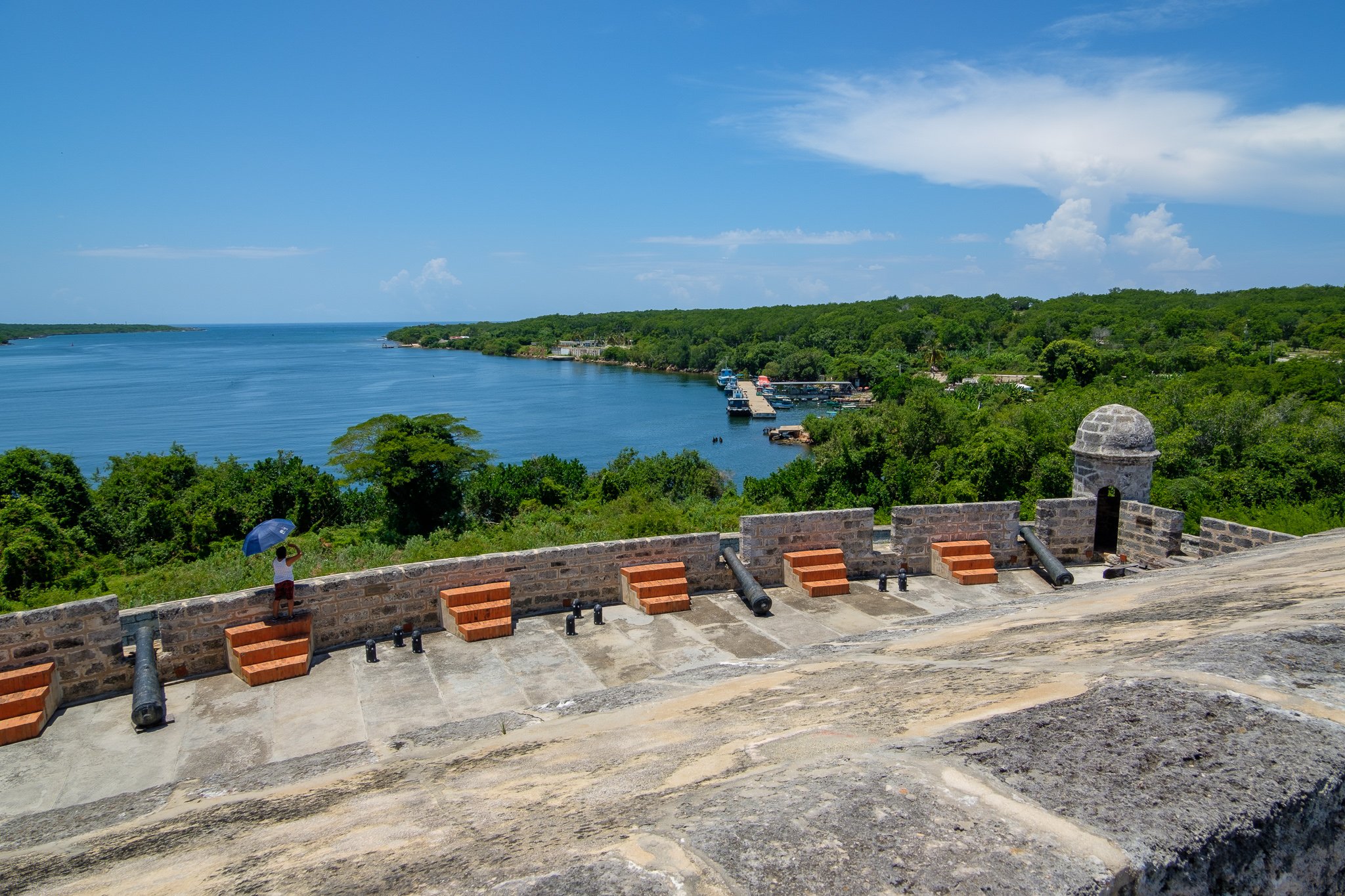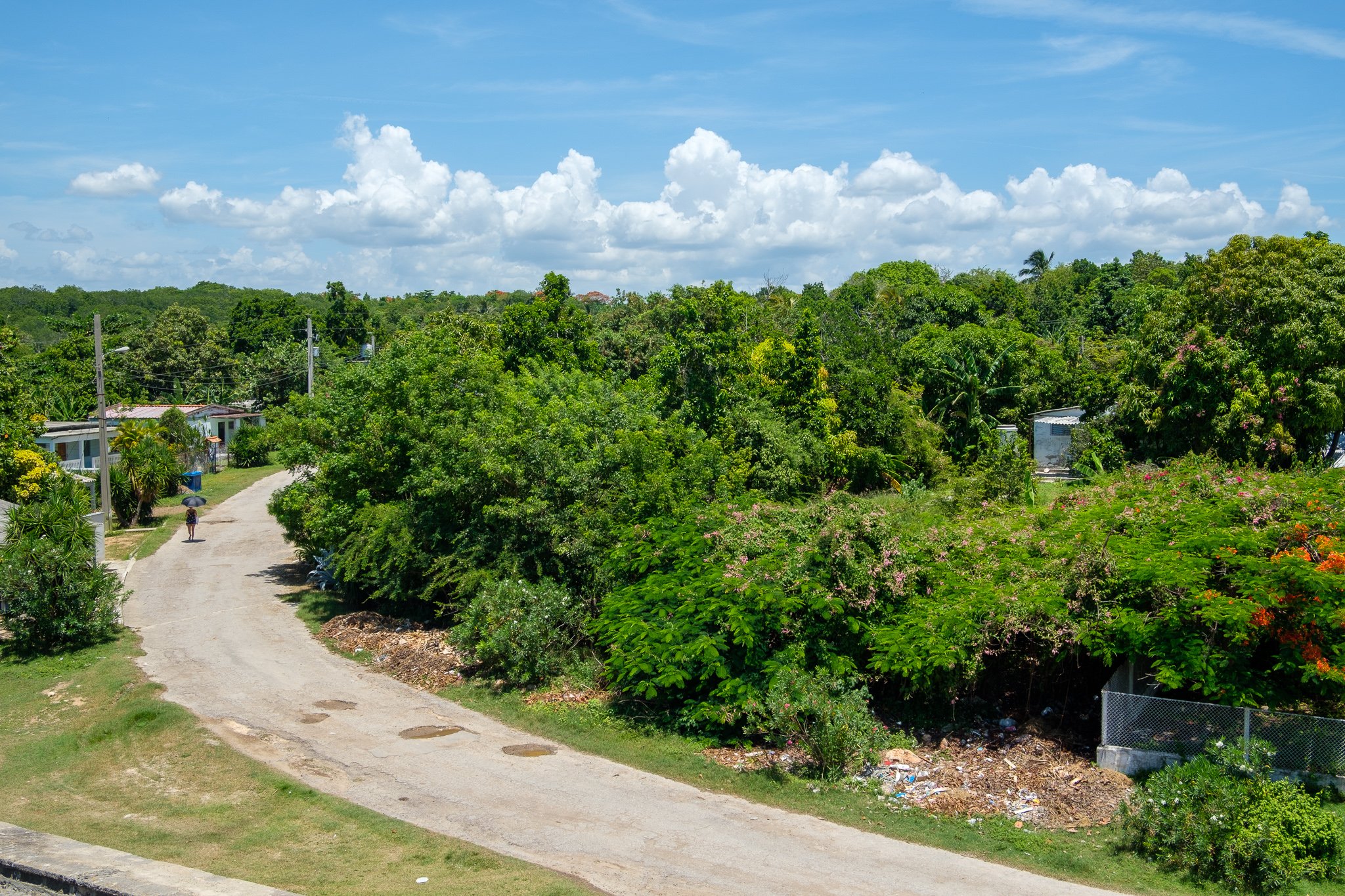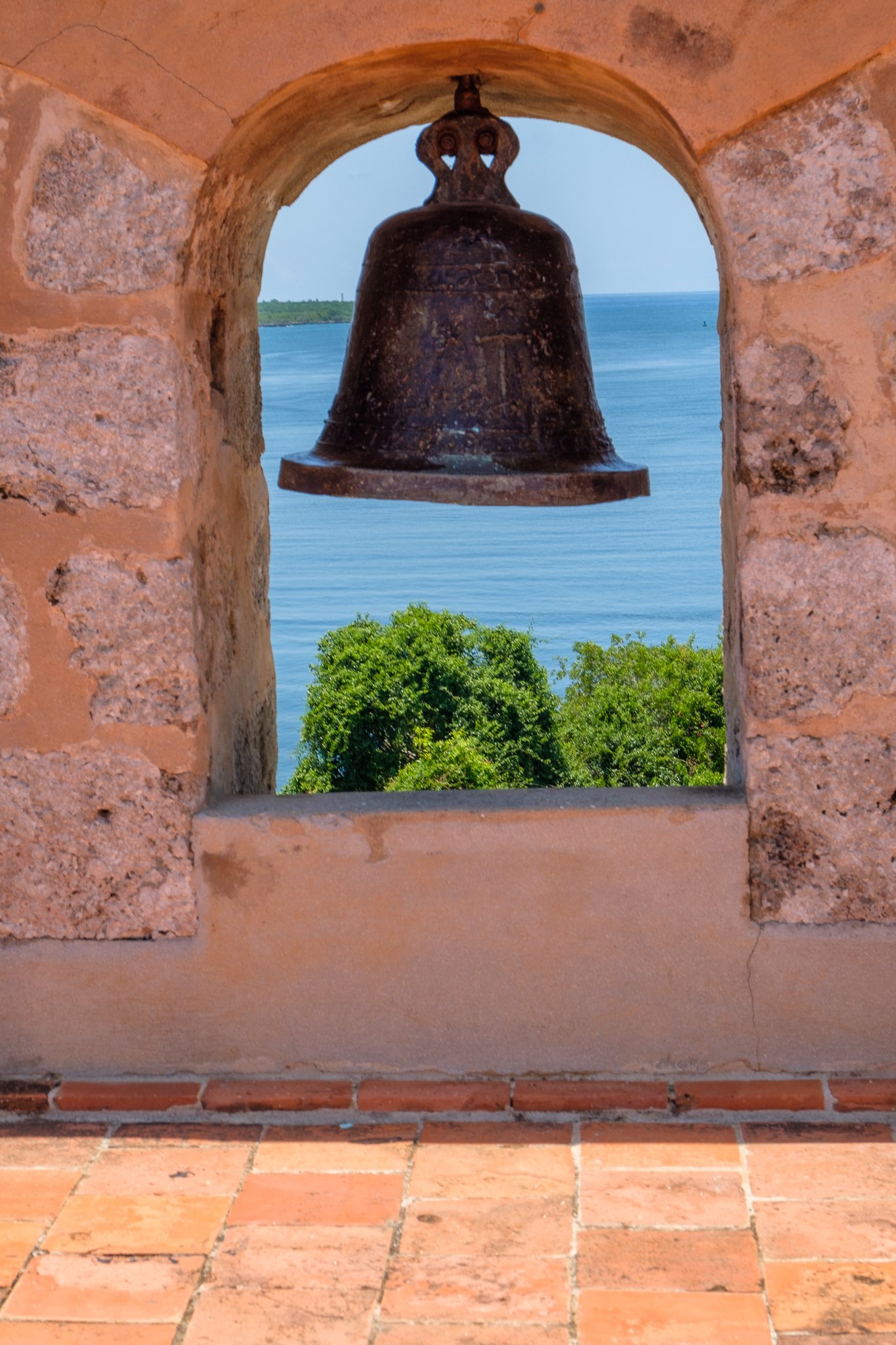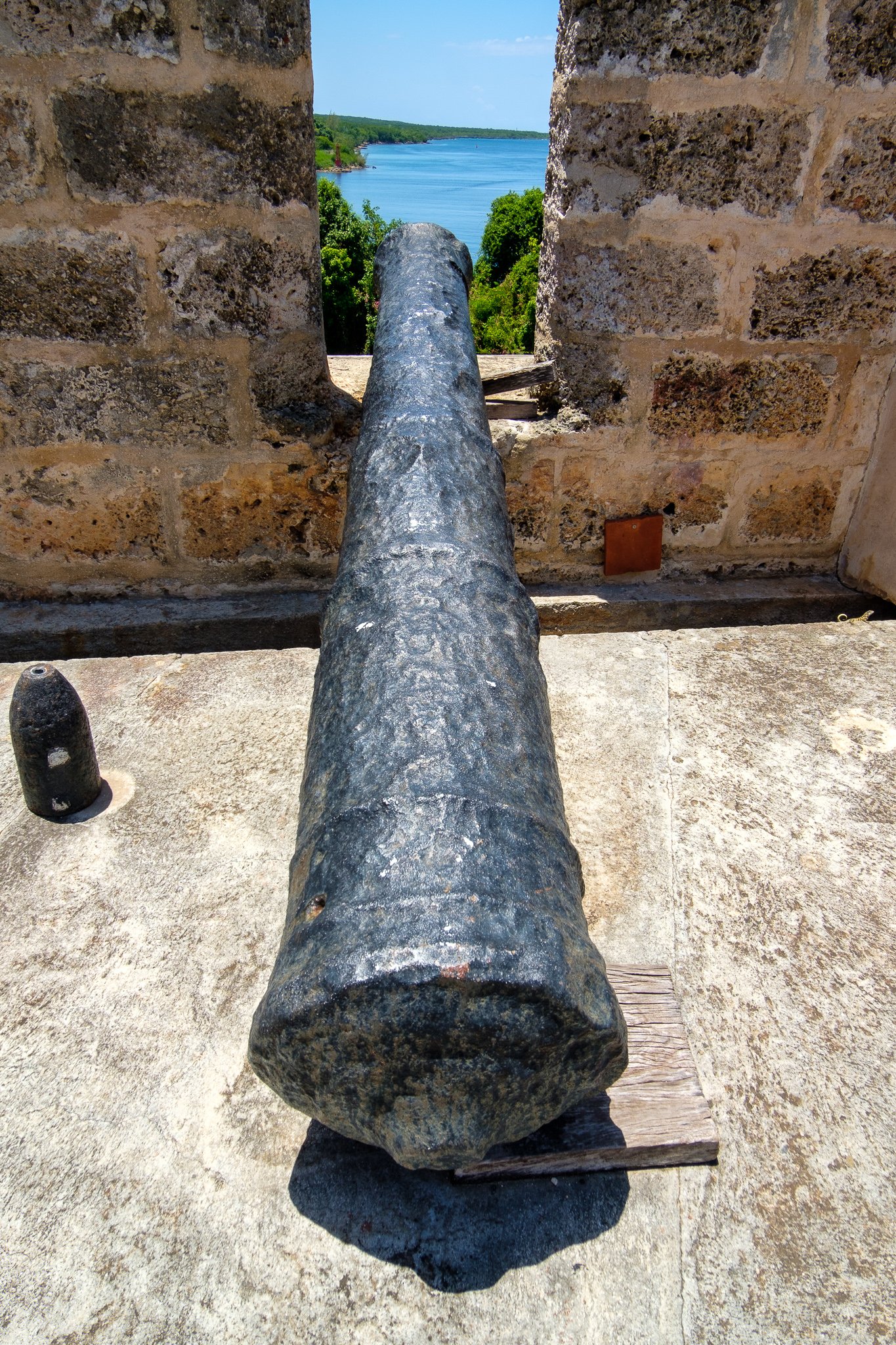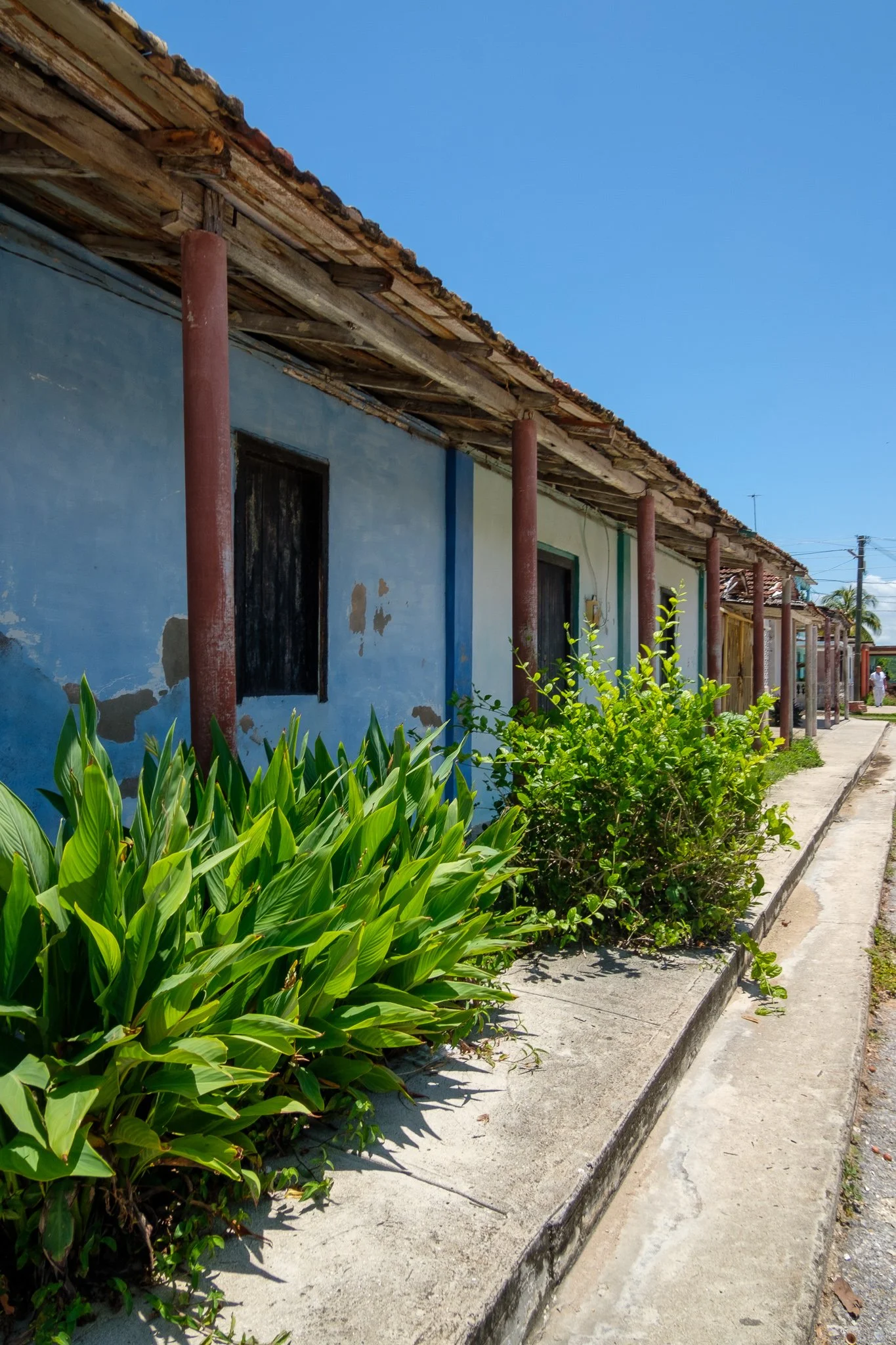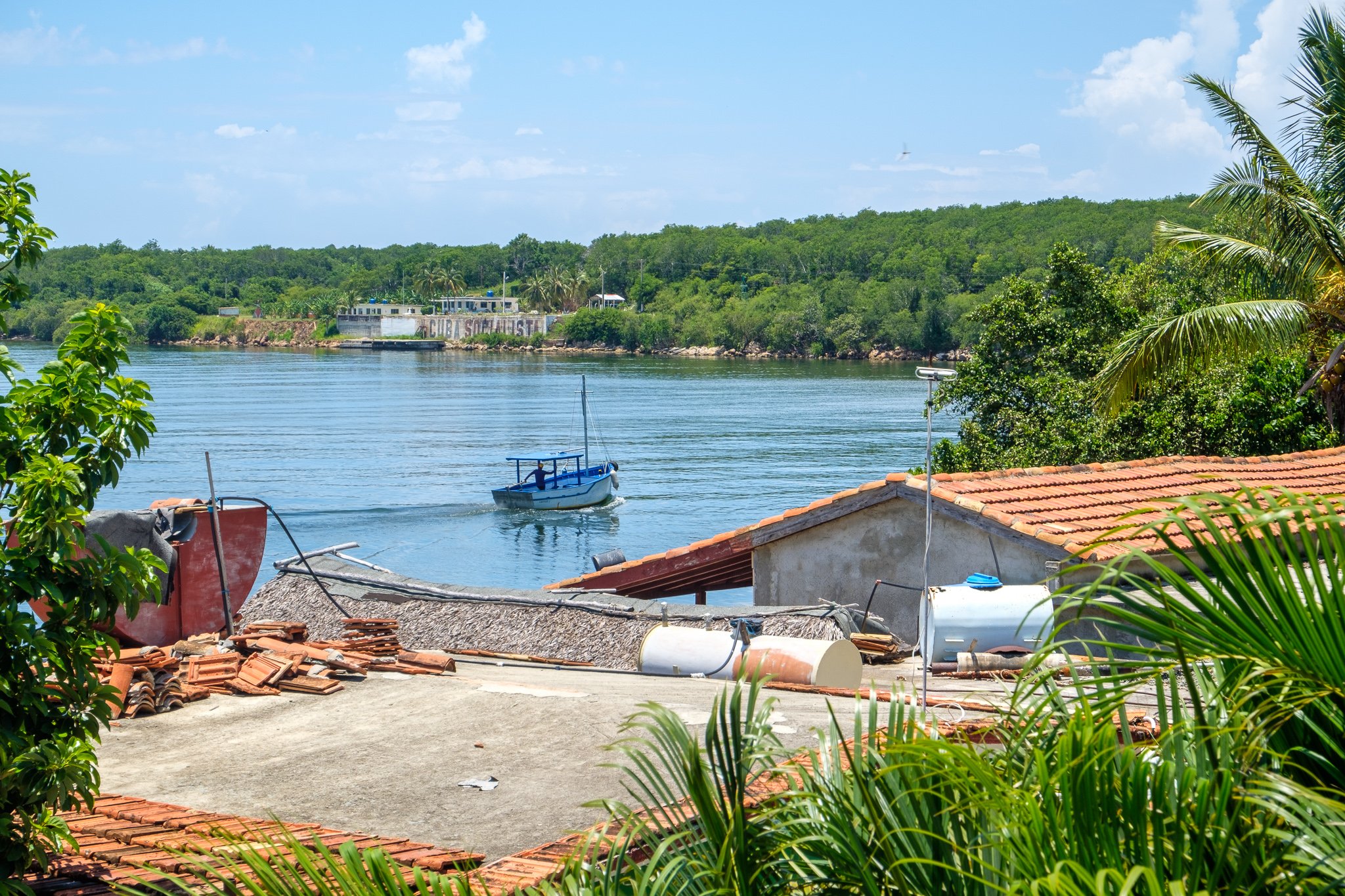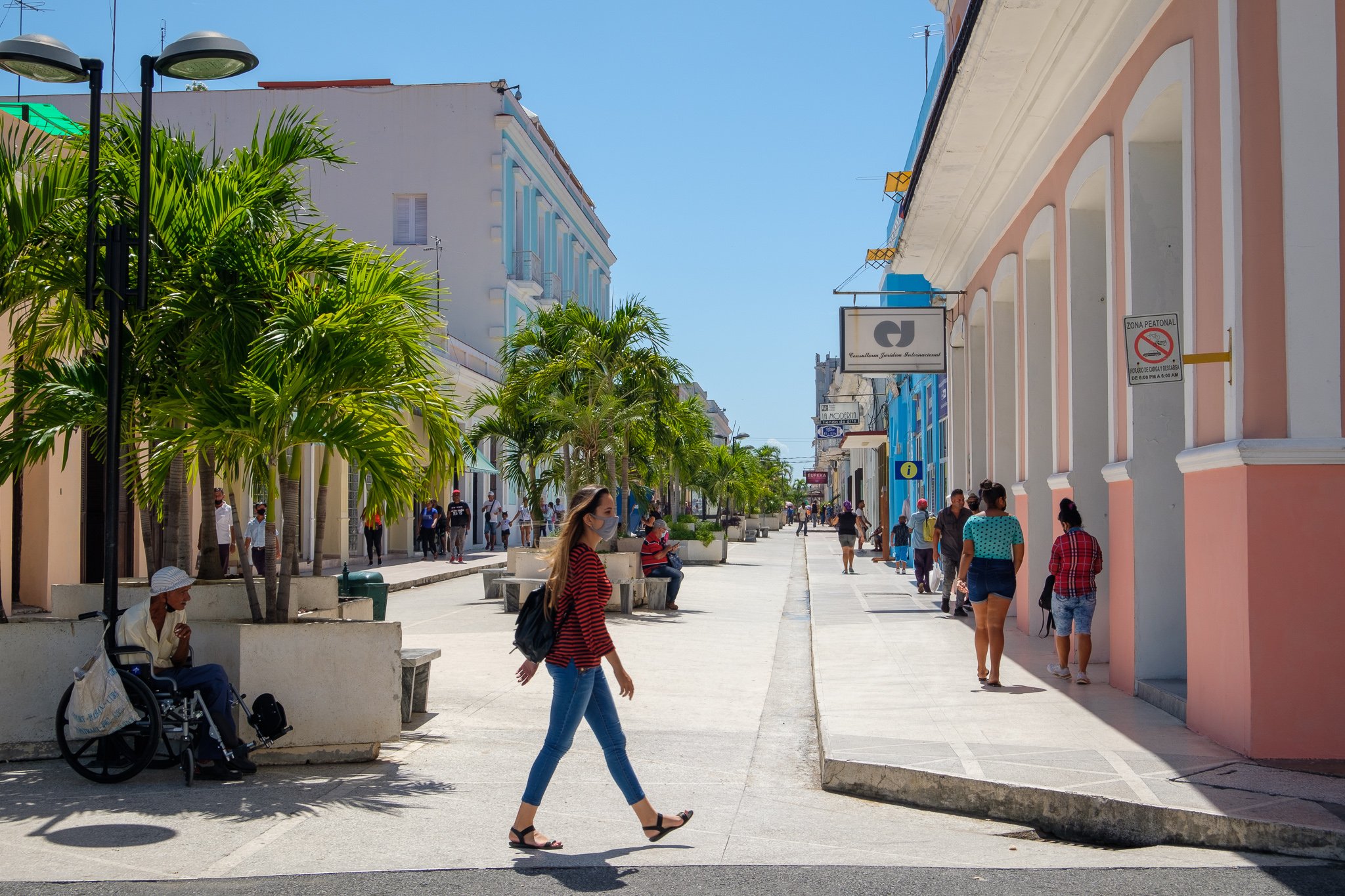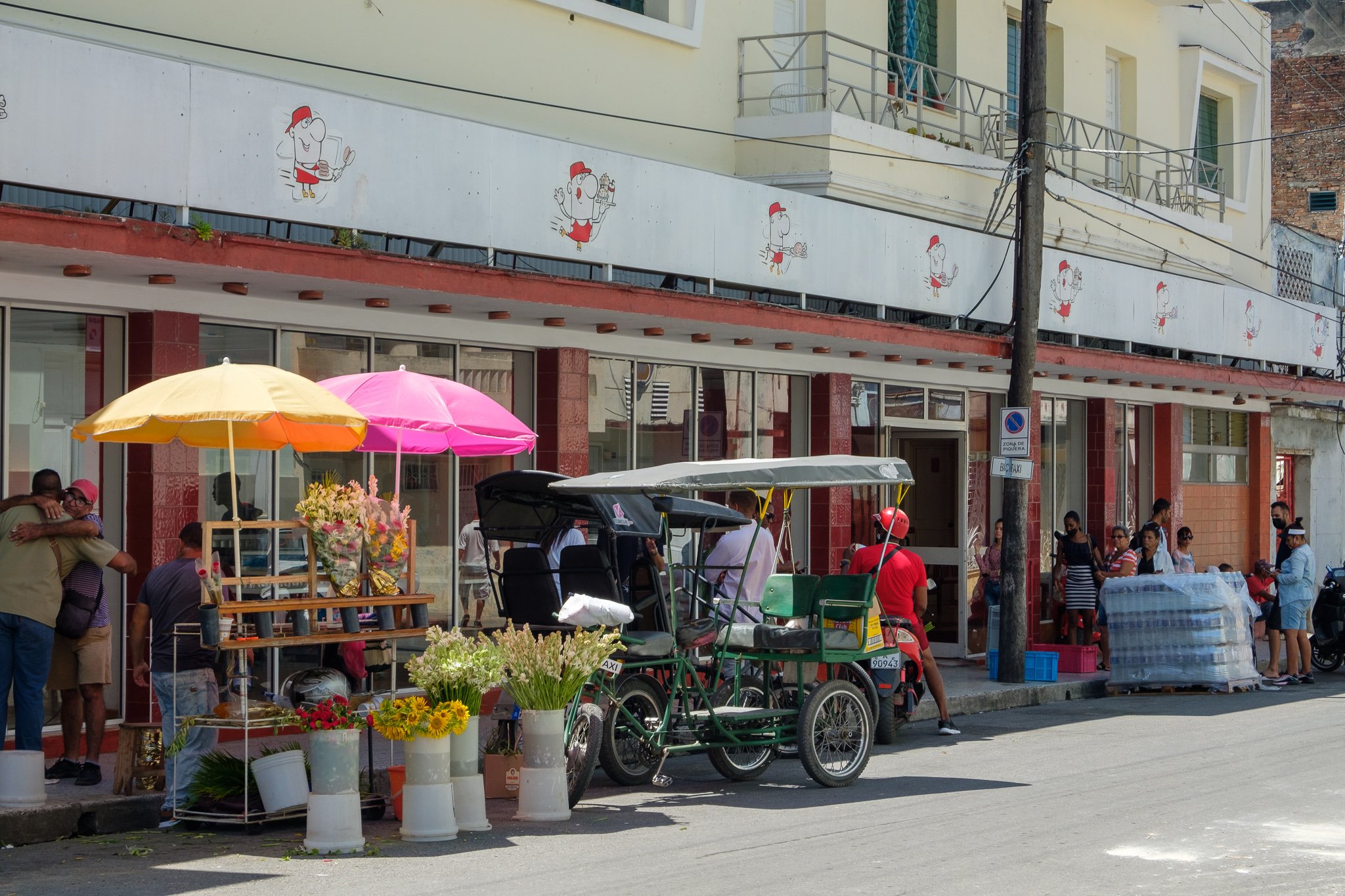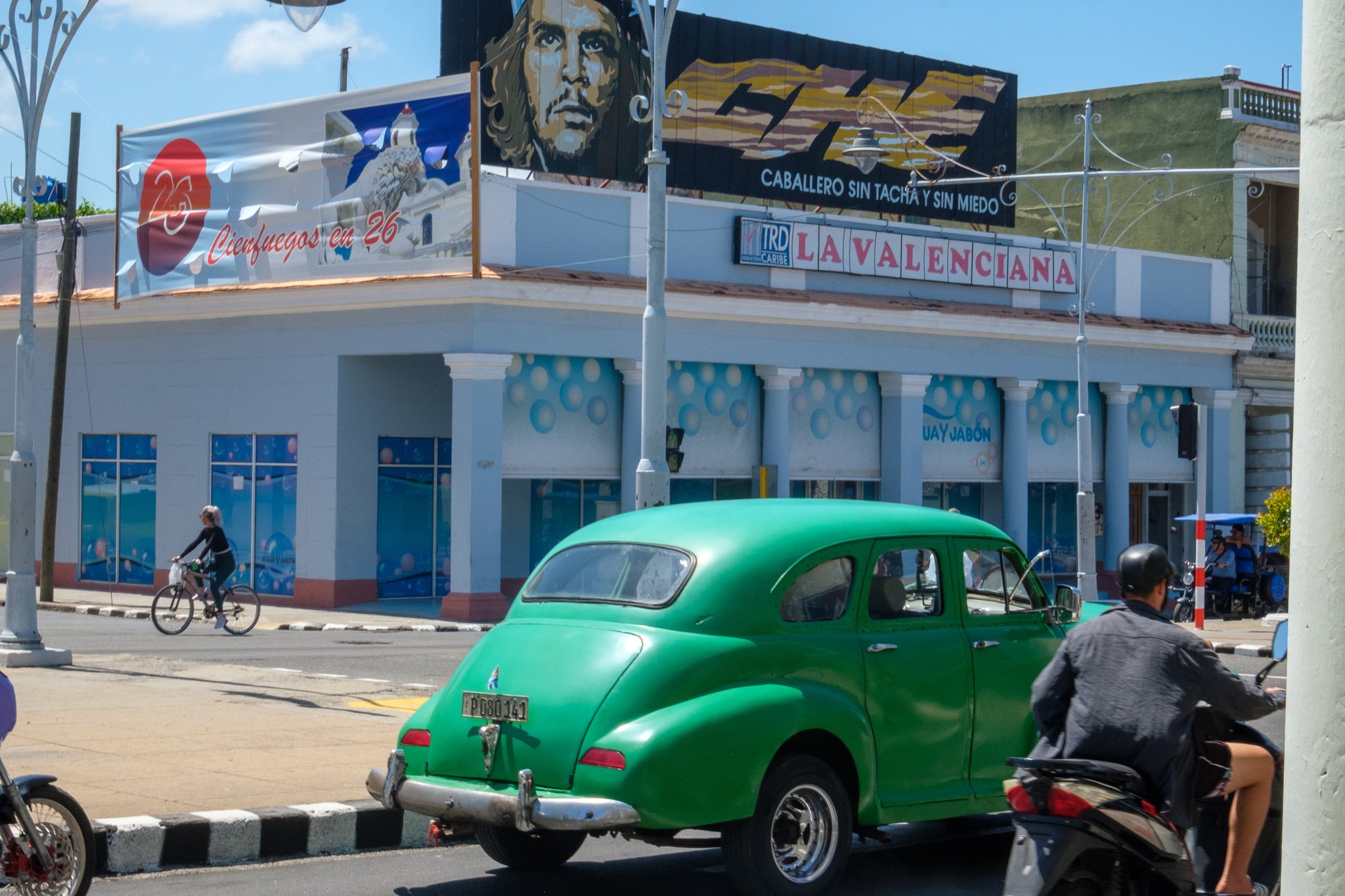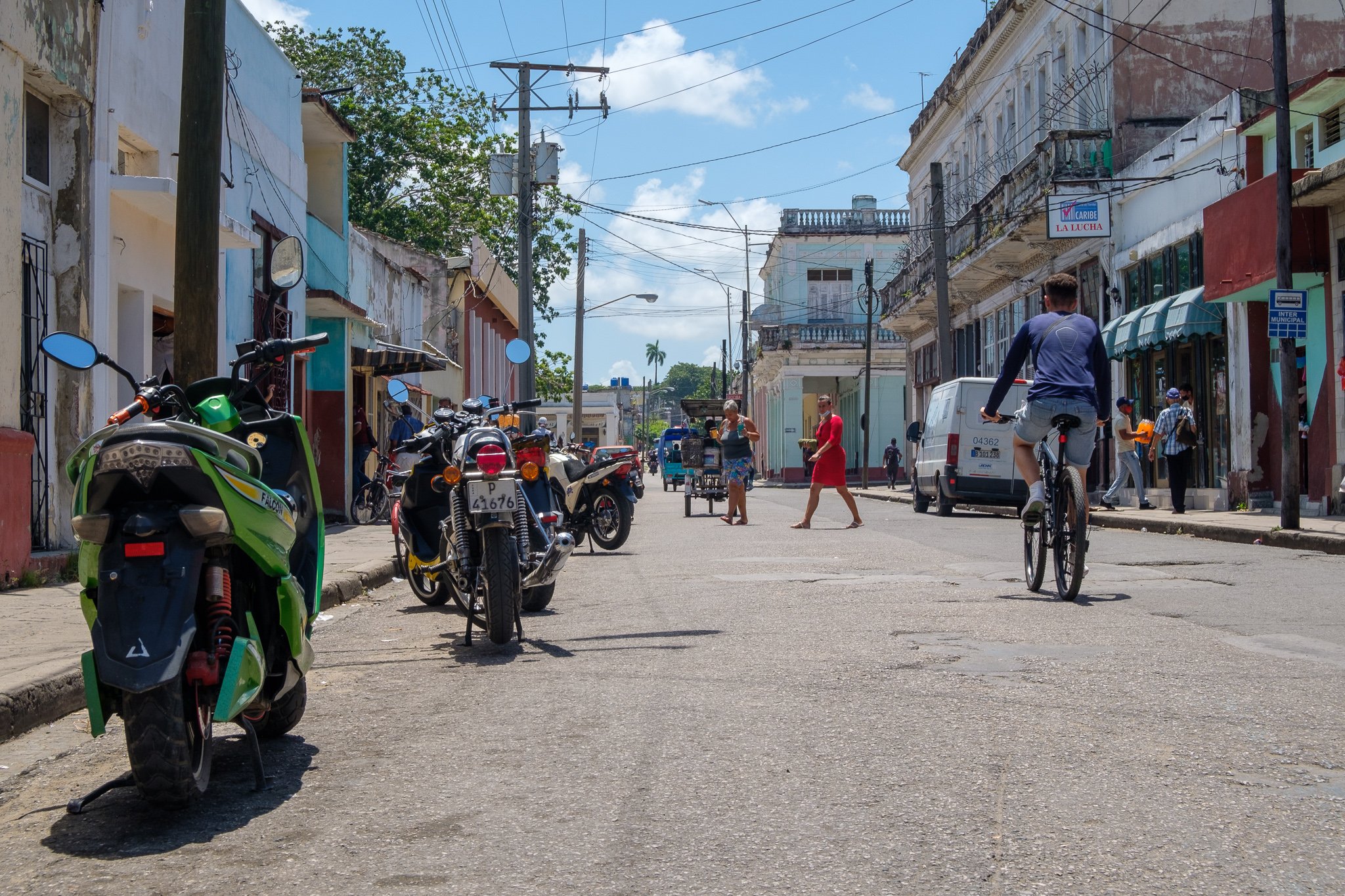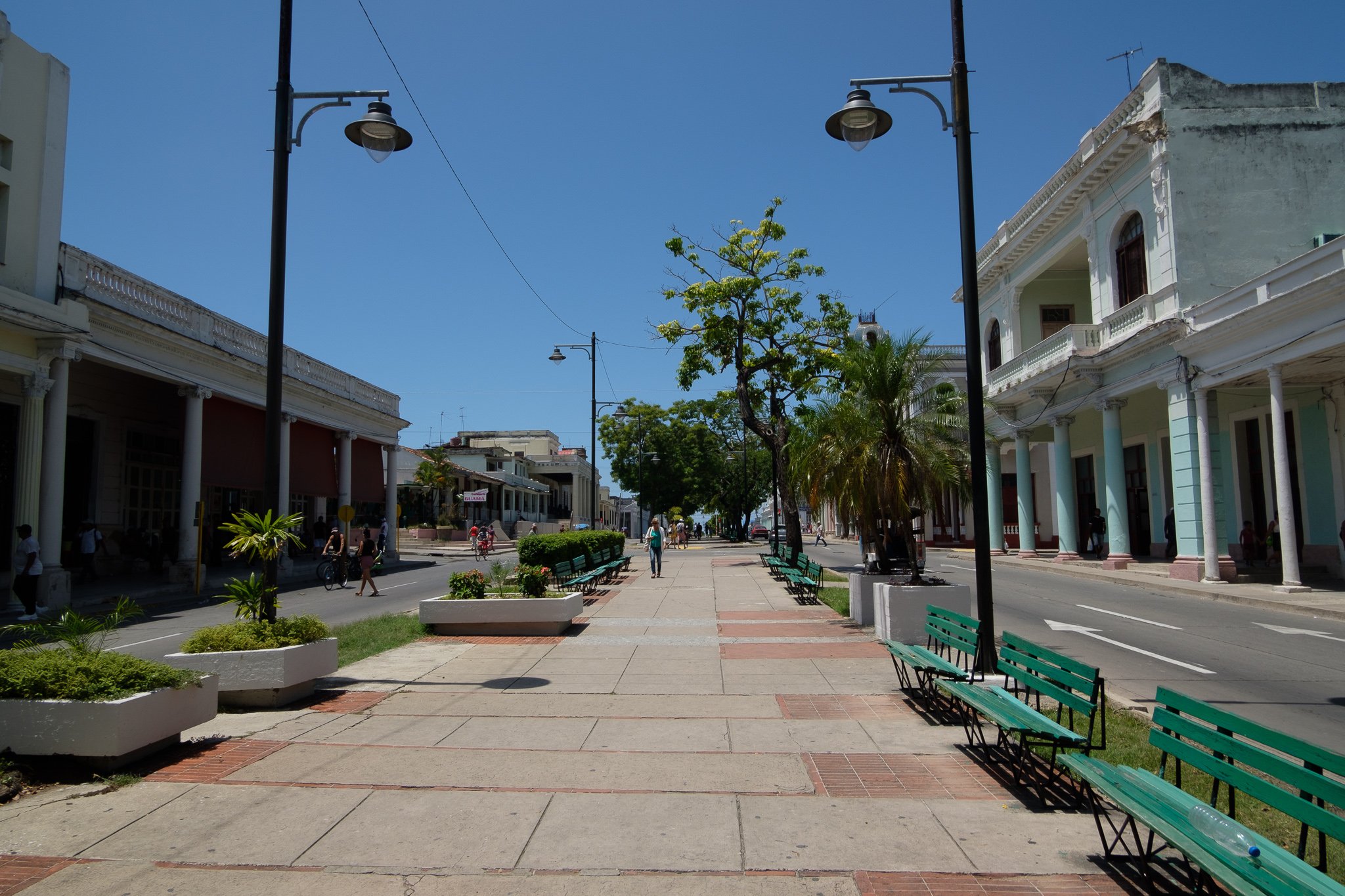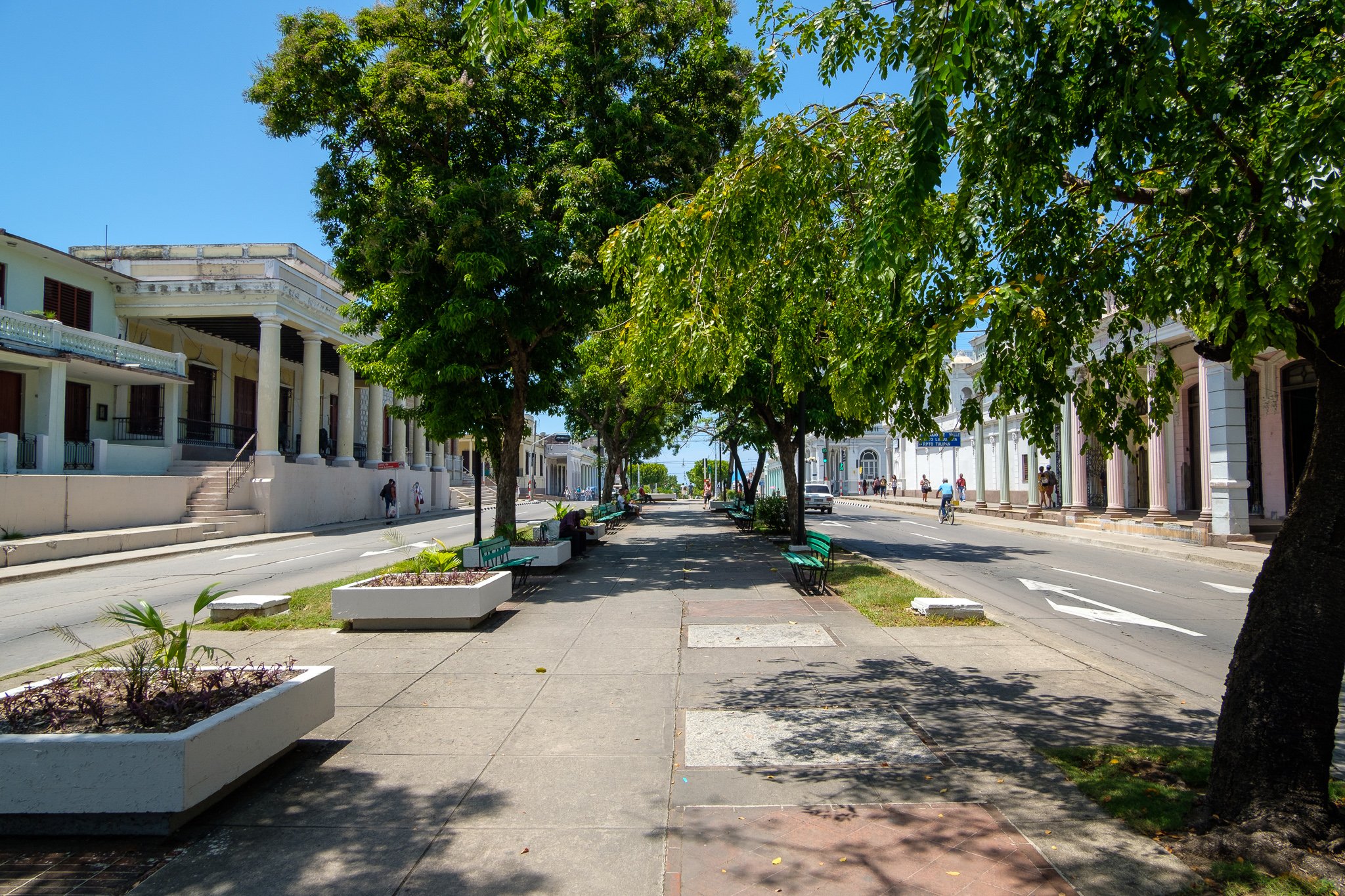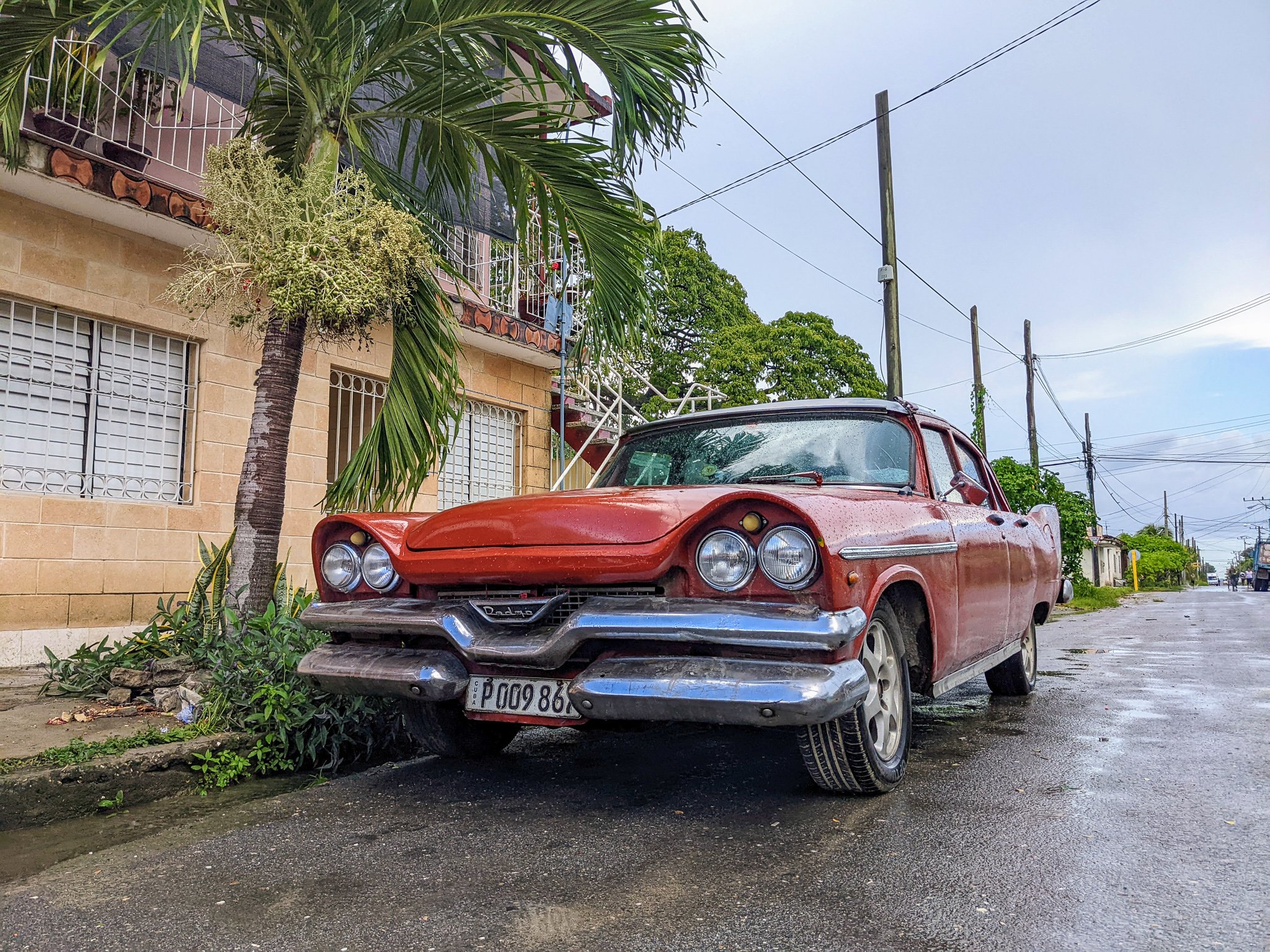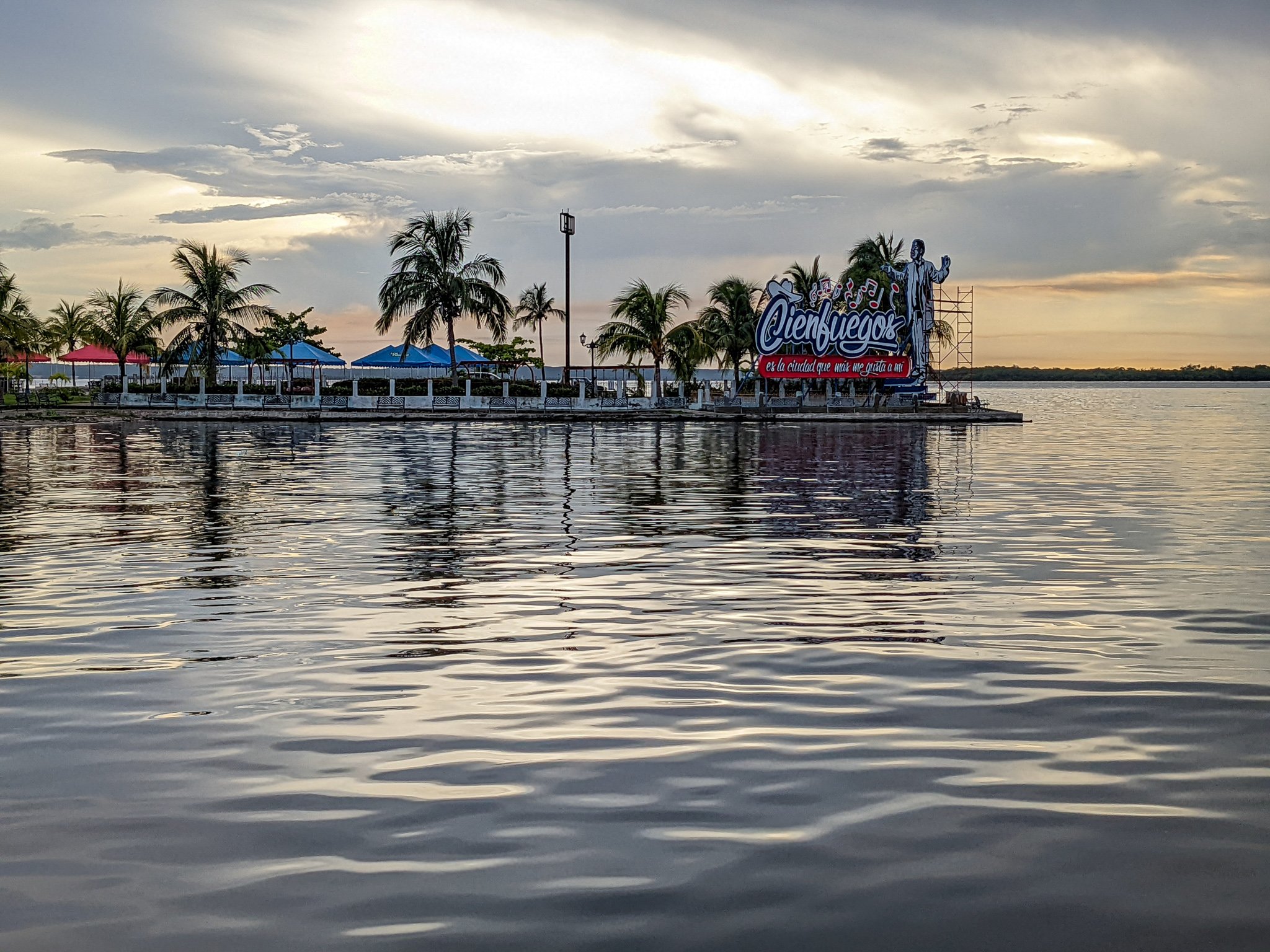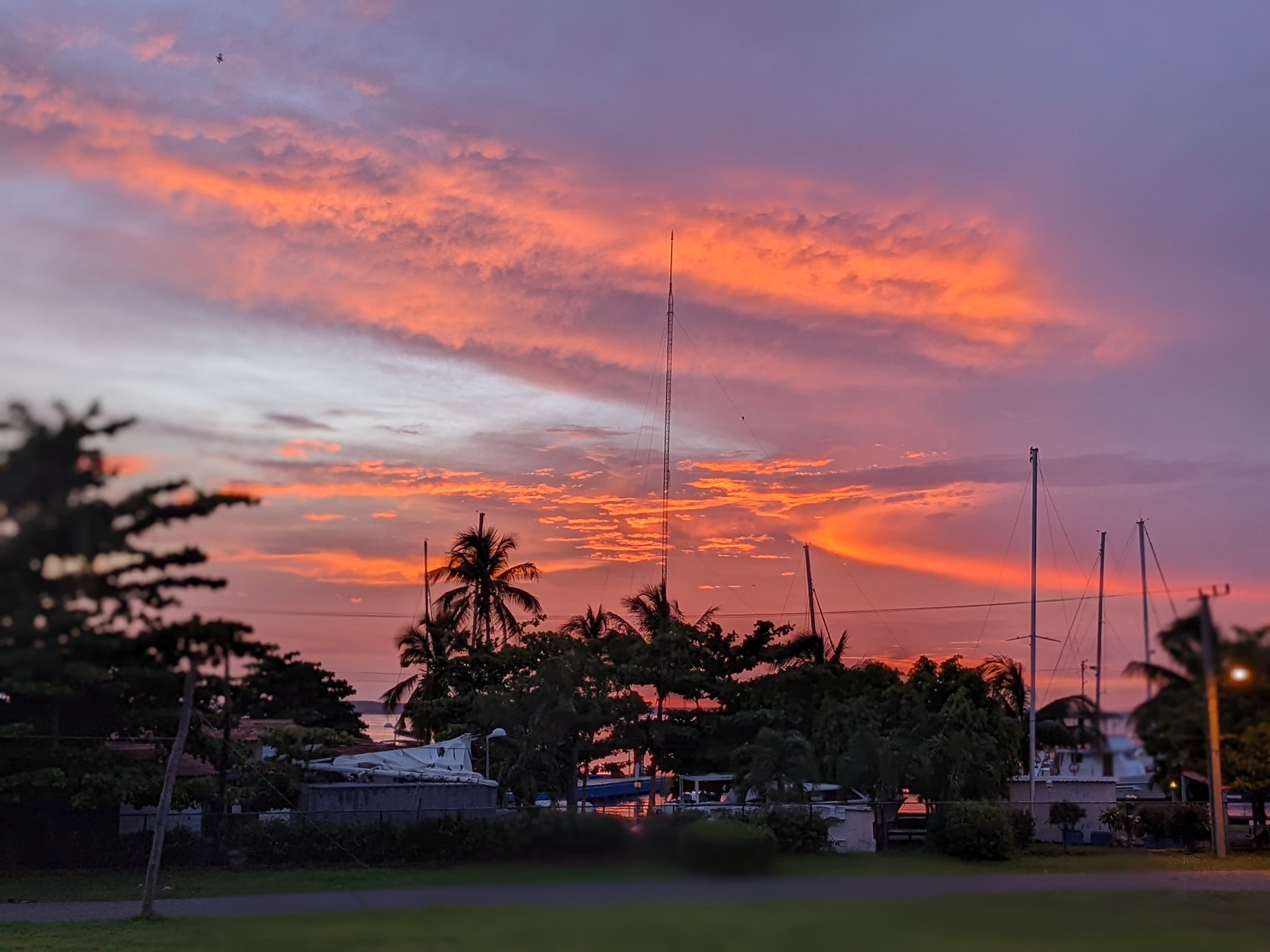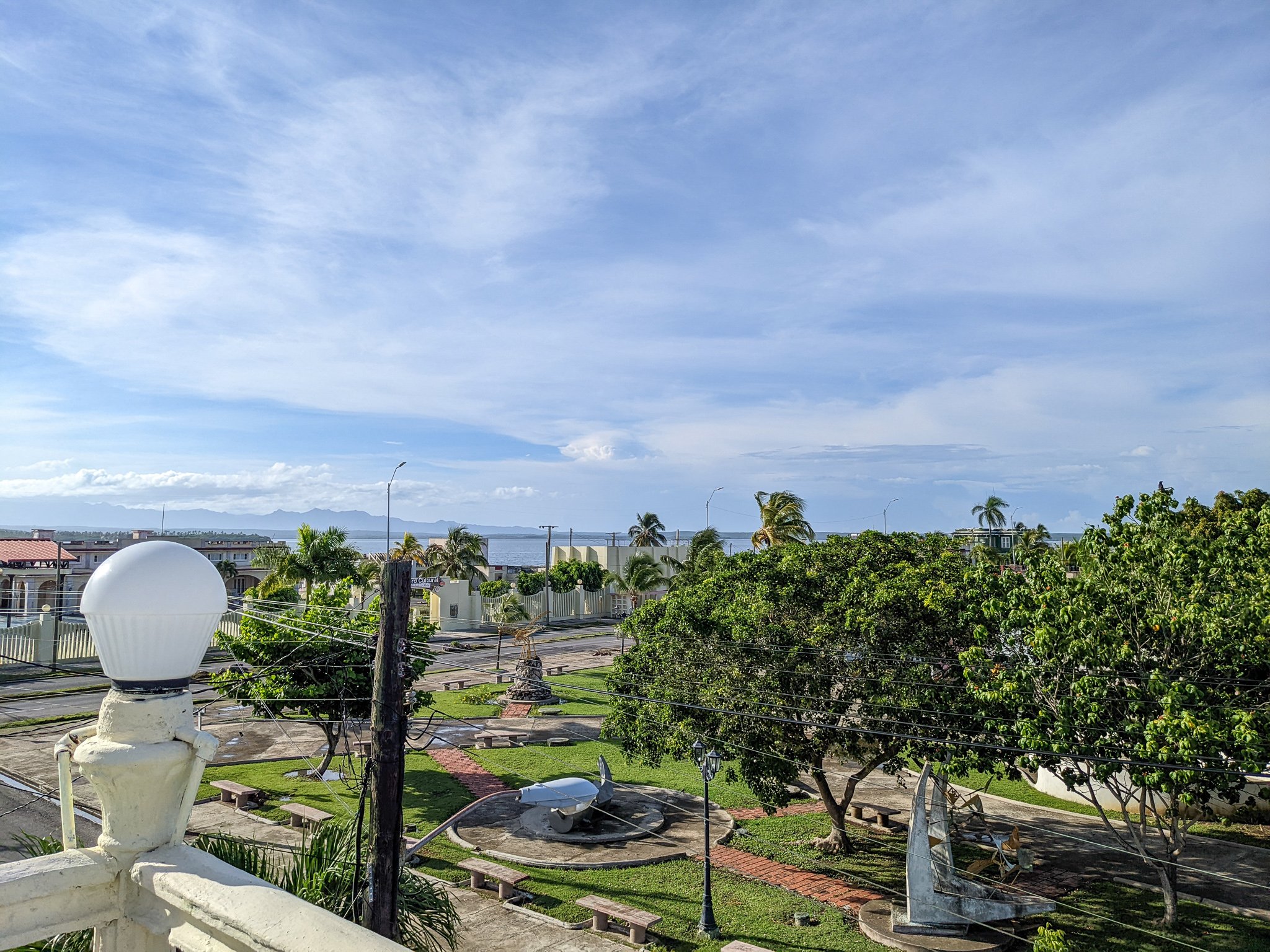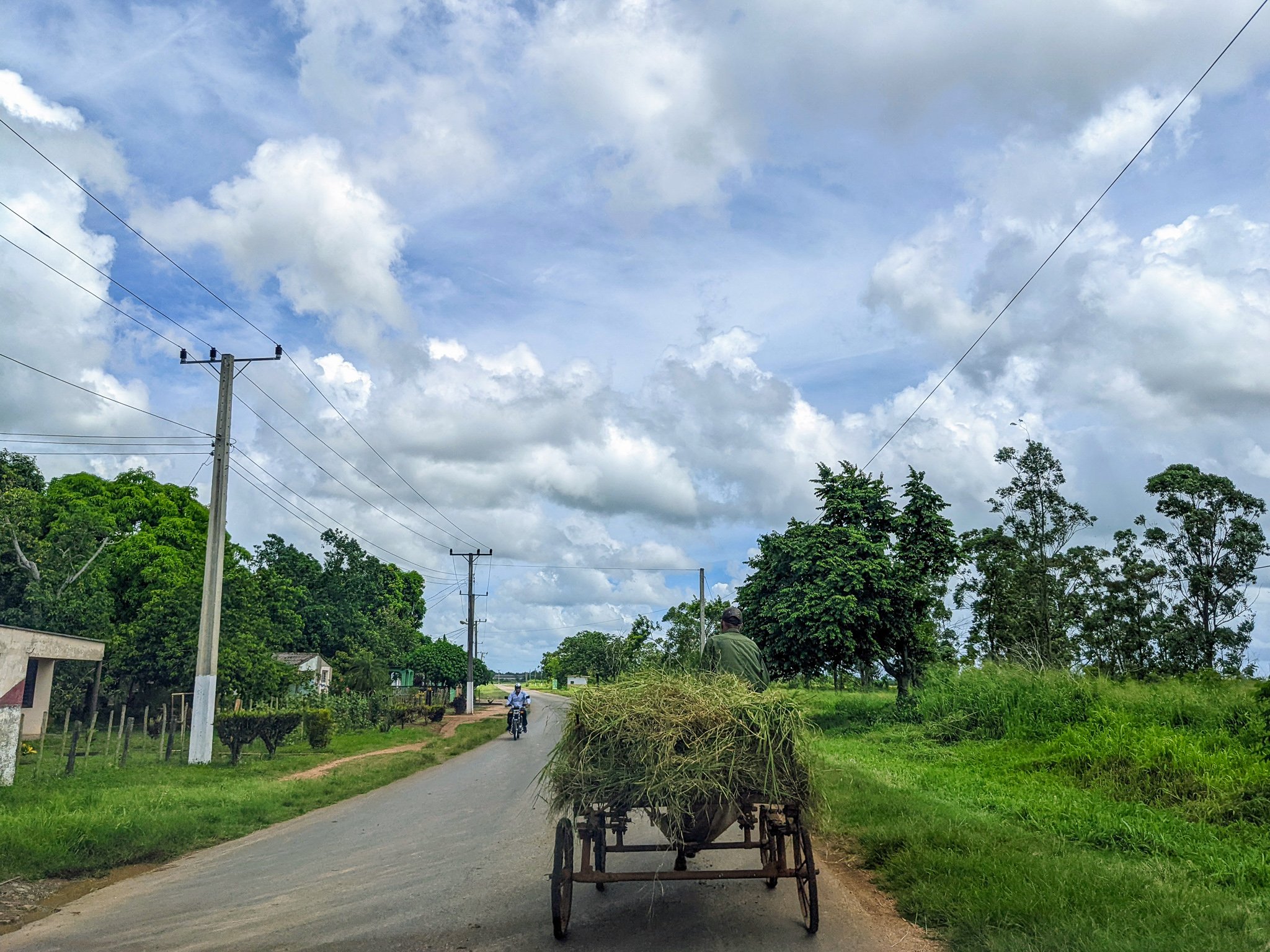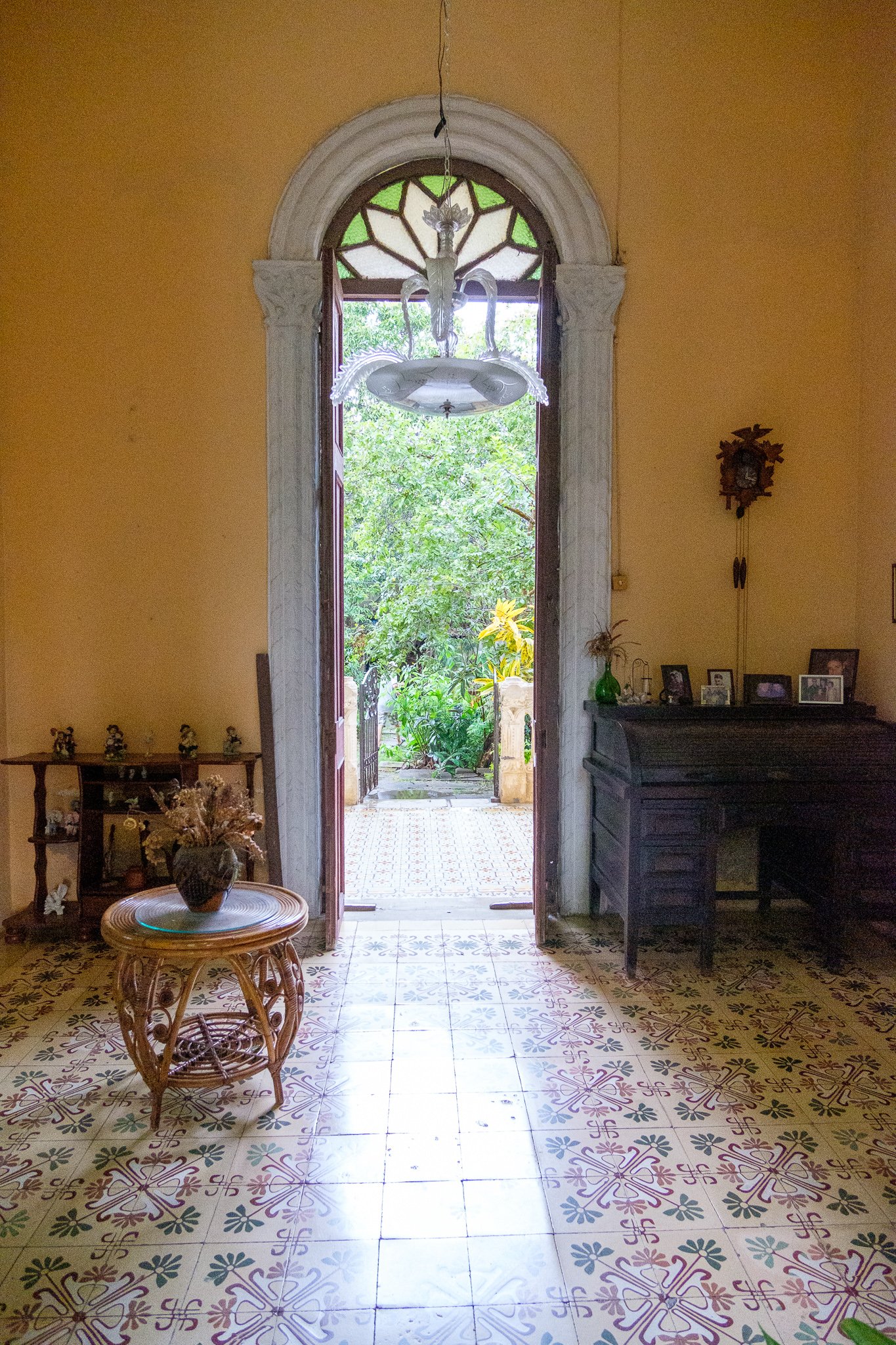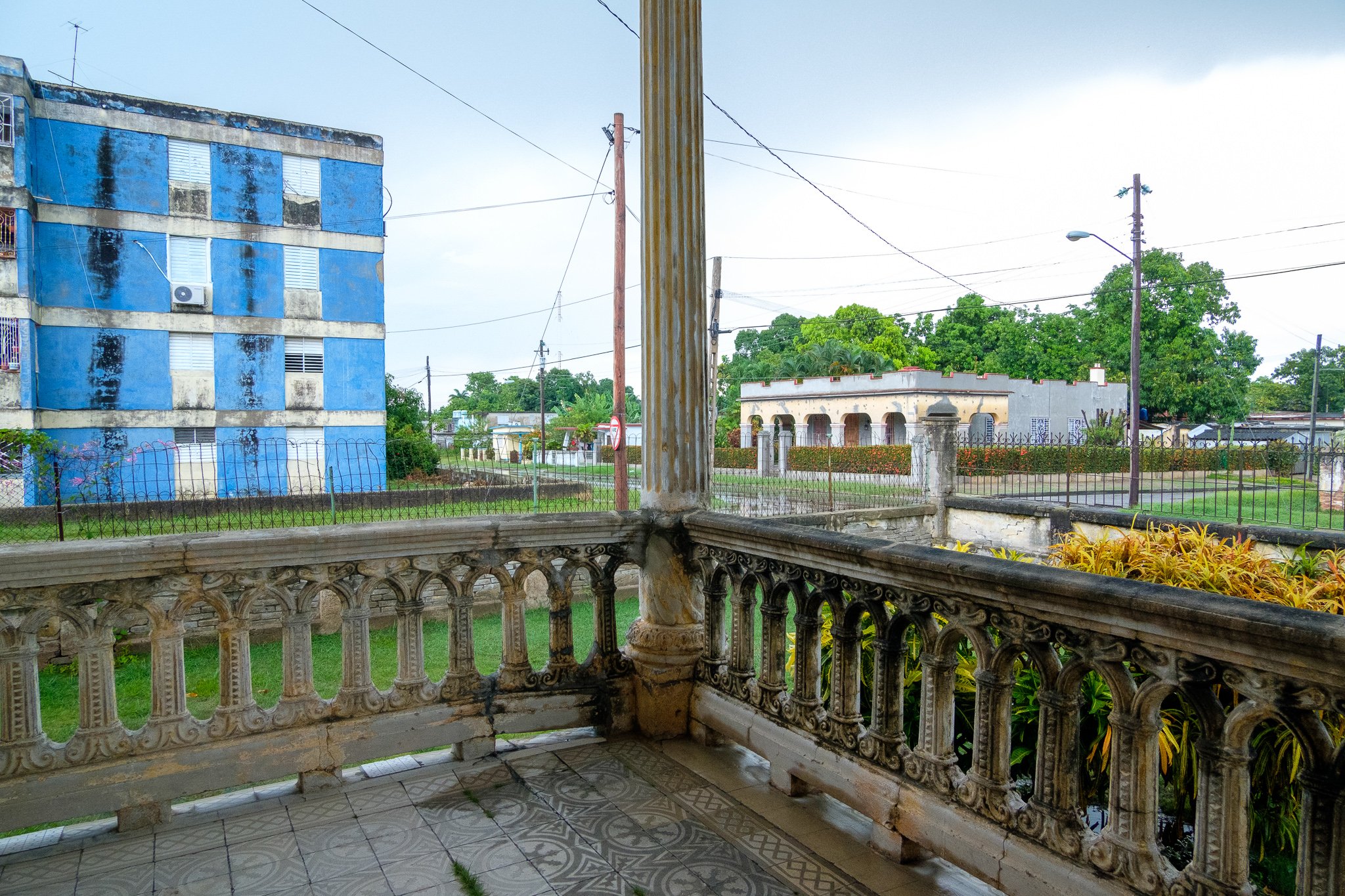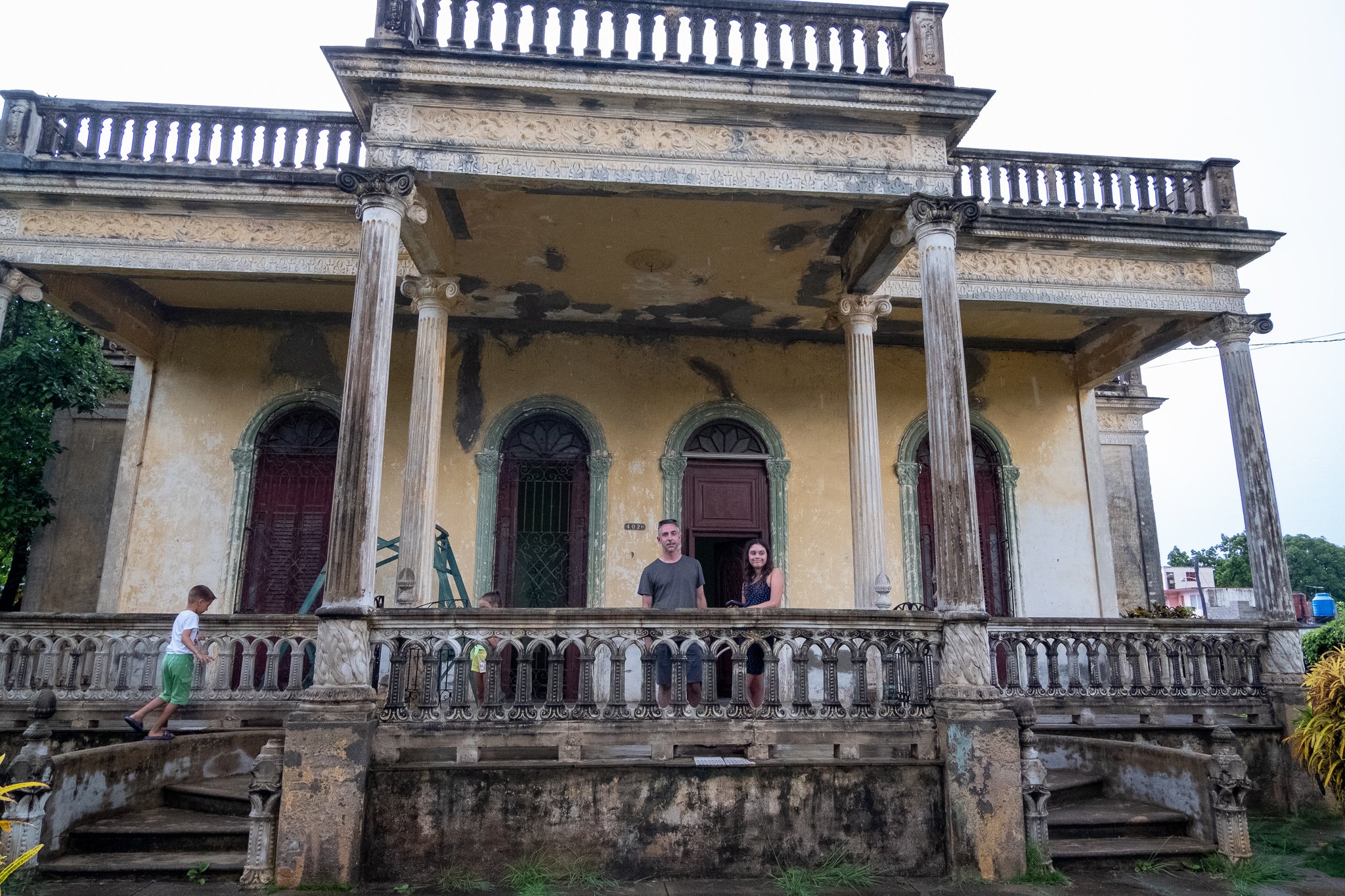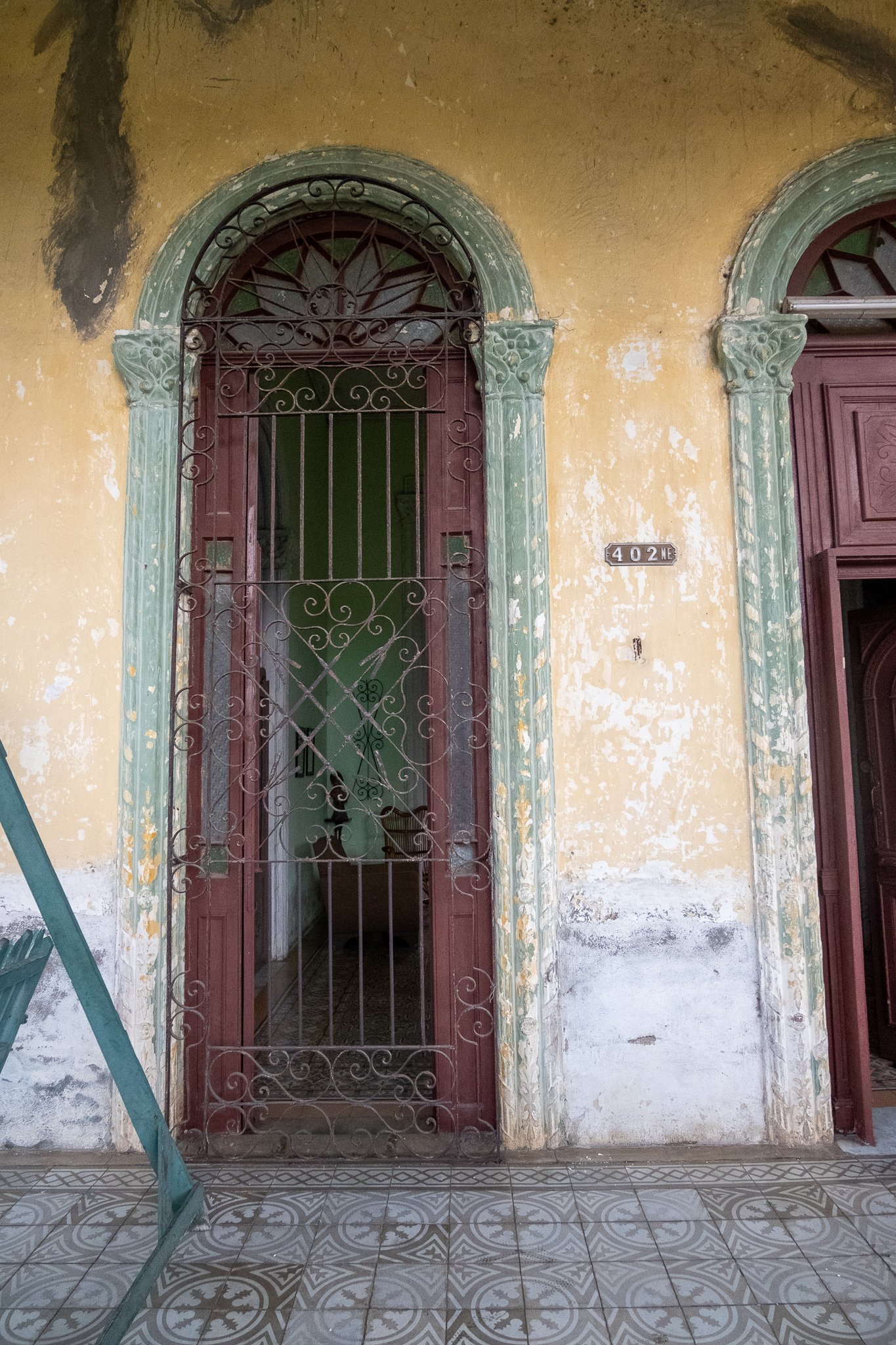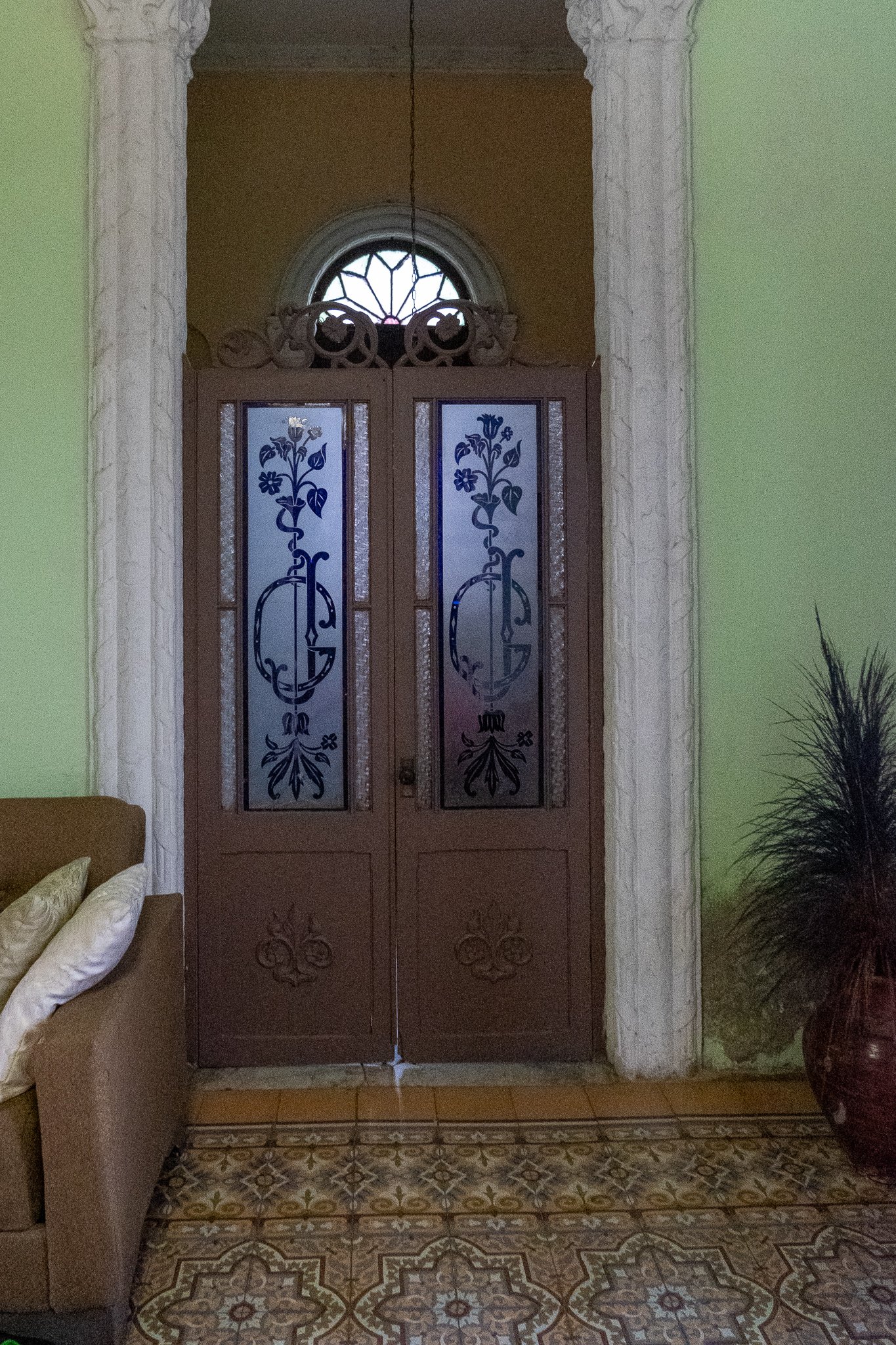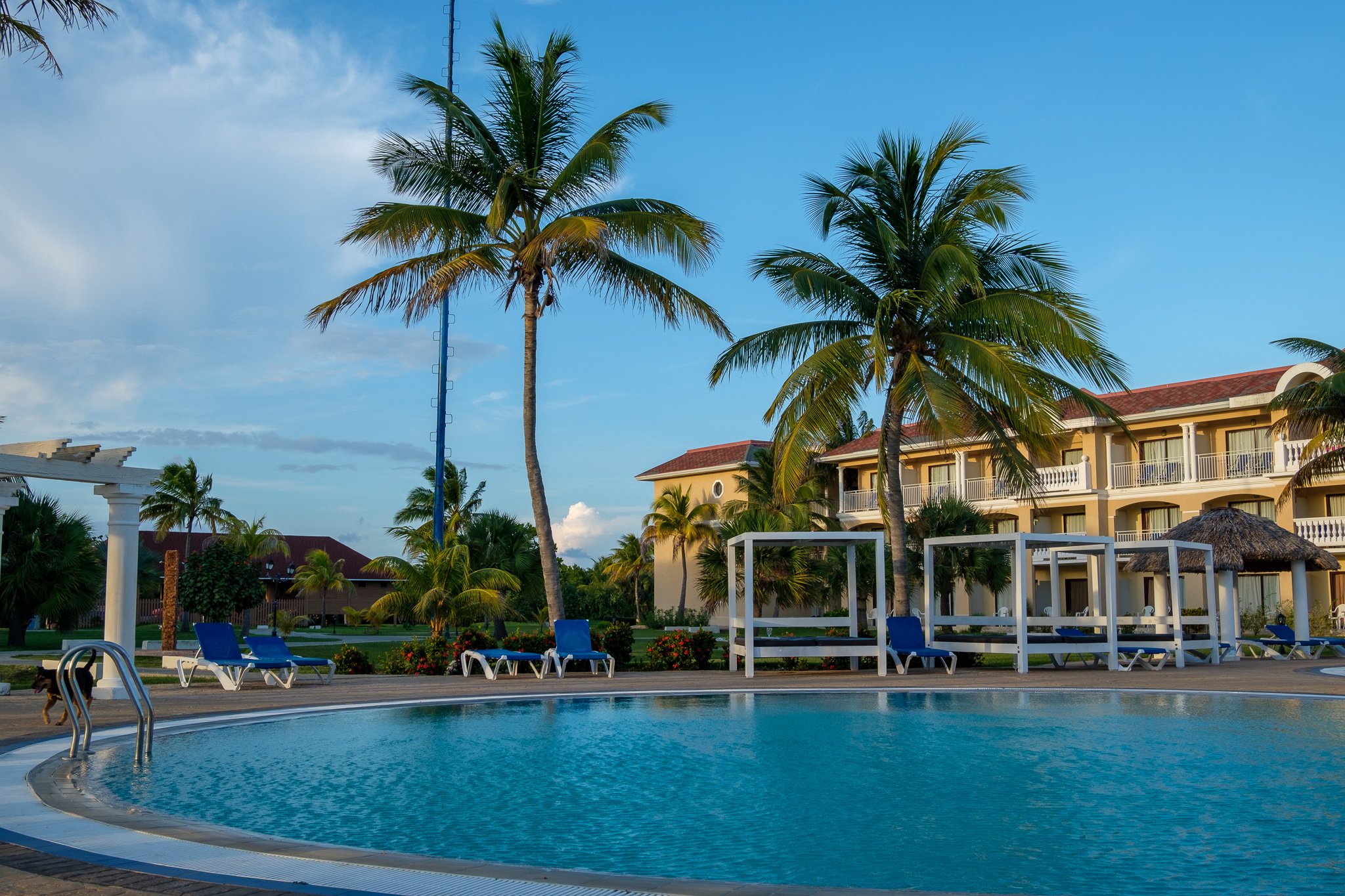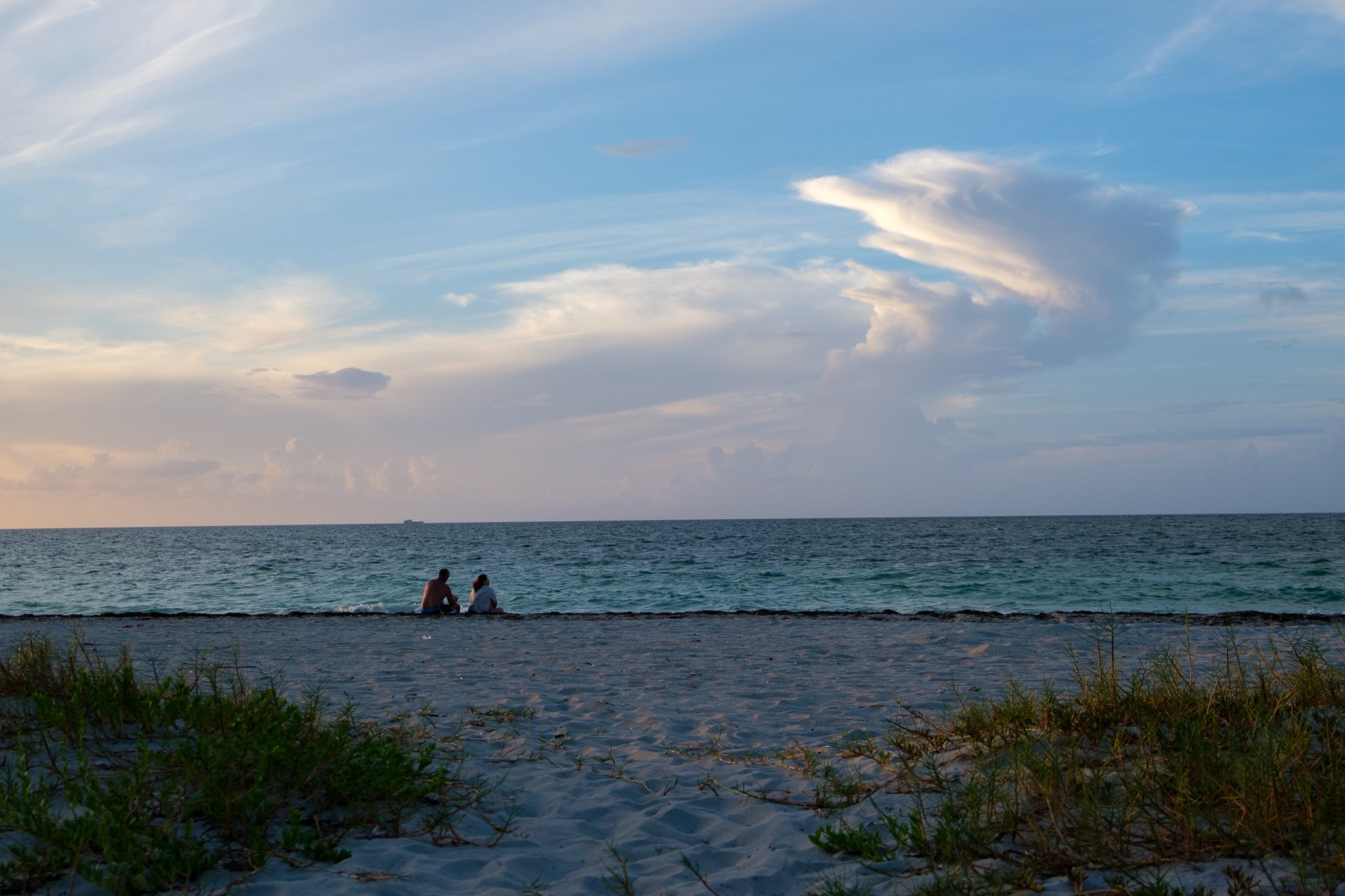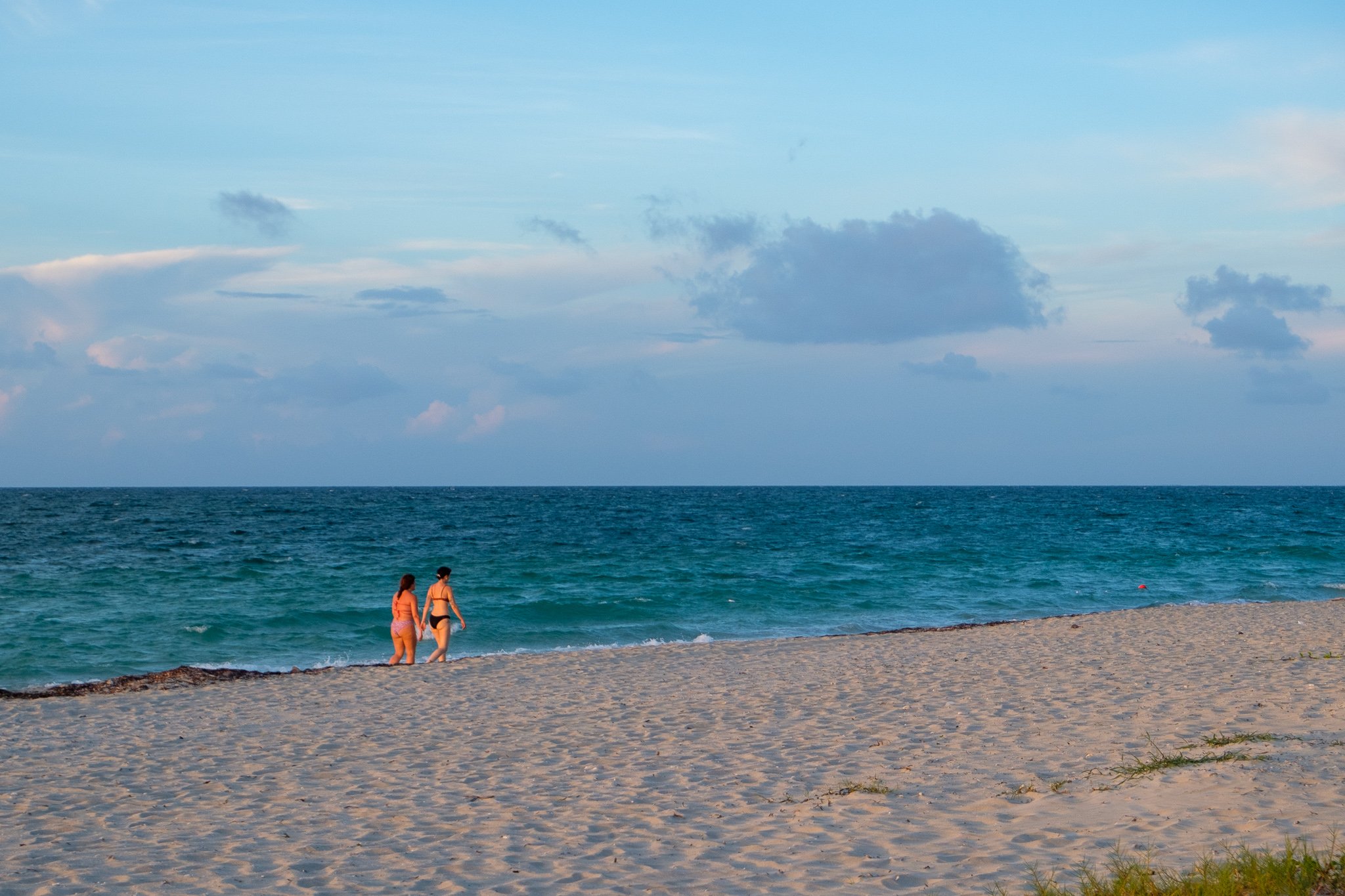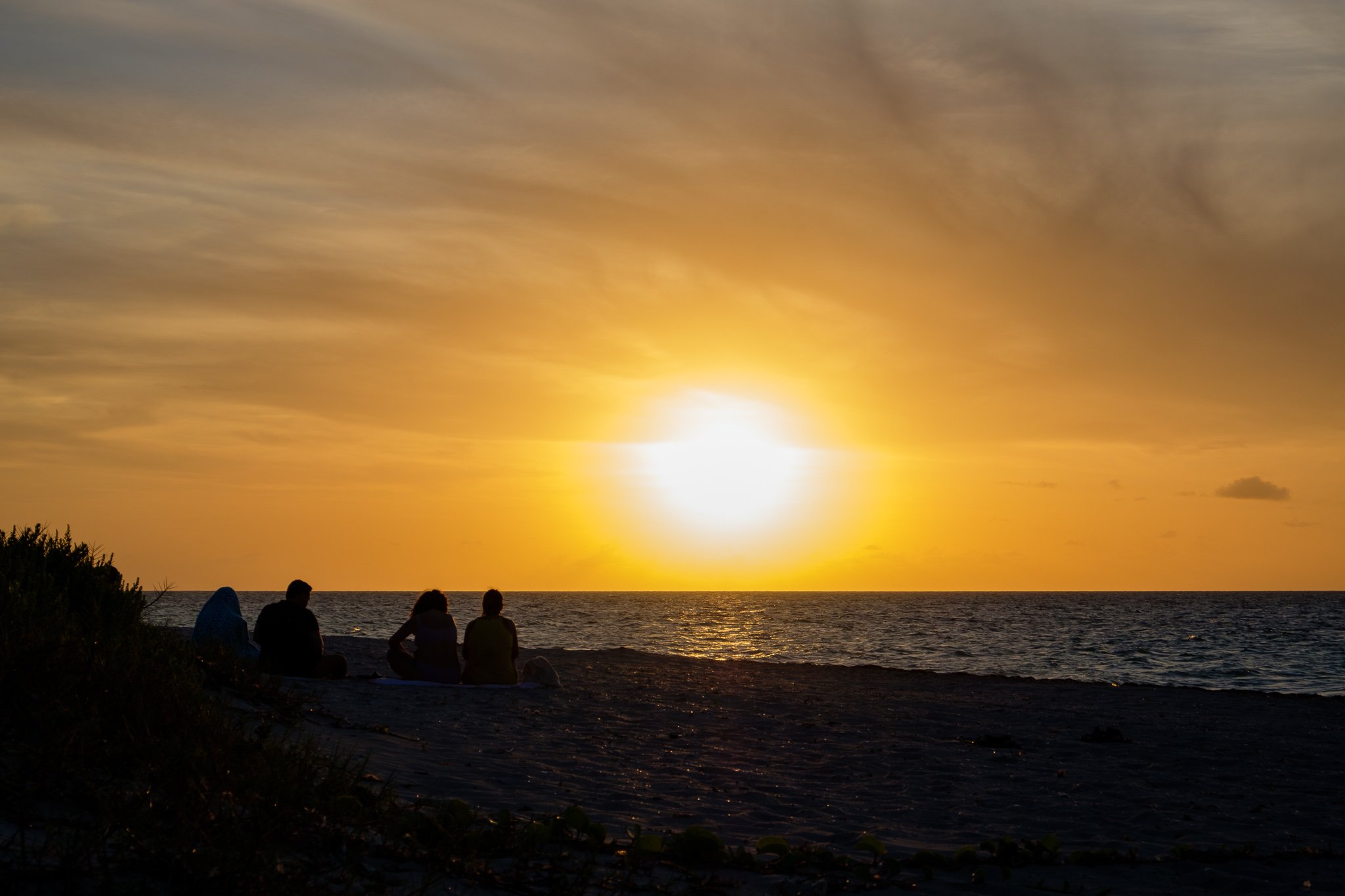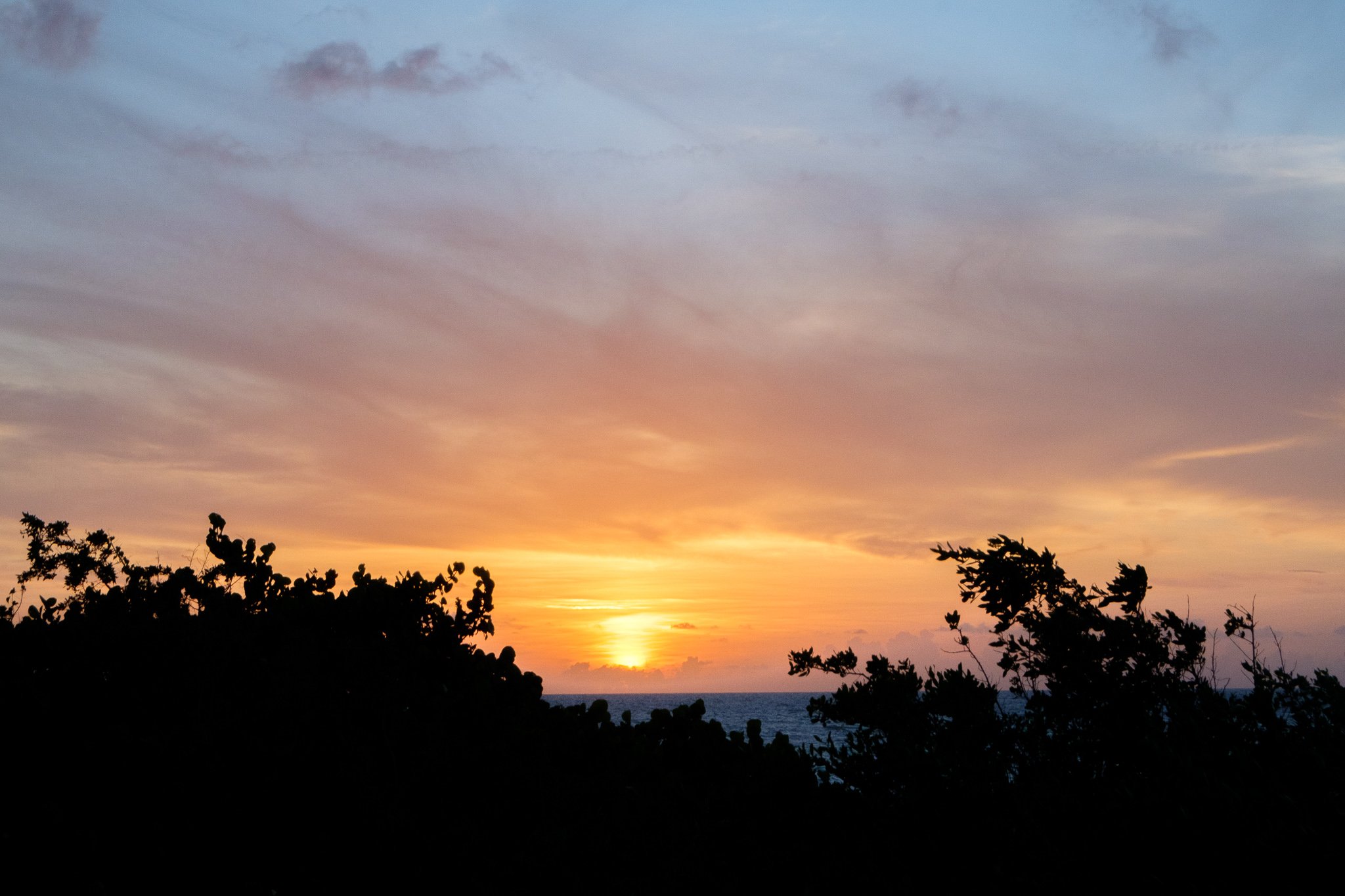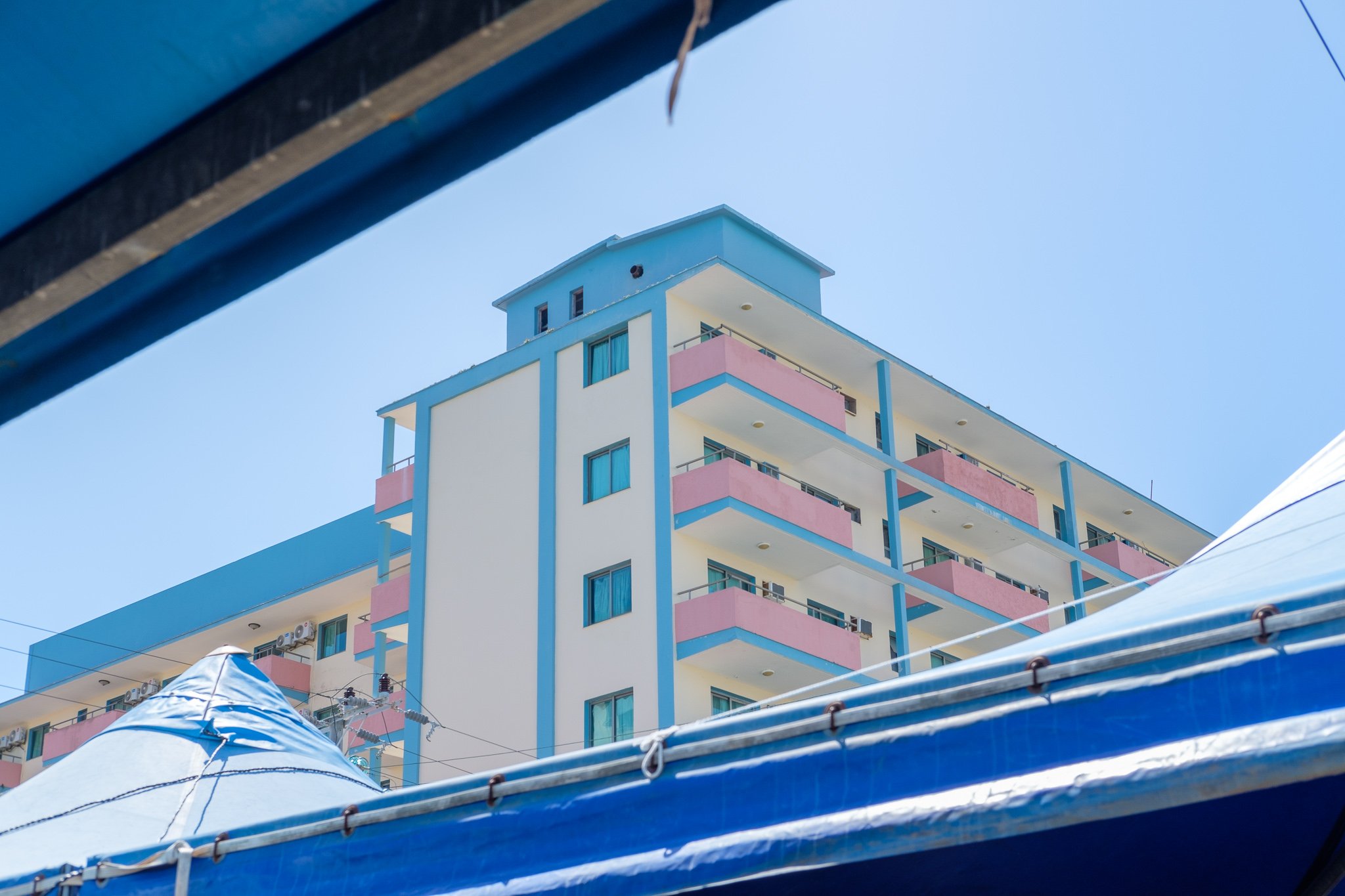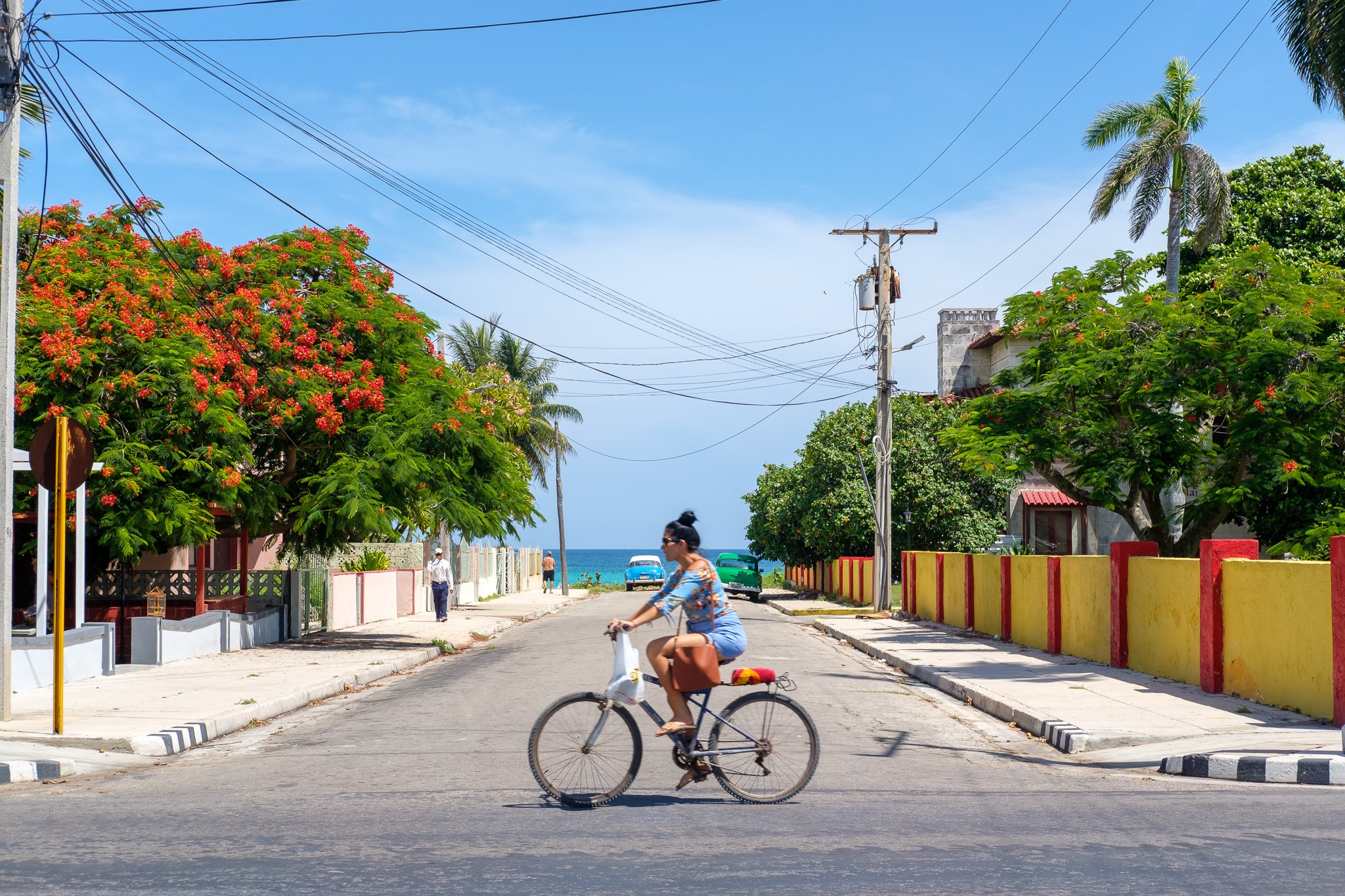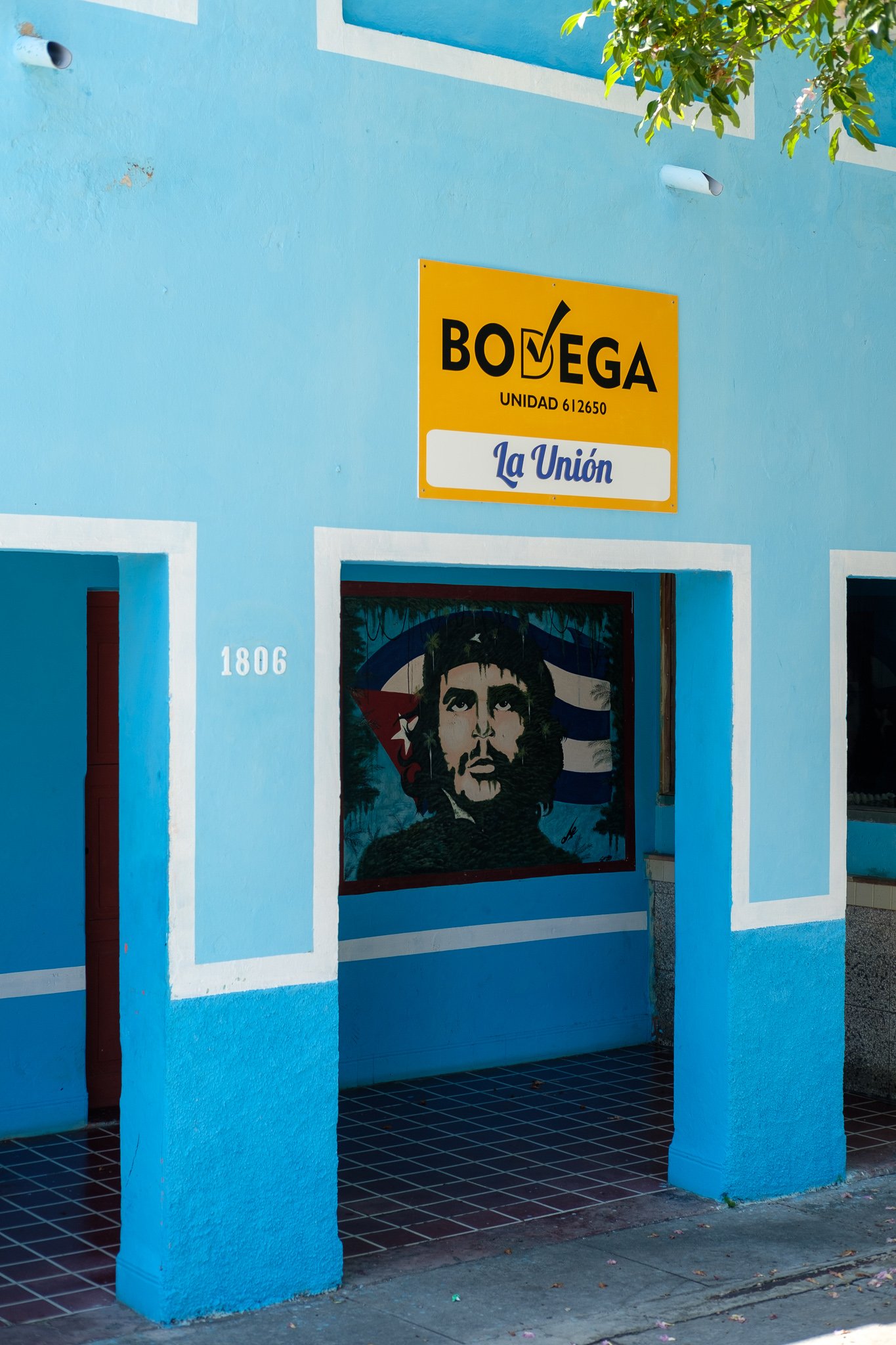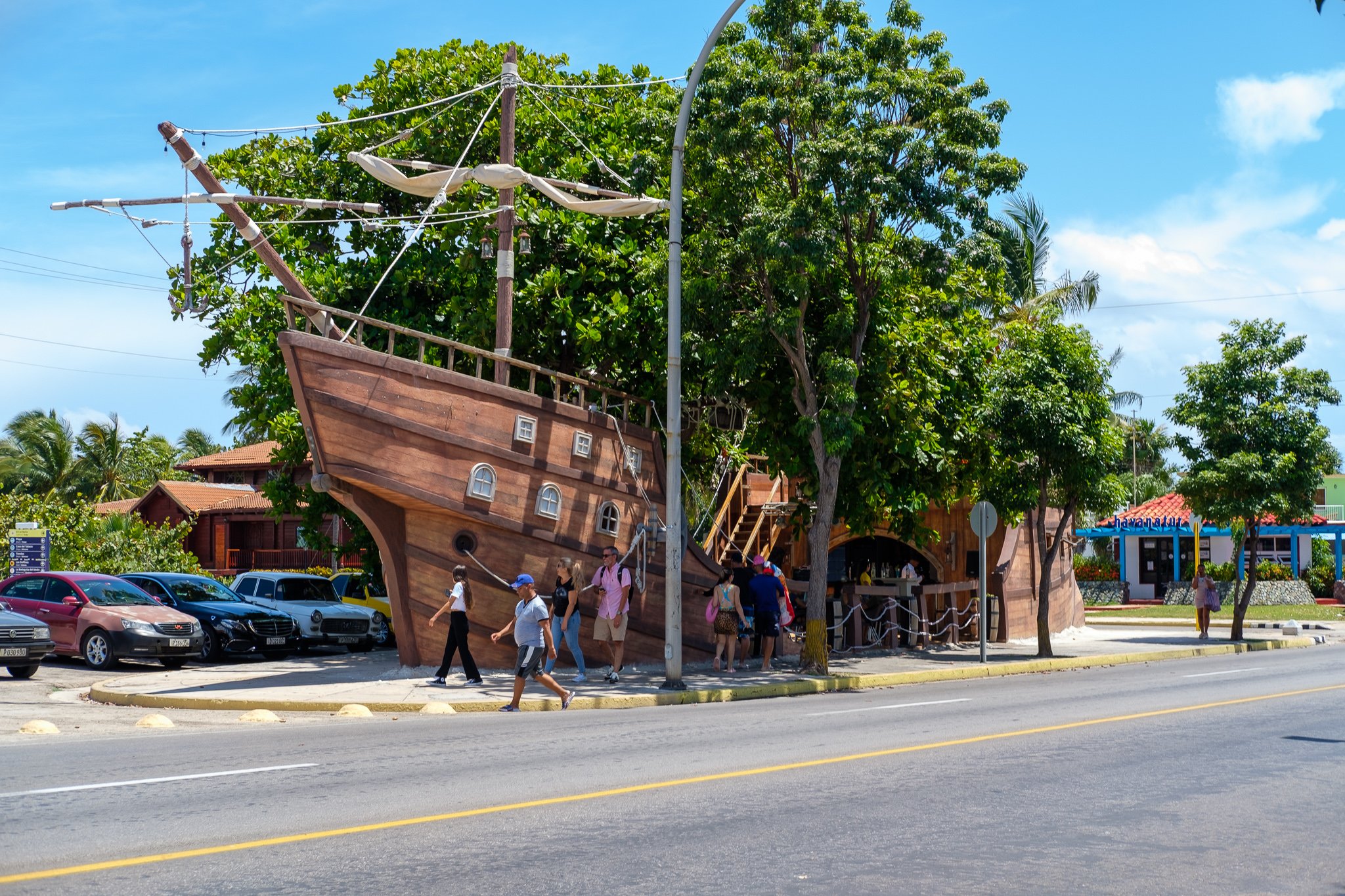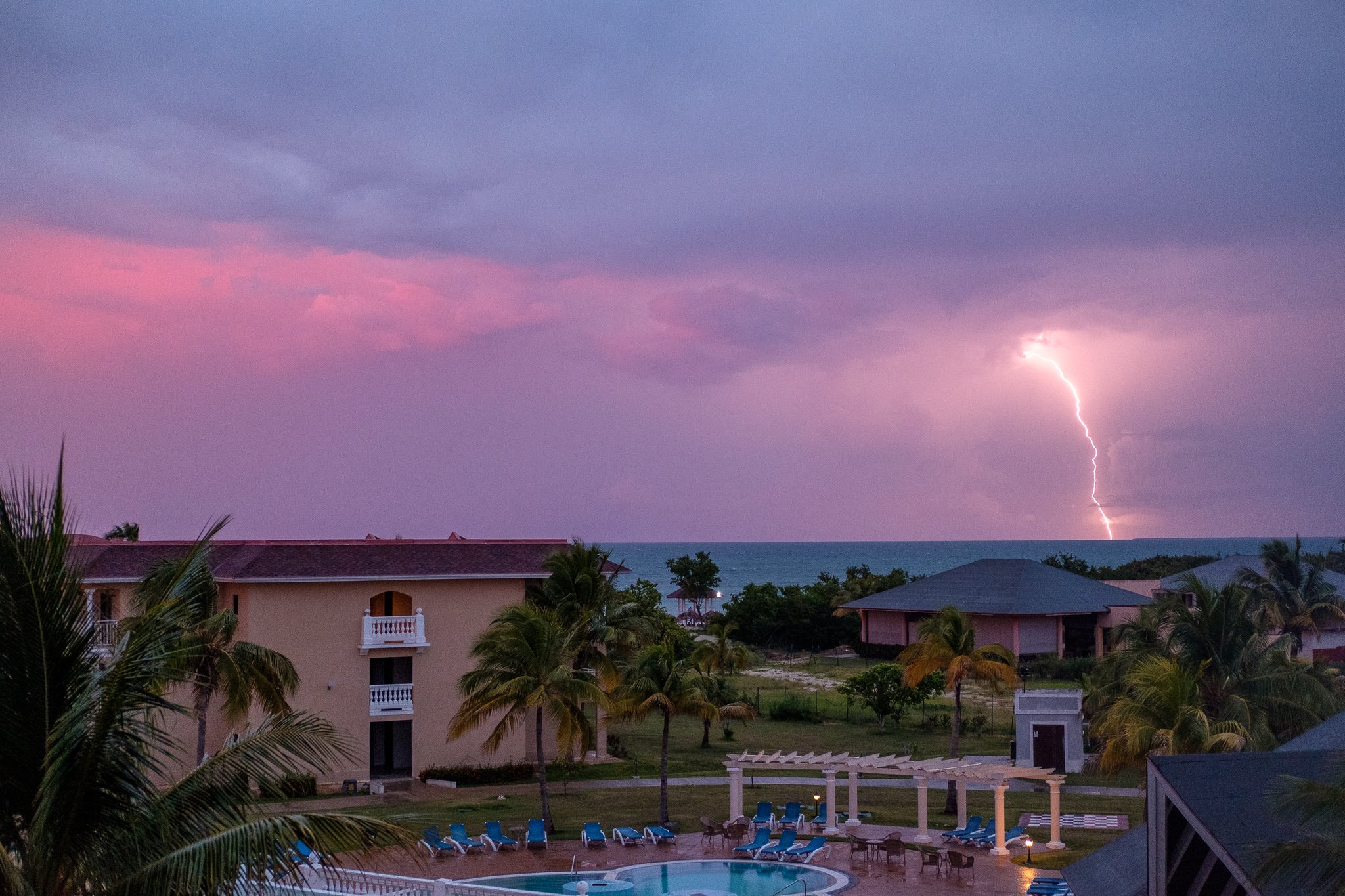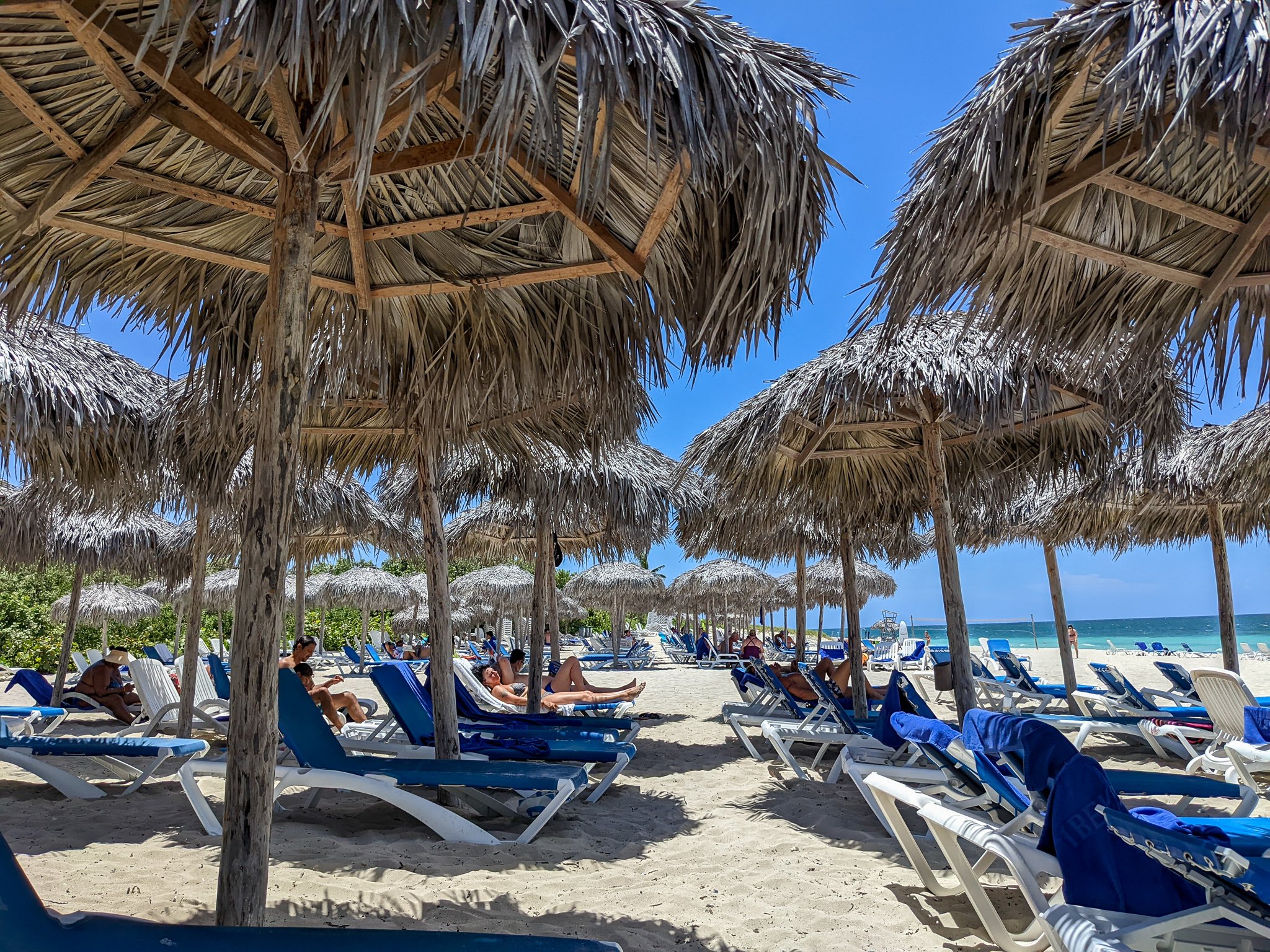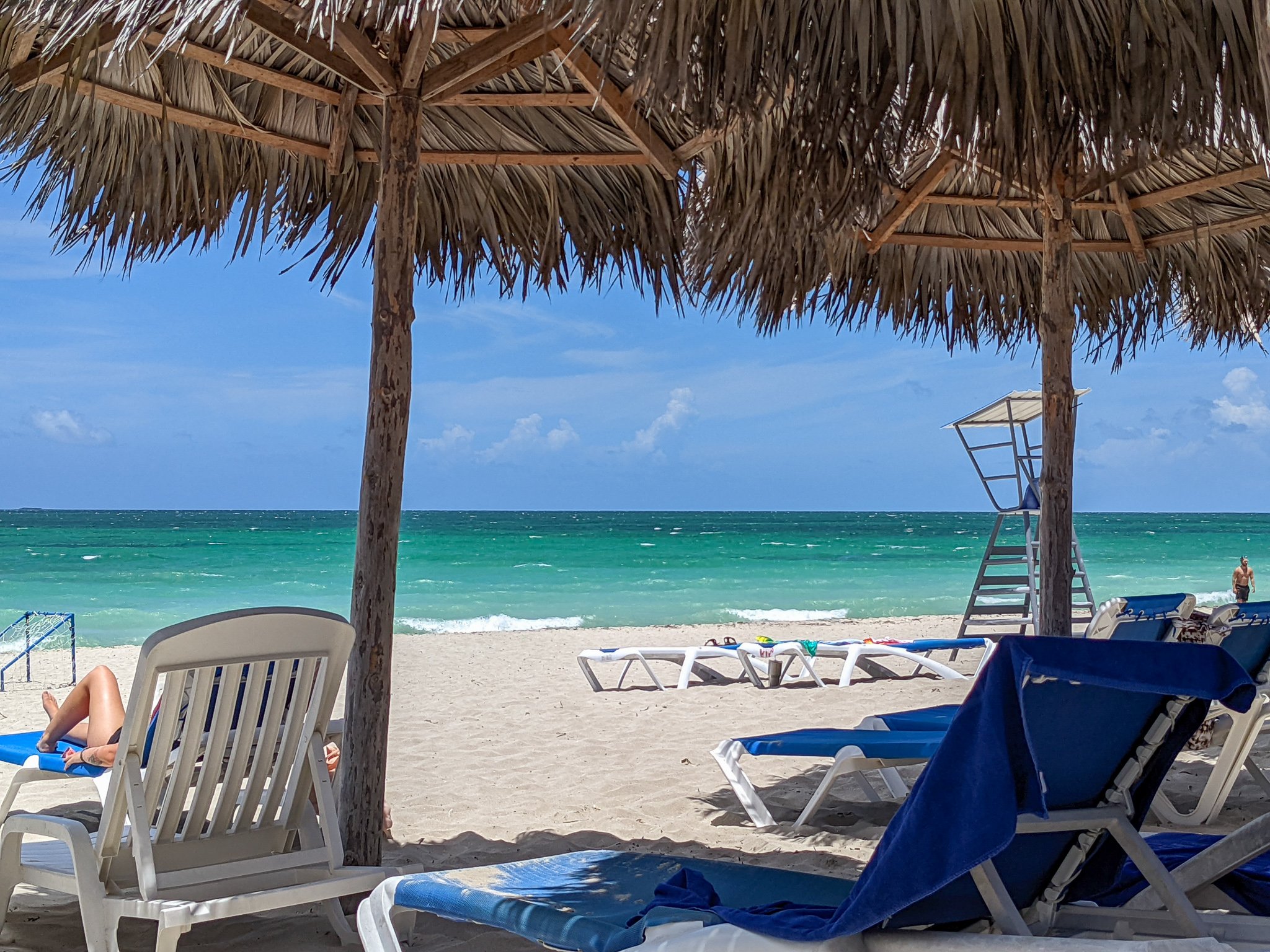Sidewalking Cuba
If you feel like there weren’t too many posts in July, you were right. My family and I spent half the month in Cuba. If you follow me on Twitter or Instagram you will have seen a couple of my photos and thoughts during my trip. I hadn’t been down to Cuba in over two decades, despite having family in both Havana and Cienfuegos. After two and a half years of cancelled trips during the pandemic, we wanted to get away. Taking an opportunity to visit family and also have my partner and kids see Cuba, seemed too good to pass up. In this article, I am going to try and talk about a few things. First, it will be a little travelogue; I will also throw in some information on some of the things to think about if you are wanting to travel to Cuba because it is pretty different; and finally I will try and include some thoughts on urbanism and transportation, while Cuba is not exactly a place to mimic, it does provide a canvas for what happens when you completely shift how people move around.
We decided that with the two weeks we had, we would split up out trip. We would spend a few days in Havana, a few days in Cienfuegos and finish off at a resort in Varadero. It ended up being a pretty good mix of places though I would have maybe lessoned the time at the resort at the end or perhaps have stayed at a smaller hotel more in a town, however overall it was amazing.
The biggest hurdle we likely faced on the whole trip was getting there and back, as travelling to Cuba from Victoria in the summer is not an easy feat. Both ways we have to fly through two other Canadian cities before getting a flight to Cuba. On the way down, we had to fly overnight to make things even more fun and on arrival in Varadero (where the only flights from Canada seem to go in summer), we had to get on a bus for the three hour ride into Havana. Once in Havana, we then had to find a taxi willing to take us from the bus terminal to Old Havana where we were staying, and be willing to be paid in Canadian dollars, as we didn’t have any Cuban pesos yet.
Arriving finally in Old Havana, our first task was to find our AirBnB. When comes to finding any place in Cuba, you have understand their way of providing addresses, which is: Building Number on X Street between street Y and Z Streets. It makes sense when you get used to it, fresh off a red eye and a three hour bus ride it was like solving a quadratic equation. Luckily, after looking like the lost tourists we were, one of our hosts rescued us off the street. The place we were staying in was an old building and we were up on the fourth floor (Of course no elevators). The height gave us a great view onto the area and the little square next door (Parque Cervantes). The place had a kitchen, a little juliet balcony where we could watch the city and bedrooms with air conditioning which was pretty integral given the 35 degree weather. Once rested and cooled overnight, we were ready to spend a couple of days exploring the city. First order of business was changing money and again Cuba is a little unique in that you should not change money, at least at this time, at an official exchange house. When we arrived the official exchange was 18 Cuban Pesos to the Canadian Dollar, but in going to the unofficial street market, you could actually exchange your money at about 85 pesos to the dollar. The exchange amount changes daily, but that is what we were able to get and you can do the math and see that it will make a pretty huge difference in your experience as you travel. Just ask someone you trust when you are there and they will know where you can do it and be confident in the process.
The first morning we went and walked around the Capitolio, the main government building and then headed down the main tourist street called Calle Obispo, which is also a pedestrian only street. Most of the streets in Old Havana are narrow with the building rising four to six storeys right past the sidewalk.
In the afternoon we headed over to the Vedado neighbourhood and visited my Havana family. It was so nice to see them after so long and despite my rusty spanish, we were able to get caught up on how things had been for both sides of the family. Vedado is a very different area from Old Havana, with lots of quieter residential streets, as well as big hotels as you get closer to the waterfront. We didn’t spend too much time there on this trip, as there was more than enough to see in Old Havana in the short amount of time we had in the city.
On the second day, we managed to see most of the major sites in the area, like the Plaza de la Cathedral and Plaza Vieja. We also took a walk along the Paseo del Prado and the Malecon. We finished our last night in Havana along a beautiful pedestrian street called Calle Peña Pobre, at a little pizza restaurant.
Havana Photos
One thing to note about Havana, and Cuba in general, is that you are not going to find stores like you do here or even like you do in Mexico. There are very few grocery stores, and the ones that do exist, usually have lines to go in with pretty limited selections. Getting necessities is really about looking for little corner shops and not being choosy about what you want. Roll with it and you will have a better trip than spending a lot of time trying to track down some specific item. Also if there things that you are definitely going to need, you need to bring them with you. You can’t pop out to get deodorant, shampoo or tylenol. Think of a lot of possibilities of what you might need before going and then overpack.
I do want to mention a little bit about the streets in Havana and Old Havana specifically. Due to the economy in Cuba, car ownership is not the norm. Even more so in old Havana, as there are so few places to park, there are very few cars. The cars you do see, are almost entirely taxis, whether they are old Ladas or a 1958 Buick. This means that even on non-pedestrian streets, you can pretty much walk down the middle of the road. You do see a number of electric scooters, some small moto-taxis and mini-buses that are used as transit. Surprising to me, we saw very few bicycles. Again, this really only applied to my experience in Old Havana, but it seemed that the majority of people in the area just walked around. To me it felt a lot like the old pictures we see of North American cities, including Victoria, from the early 20th century where the roadways were a shared space for all modes of transportation and it seemed that people just moved around each other. Now I am not suggesting that the way they got to this point is something to be emulated, but it does show a little of what a post car-dominant street might look like.
The next morning we said goodbye to the great hosts of our AirBnB and got into a taxi-bus to take us to Cienfuegos, the city where my family is from and most of them still live. The majority of the drive is along a fairly quiet, but large, six-lane freeway that traverses the island. I am not sure whether it is true, but I heard that it was built by the Soviets during the cold war and was designed so that parts of it could be used as landing strip for fighter aircraft in the event of a war with the US. In any event, the trip is mostly through the inland portion of the country and overall not too enthralling though you do get to see a lot of sugar cane fields. When you get about 60 kilometres outside of Cienfuegos, you come off of the freeway and onto a smaller country road and the scenery is much more engaging. Cienfuegos is a smaller city of about 200k people and is located at the north side of a massive bay of the same name. After the hectic pace of Havana, it was so nice to be in a slower and smaller city. Through one of my cousins we had booked a place to stay in the Punta Gorda neighbourhood, which is out on a point that juts south from the city centre into the bay. It was at one time, one of the ritzier neighbourhoods and is still extremely beautiful. From the deck of the Hostal De La Marina, we could see the harbour and in the distance the domes of the city centre. It was peaceful and relaxing. One of the challenges that you face in Cienfuegos, and likely much of the country outside of Havana is that there are regular blackouts to conserve energy. We only had one night when we were without air conditioning, but it was something that was always on your mind as you went around the city, hoping that you could get lunch or dinner without having the place close due to a lack of power.
The first night in Cienfuegos, we went out for dinner at the Palacio de Valle, which is an ornate moorish designed mansion that now sits on the property of the Jagua Hotel, run by the Spanish Hotel company, Melia. Despite it being dripping hot as we dined, it was a wonderful meal and the building is astoundingly beautiful. I know from a previous trip that there is a rooftop bar, but it wasn’t open when we went.
Cienfuegos Photos
One of the things that we had noted in Havana was that there weren’t a lot of stores open, even in the touristy areas, it could have been that we were there over the weekend In comparison, Cienfuegos seemed to have a good amount of shopping both in the areas for tourists and for locals. We even indulged in a locals ice cream place well off the tourist path and it was delicious. One of the days here, we ventured over to our family’s house, it has been in the family for almost a hundred years. It is a beautiful old house which I have been to many times and I was so happy to see my family and also have my kids and partner see the house that is so ingrained in my memory. The tile floors and garden out back were just as magical as I remembered them.
Family House in Cienfuegos
On our third day in Cienfuegos, we went on a boat tour of the Bay of Cienfuegos out to the mouth of the harbour and the little fishing village of Castillo de Jagua. As the name would suggest, there is an old fort there built in the 1700s which has been fully restored. We took a walk around the fort and then went for lunch at a little restaurant before taking the boat back to our hostal.
On transportation, Cienfuegos was a little different than Havana. First I saw more people riding bikes here. There were also quite a few pedi-cabs to move you around. We usually opted for the moto-taxis, which were motorcycles that had been converted to hold about 6-8 people in the back. There were even a few electric moto-taxis. Again, personal cars were pretty limited and mostly used as fancier taxis for tourists, though I would say that there were more people in Cienfuegos that had cars overall, and the feeling of being able to wander into the streets was a little more limited.
Despite being in Cienfuegos for five days, it came to an end too early and we got into another taxi-bus for another trip across the island, this time north back to Varadero, where we had flown in. We had booked the remaining days at a resort at Varadero Beach.
I don’t have too much to say about Varadero, it is a resort town and if you have been to an all-inclusive resort, you would know what it is like. We did take the hop-on, hop-off bus into the town one day, but I was not super-enthralled with the place, especially after spending time in Havana and Cienfuegos. Still having some worry-free time at the beach before getting back on the plane and going back to work was pretty nice. If you are thinking about visiting Cuba and want to have a special experience, I would highly recommend trying to spend some of your time in some of places outside of the resort towns.
Varadero Photos
One of the best parts of Cuba are the warm people and the country is truly unlike anywhere else I have visited. If you have any questions about travelling to Cuba, I would be more than happy to answer them, just leave a question in the comments.
Also if you have made it this far and still want more content, I have video of our trip between Cienfuegos and Varadero that you can watch here.

